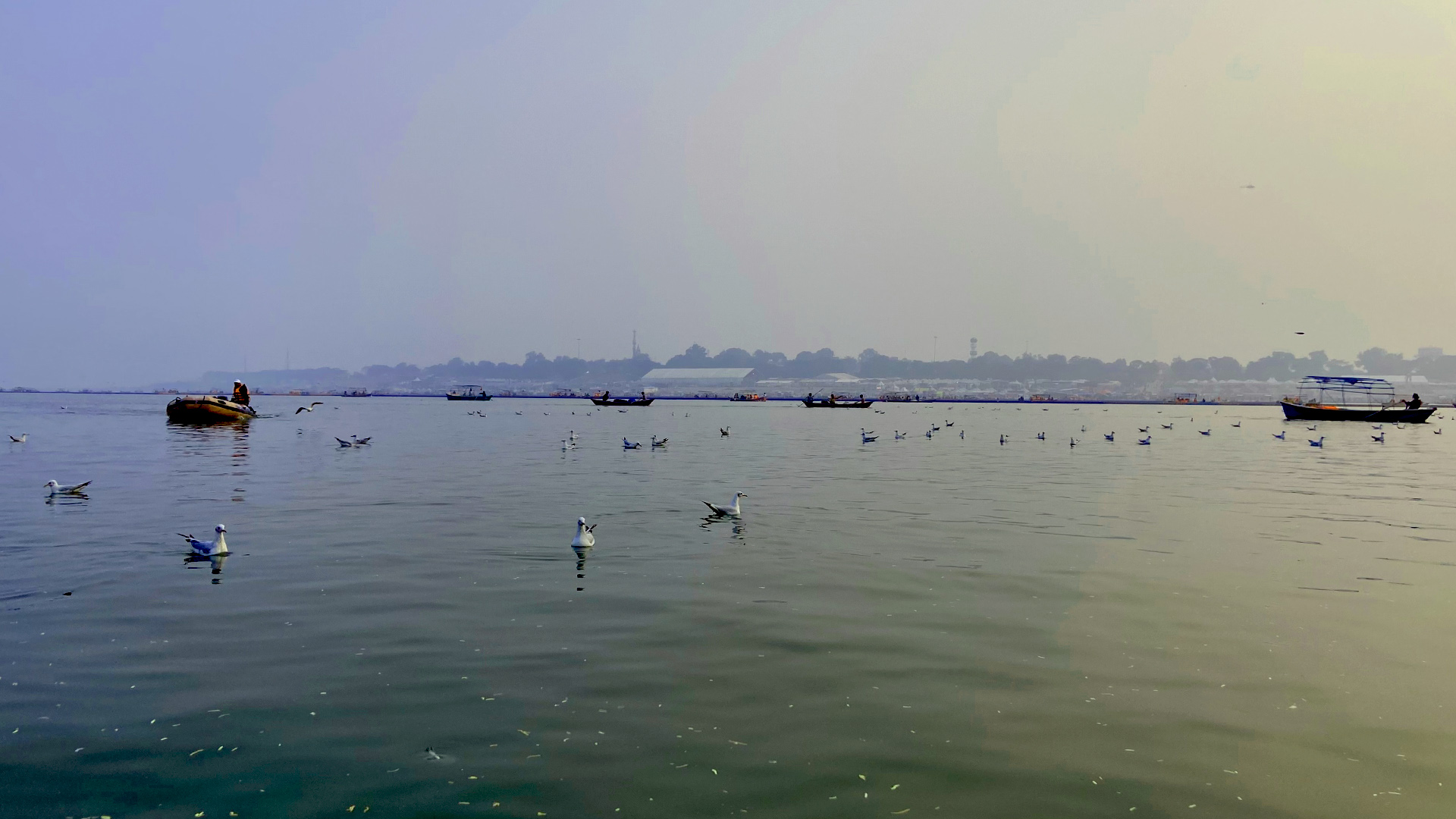
| Address: | 38k/11a, Naya Purwa, Kareli, Prayagraj, Uttar Pradesh 211016 |
|---|---|
| How to go: | ne can reach Prayagraj railway station or bus stand directly from anywhere in the country. Triveni Sangam is 7 km away from the railway station by road. The distance between Varanasi (Banaras) railway station and Prayagraj is 150 km by road, and buses are frequent. So, if someone is visiting Varanasi, they can reach Prayagraj by bus as well. Allahabad (Prayagraj) Airport is 18 km away from Triveni Sangam. |
| Pros: | Transport throughout the city, food availability, religious value, hotels availability. |
| Cons: | As a religious city, I would like to focus on the purpose of visiting and the vibes I get from there. I don't find any cons as such. (During Maha Kumbh, road restrictions and rising hotel prices can't really be considered cons.) |
| What to visit ? |
|
| Company: | Solo, family, friends |
| Minimum day/time to visit: | Min 2 days full max 3 days (Including all nearby spot) |
| Locality: | City |
| Expenses: | As a solo traveler, you will find hotels and Dharamshalas near Prayagraj Railway Station, Prayagraj Bus Stand, and Bairahana Chauraha, with prices ranging from Rs. 1,500 to Rs. 3,000 per day per room. However, during Kumbh, it will be difficult to find a room within this price range. To visit the temples in the city, you can hire an auto-rickshaw, which may charge around ?500 on regular days. During Kumbh, the prices will double even for short distances, and most routes near the Sangam will have restricted entry. The best part of the city is the availability of Rapido bikes and autos for easy transportation. If you are visiting during Kumbh, I suggest focusing on Triveni Sangam and the holy bath while limiting temple visits due to crowd and cost constraints. At other times, you can explore the city more comfortably and at a lower cost. |
| More Information: | History of Kumbh As per the Puranas, while recreating the universe, Lord Shiva gifted Sage Durvasa a garland, which was later given to Devraj Indra as prasadam. However, Devraj Indra failed to take care of it, so Sage Durvasa cursed him, causing the devas to lose their strength in battle against the demons. The battle was fought over immortality, with a Kalash of Amrit as the main objective. The devas and demons agreed to churn the ocean to extract nectar (Amrit) using Mount Mandara, which was placed above the seven oceans. Nag Vasuki was used as the churning rope, with the demons holding its head and the devas holding its tail—having been tricked into doing so. Thus began the Samudra Manthan (churning of the ocean). As Nag Vasuki was pulled back and forth, it released poison from its mouth. The devas and demons grew fearful, as the poison had the potential to destroy the universe. In desperation, the devas prayed to Lord Shiva for help. Lord Shiva, without hesitation, consumed the poison to save the world. To prevent the poison from spreading through his body, Mata Parvati pressed his throat, causing it to remain stuck there. As a result, his throat turned blue, and he became known as Neelakanta (the blue-throated one). Due to the vigorous churning, Mount Mandara began to sink into the ocean. Realizing this, Lord Vishnu took the form of Kurma (a tortoise) to support the mountain from beneath. Gradually, the ocean began to yield valuable treasures, which were distributed among the devas and demons. Some of these included Apsaras like Rambha and Menaka, the divine Parijat tree, the goddess of alcohol Sura, the wish-fulfilling cow Kamadhenu, and many other remarkable entities. At last, Dhanvantari emerged holding the Kalash of Amrit, which everyone had been eagerly awaiting. Lord Vishnu took possession of it and began distributing the nectar to the devas. Realizing that they had been deceived, the demons became furious and launched an attack. To outwit them, Lord Vishnu took the form of Mohini, a celestial enchantress, to distract the demons. The story of Rahu and Ketu also originates from this event. It is said that to protect the Amrit from the demons, Jayanta, the son of Devraj Indra, took the Kalash and flew away. During this pursuit, four drops of Amrit fell at four places in India—Haridwar, Allahabad (Prayagraj), Ujjain, and Nasik. These sites are now sacred pilgrimage locations where the Kumbh Mela is celebrated. You should also know that Kumbha means Kalash (pot), which contained the Amrit. These four locations are linked to the Triveni Sangam in Allahabad, the Ganga in Haridwar, the Kshipra River in Ujjain, and the Godavari in Nasik, where people take a holy bath for spiritual purification. Type of Kumbha Let’s discuss the different types of Kumbh Mela celebrated in India. There are five types of Kumbh Mela:
How the 12 years concept came ? Let me tell you where this concept of 12 comes from. The Samudra Manthan took place between the Devas and Demons for 12 days. It is believed that one day for the Devas is equivalent to one year on Earth. So, 12 days for the Devas means 12 years on Earth. That is why the Purna Kumbh is celebrated every 12 years. The Maha Kumbh in 2025 is a combination of 12 Purna Kumbhas, which is why it is celebrated once every 144 years. I hope you now understand its significance. This is why millions of people from various parts of the world attend the Kumbh Mela and take a holy bath in the sacred waters. Other facts Another important aspect of the Kumbh Mela is the presence of the Naga Sadhus. Nowadays, people visit to see the Naga Sadhus, take pictures, or sometimes even make fun of them, but they often miss the true significance of their presence. These Naga Sadhus renounce the material world, including the five elements (Pancha Bhoota), at an early age and dedicate their lives to God. Remember, they are considered holy souls in the present age. Wherever they go or bathe, that place—whether land or water—is believed to become more sacred. This is why people collect soil from Prayagraj, as the Naga Sadhus have walked upon it. Similarly, devotees also bring holy water from the Triveni Sangam, the sacred confluence of the Ganga, Yamuna, and Saraswati rivers in India, as it is the very place where the Naga Sadhus take their ritual baths. After arriving in Prayagraj, I felt that everyone here is equal. There is no distinction between rich and poor, fair and dark, jobless and employed—everyone comes to bathe in the same holy waters of the Sangam. I cannot stop praising the Chief Minister of Uttar Pradesh, Shri Yogi Adityanath. Managing the massive gathering at the Maha Kumbh is no easy task. I was surprised to learn that he declared a new district called Prayagraj for two months exclusively for the Maha Kumbh. His efforts in maintaining order and organization are truly remarkable. |
Picture Gallery
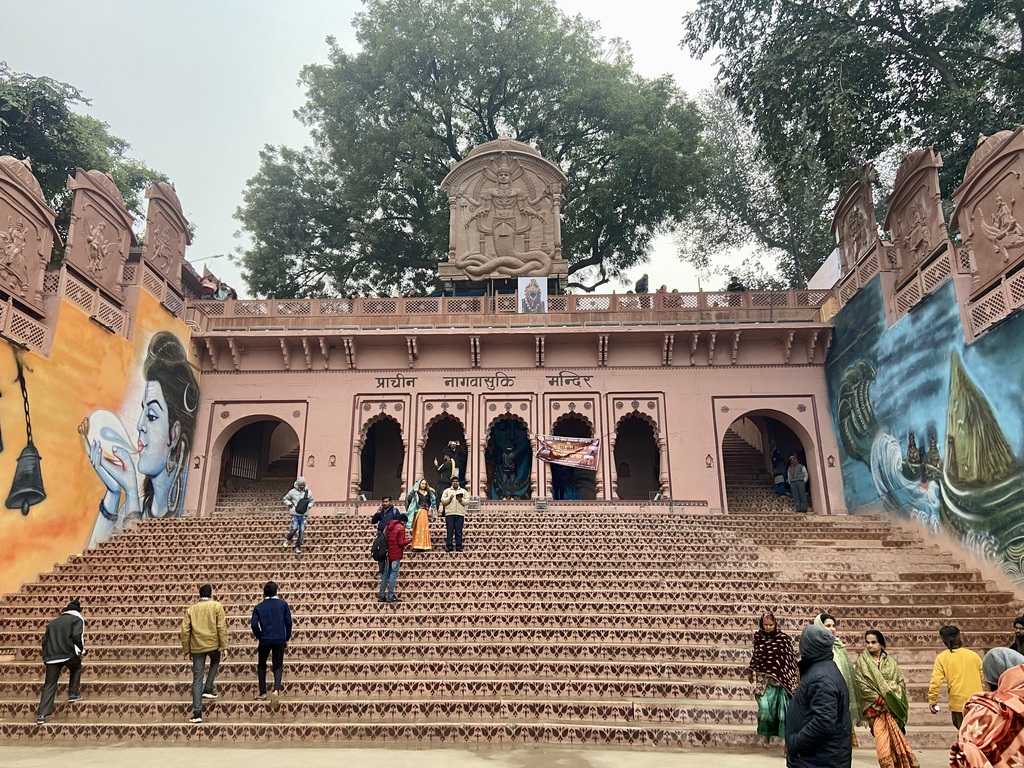
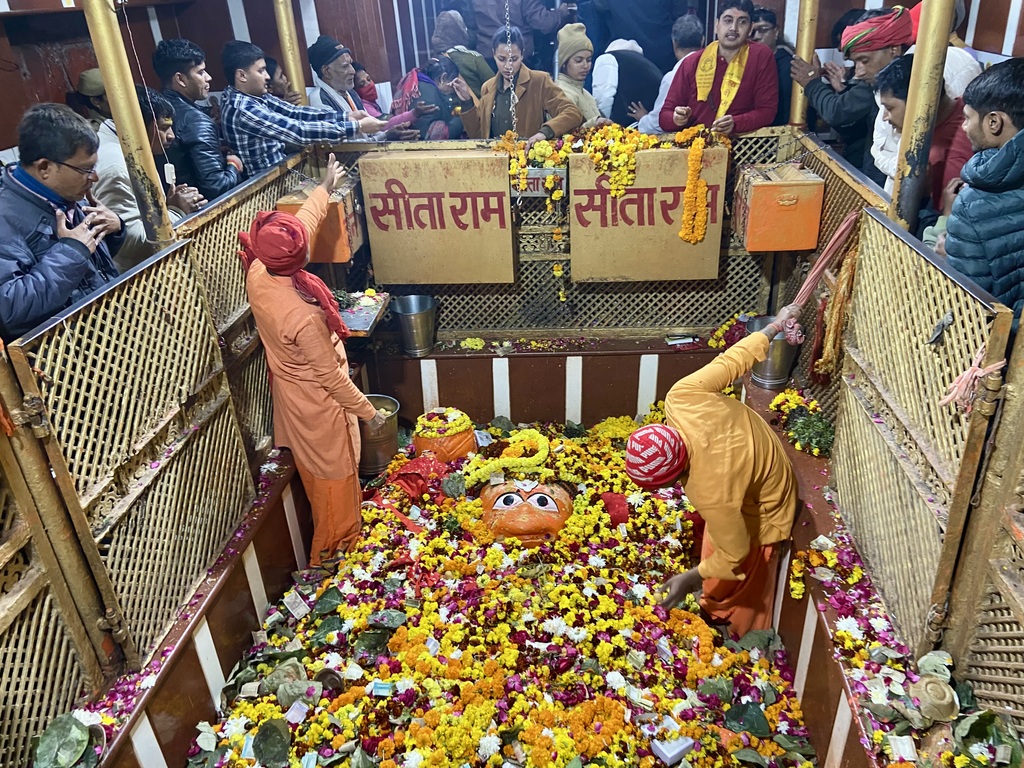
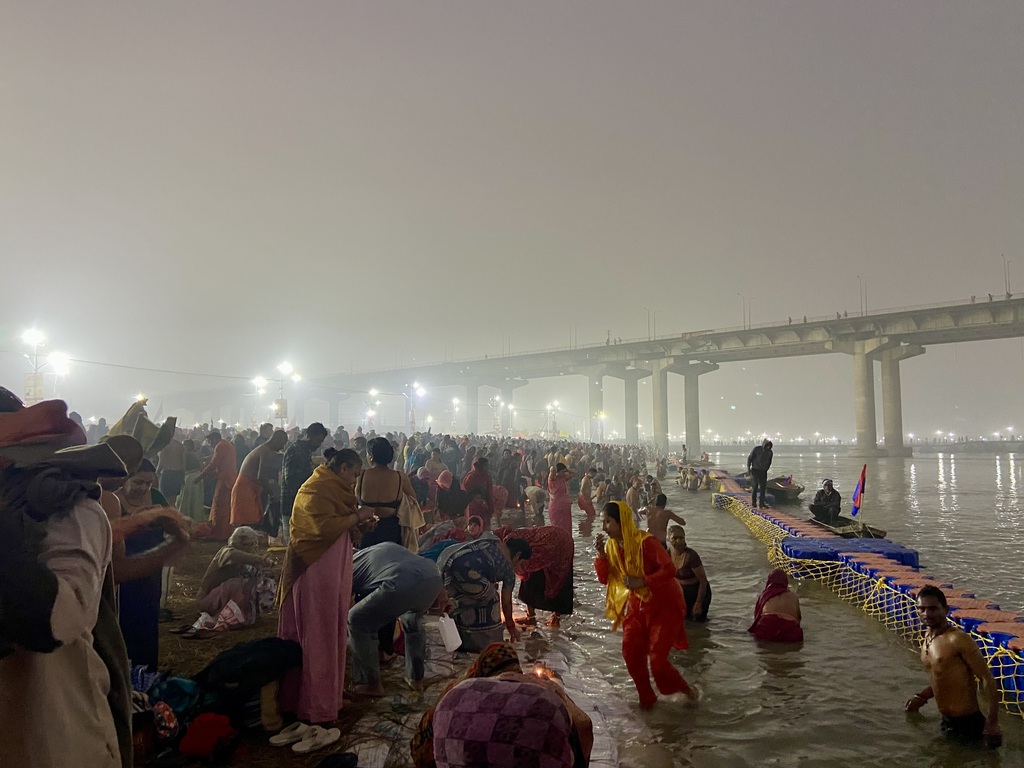
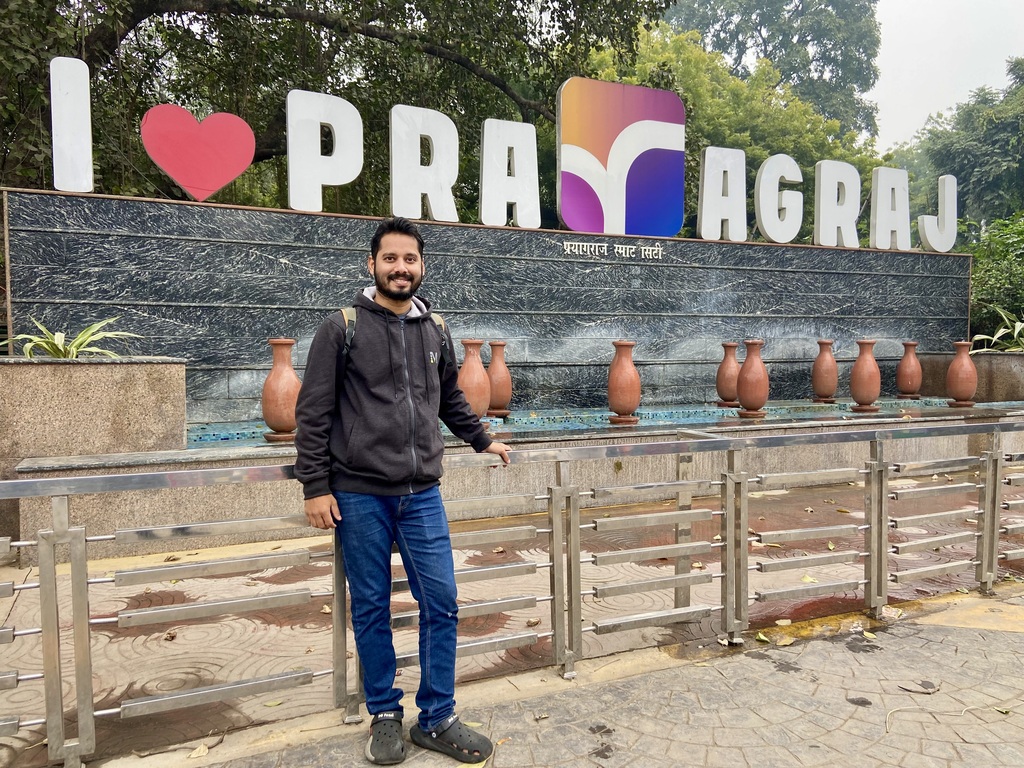
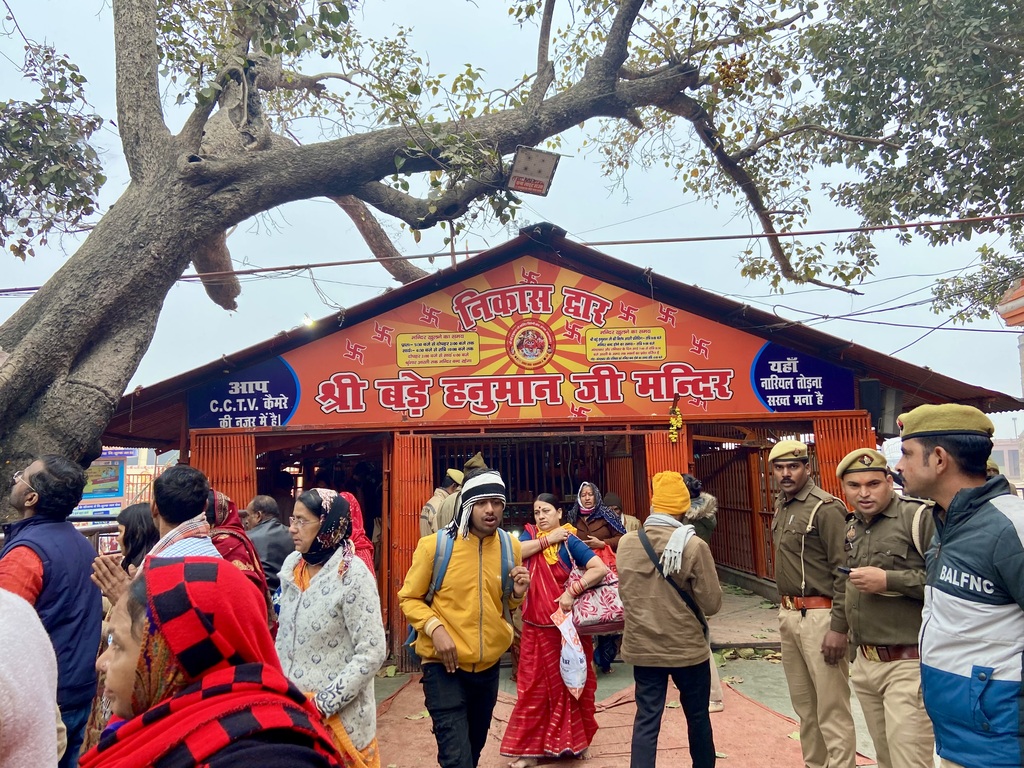
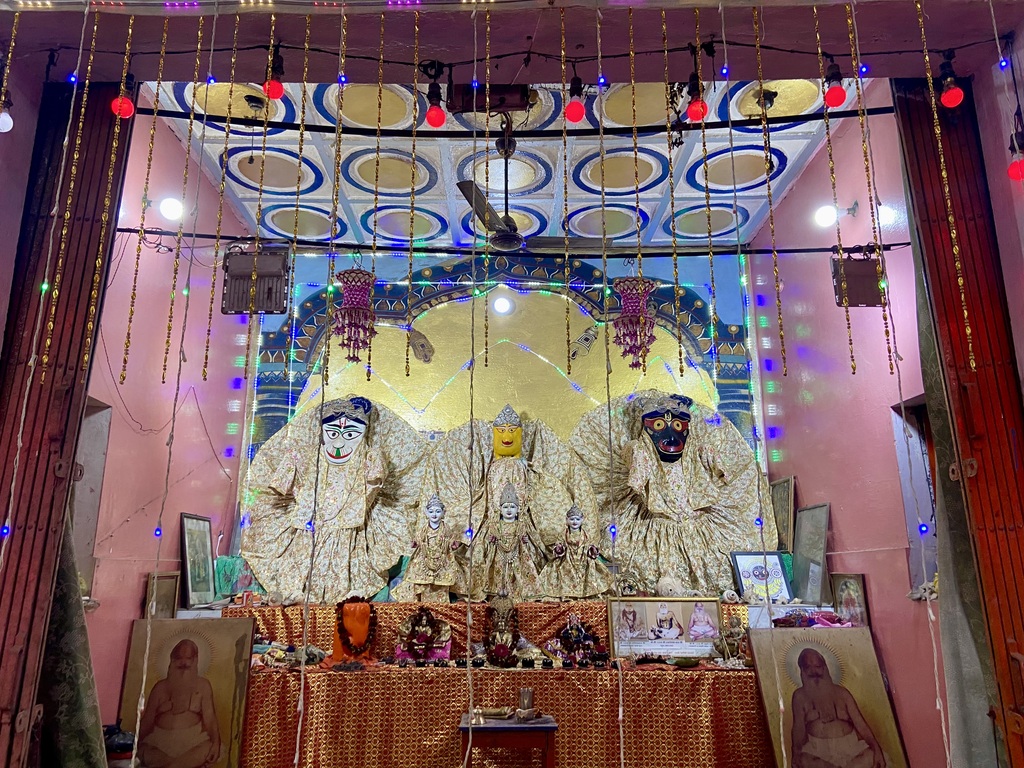
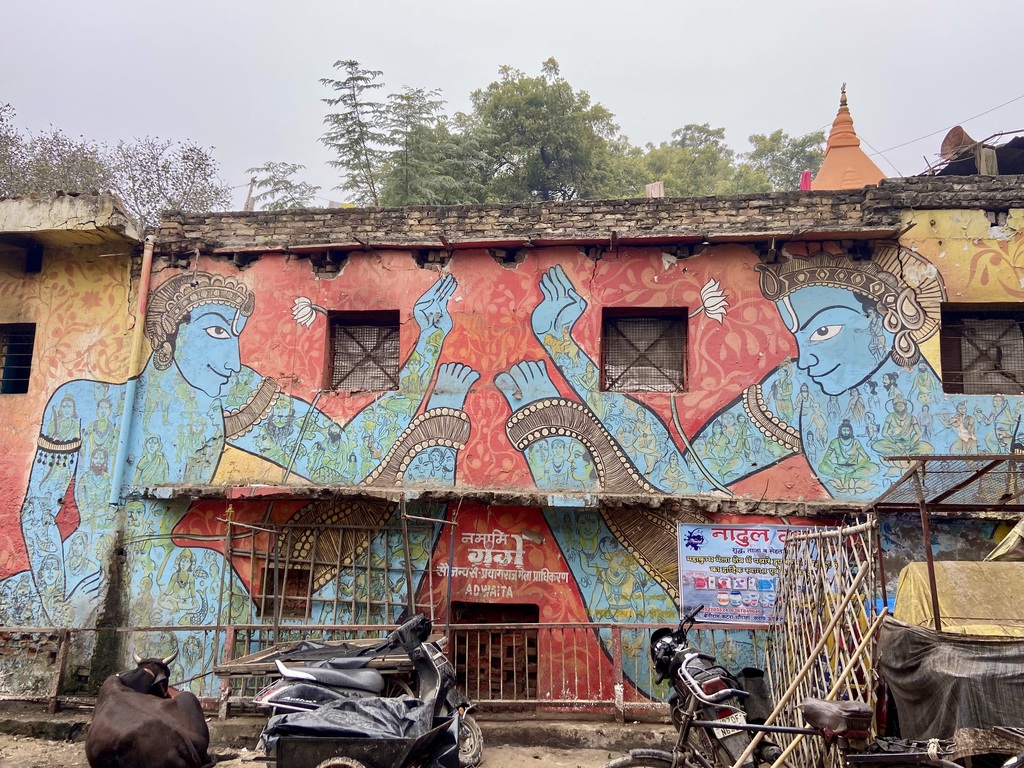
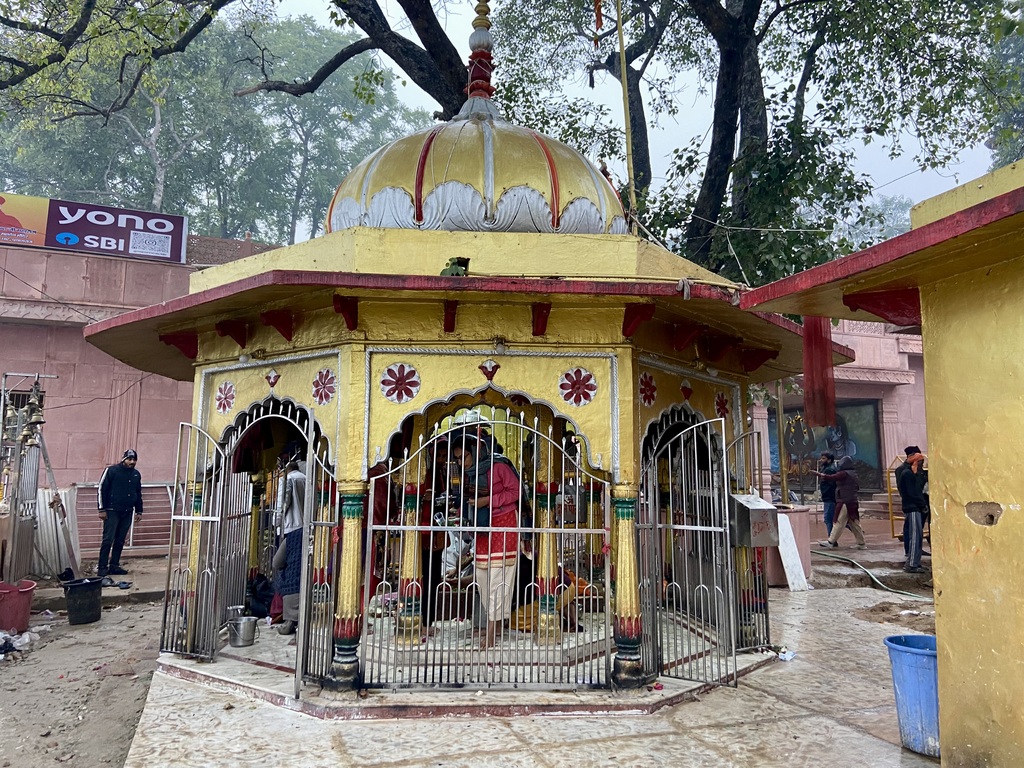
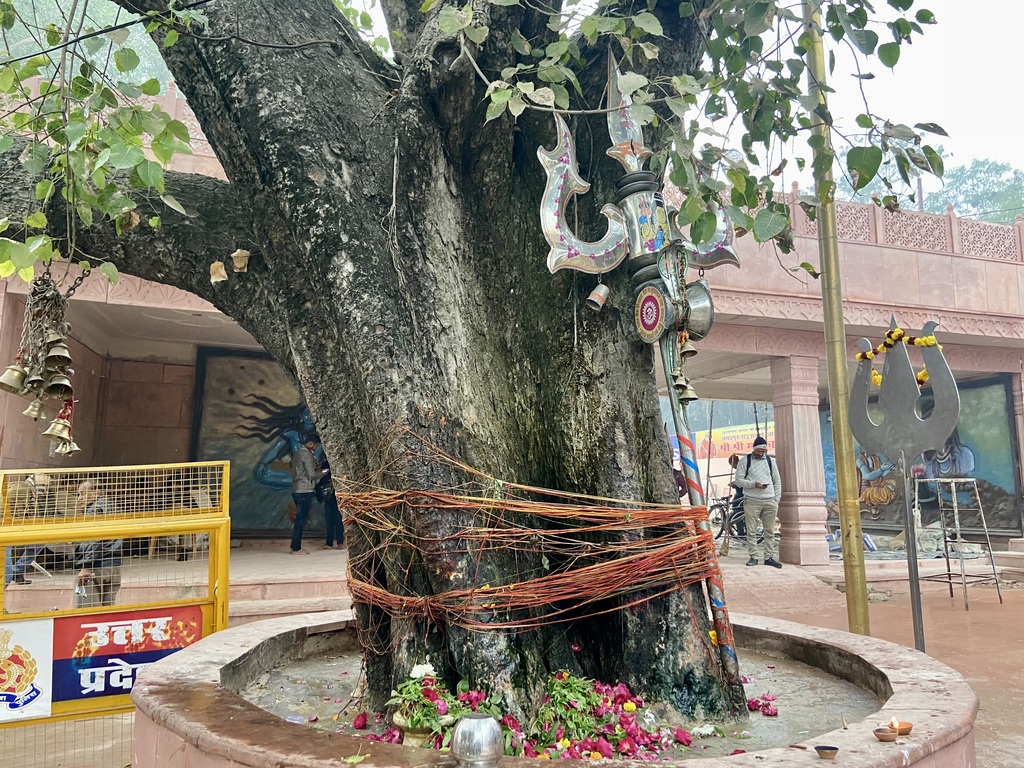
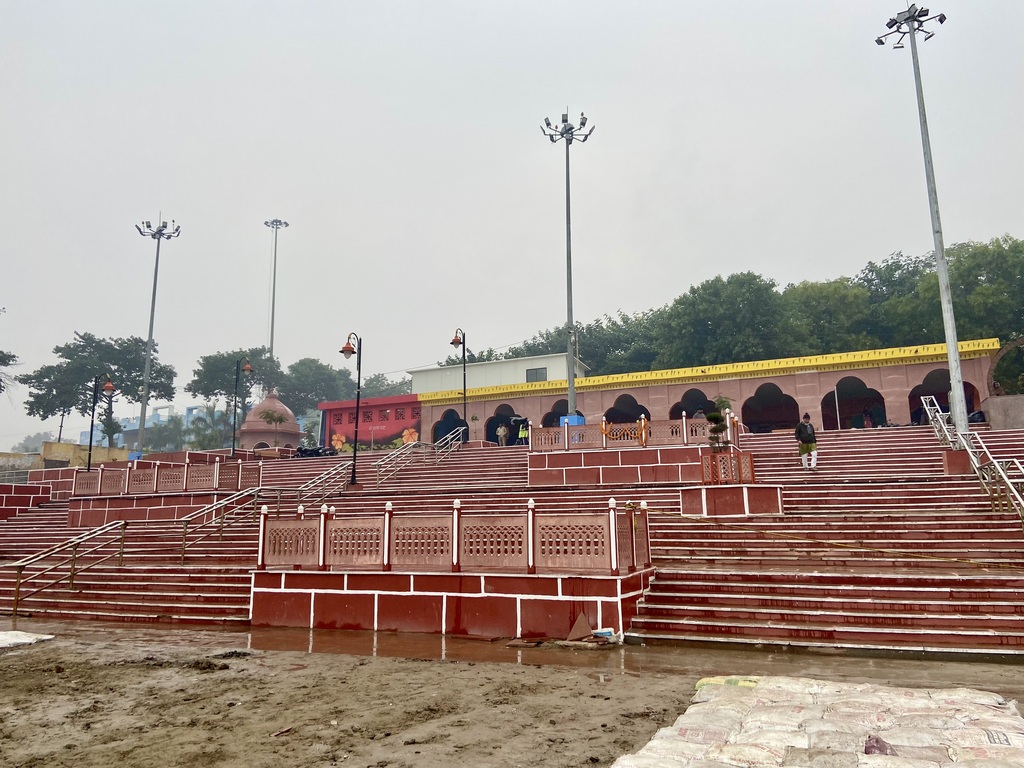
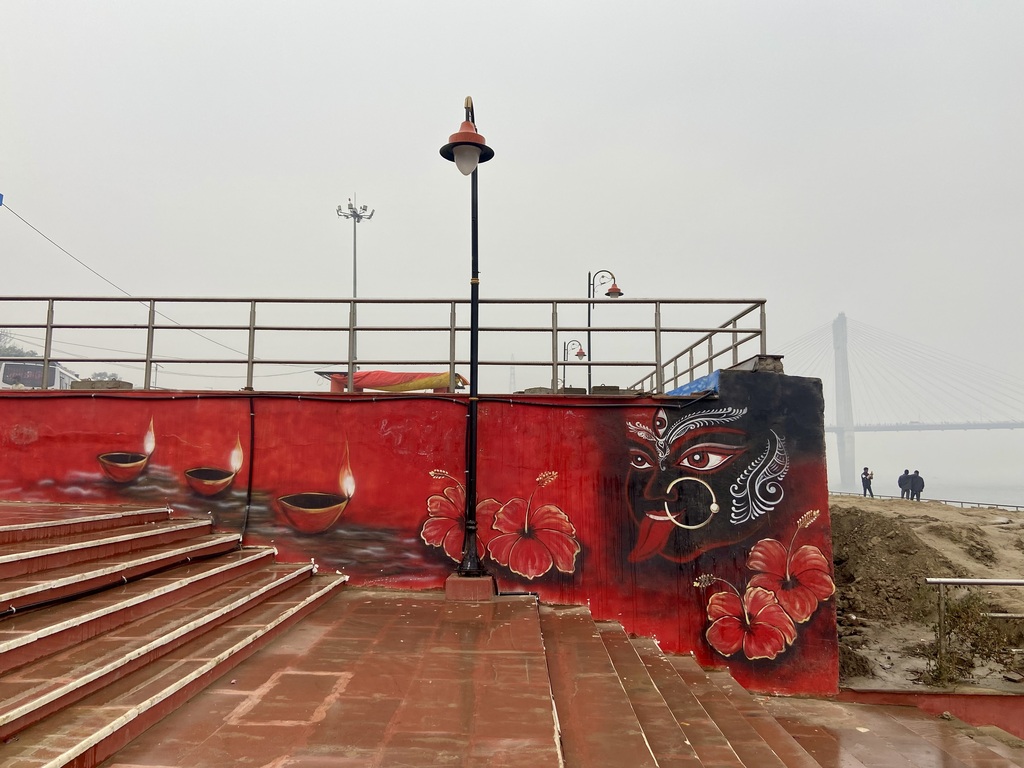
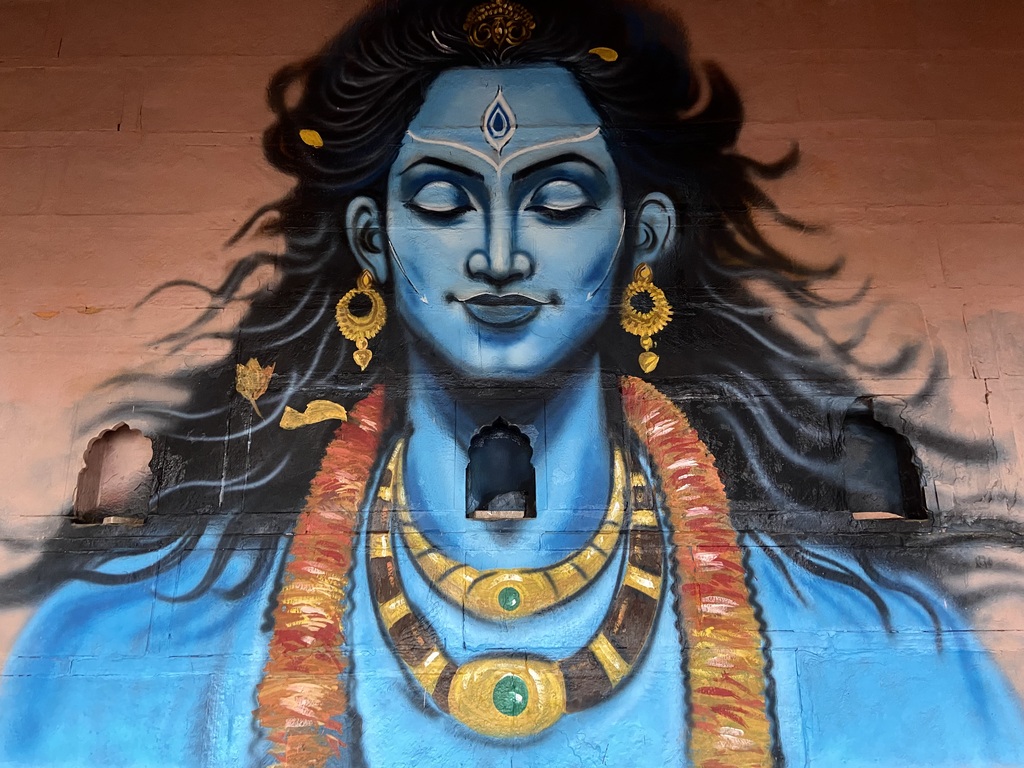
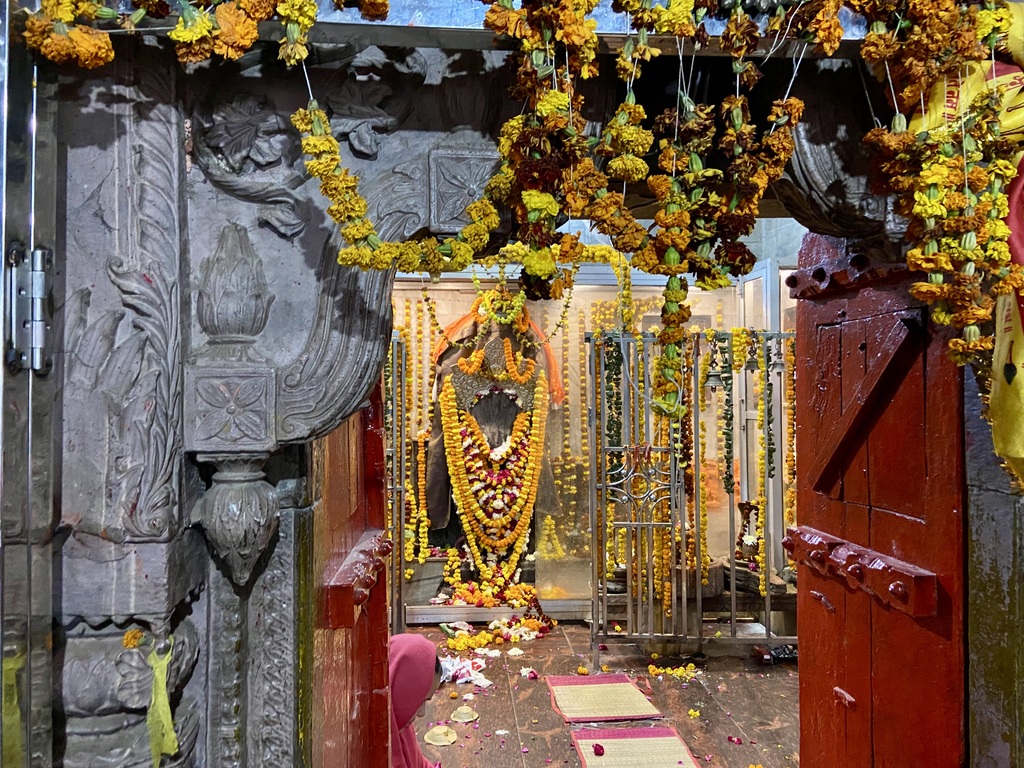
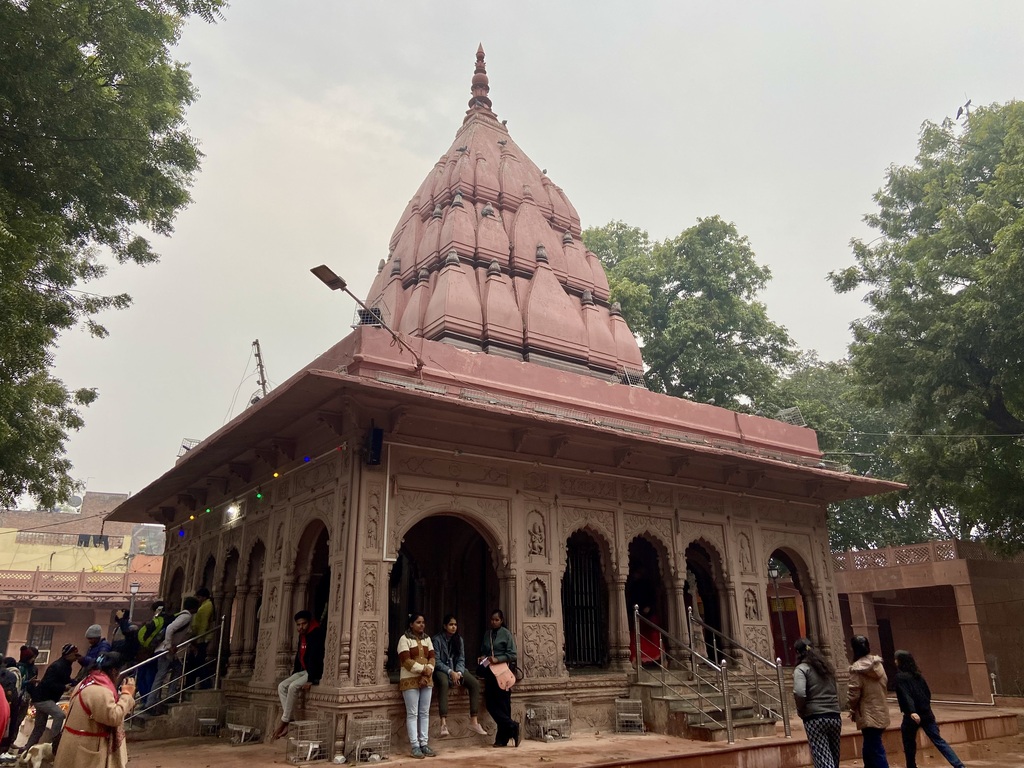
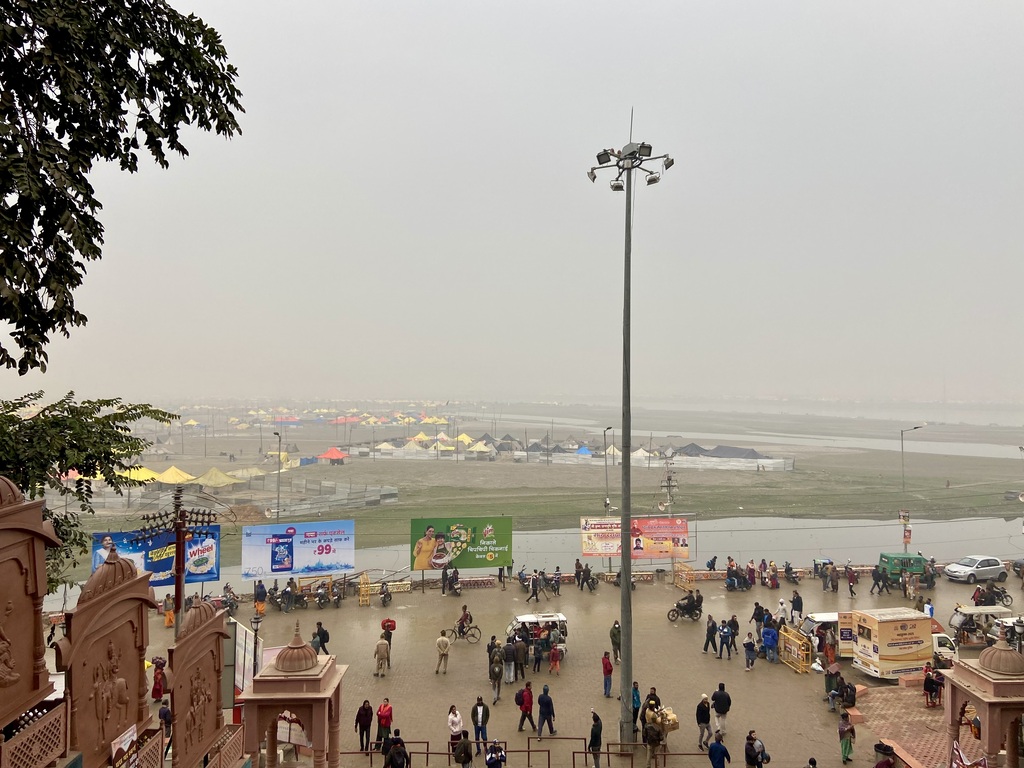
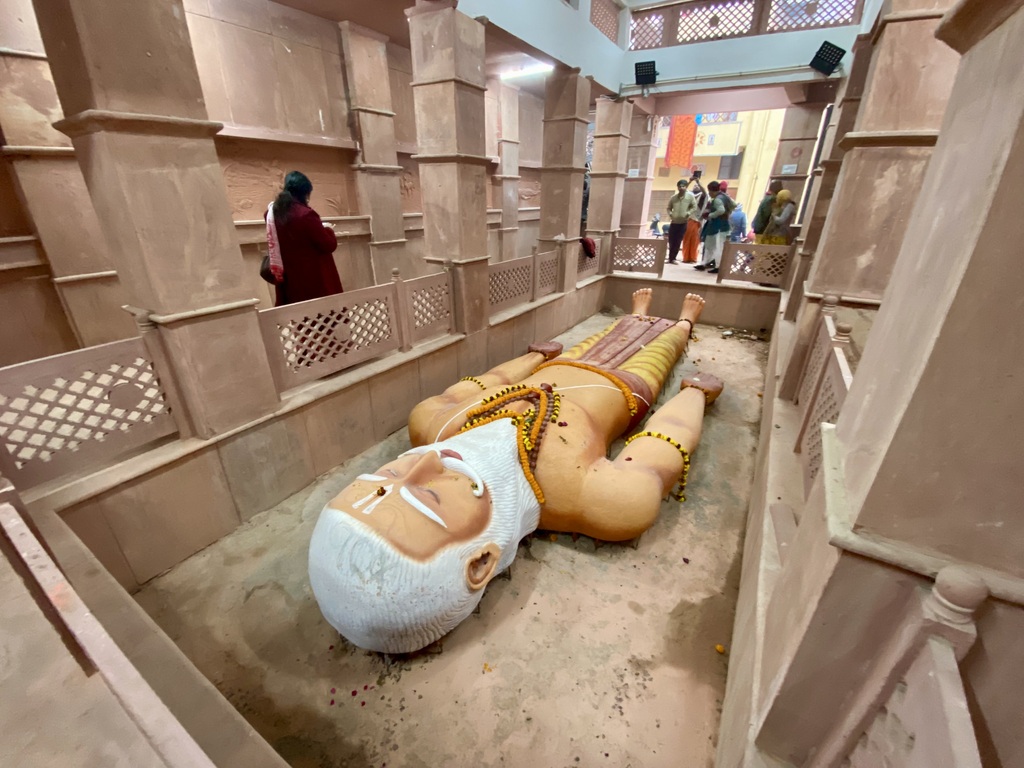
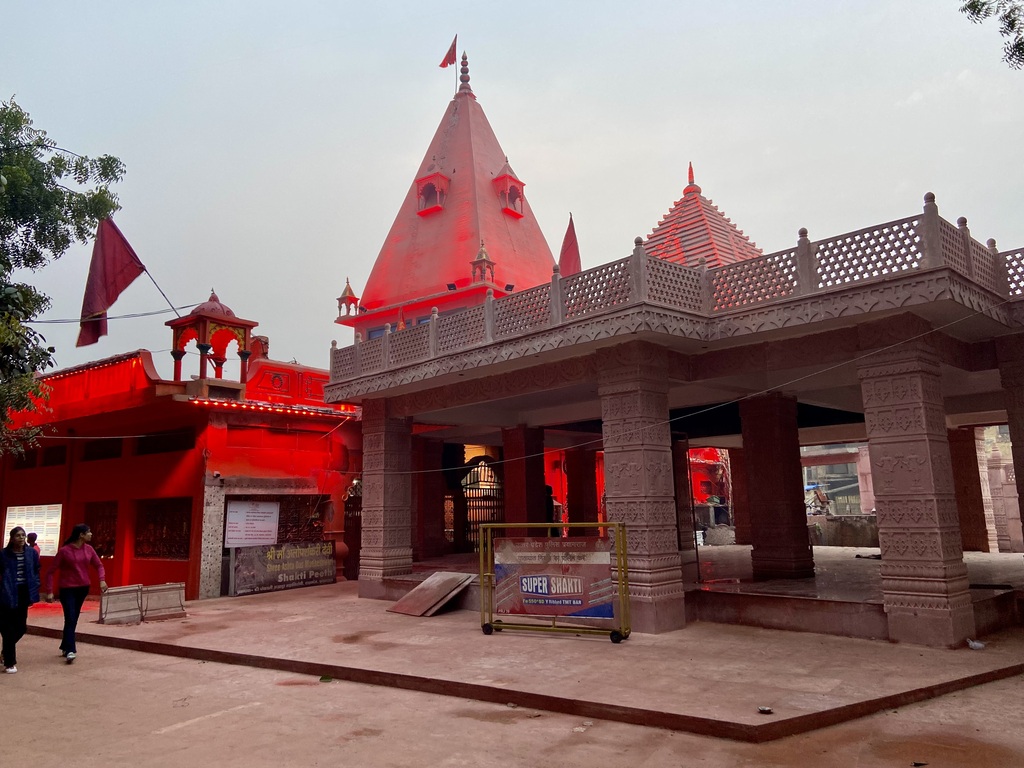
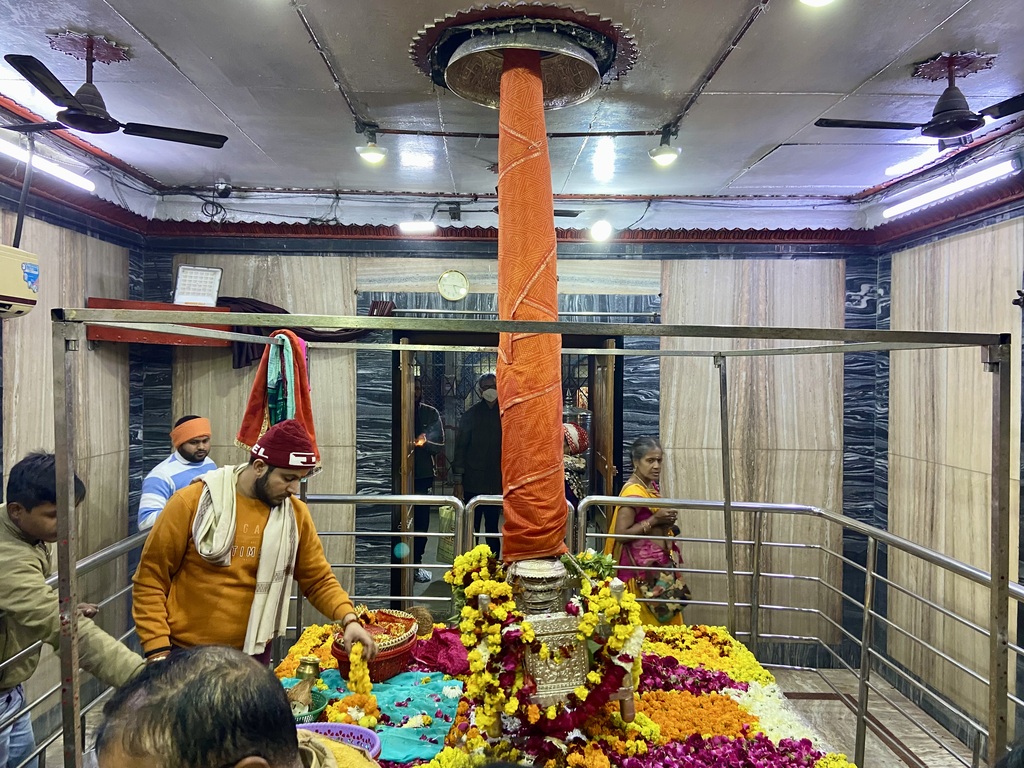
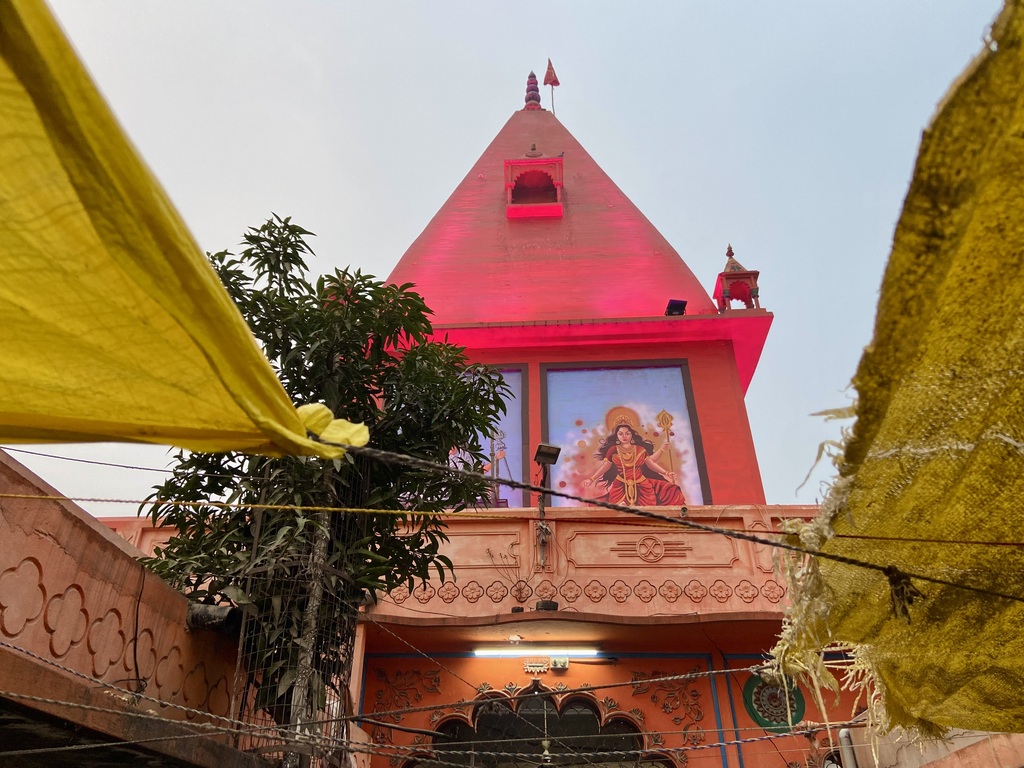
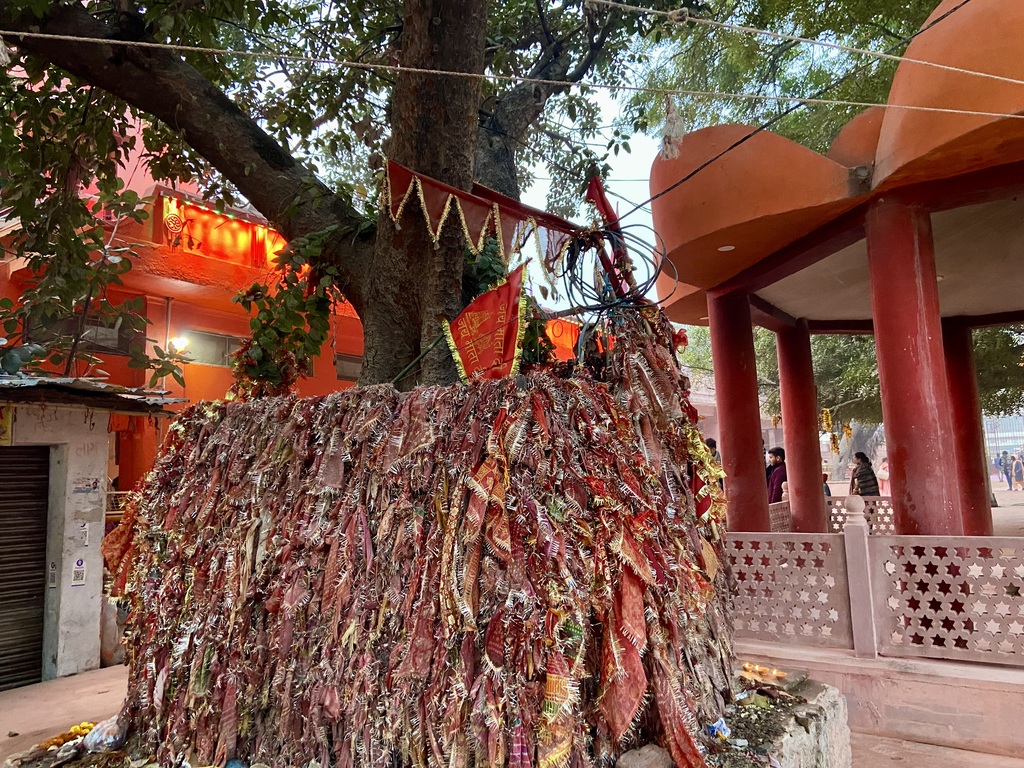
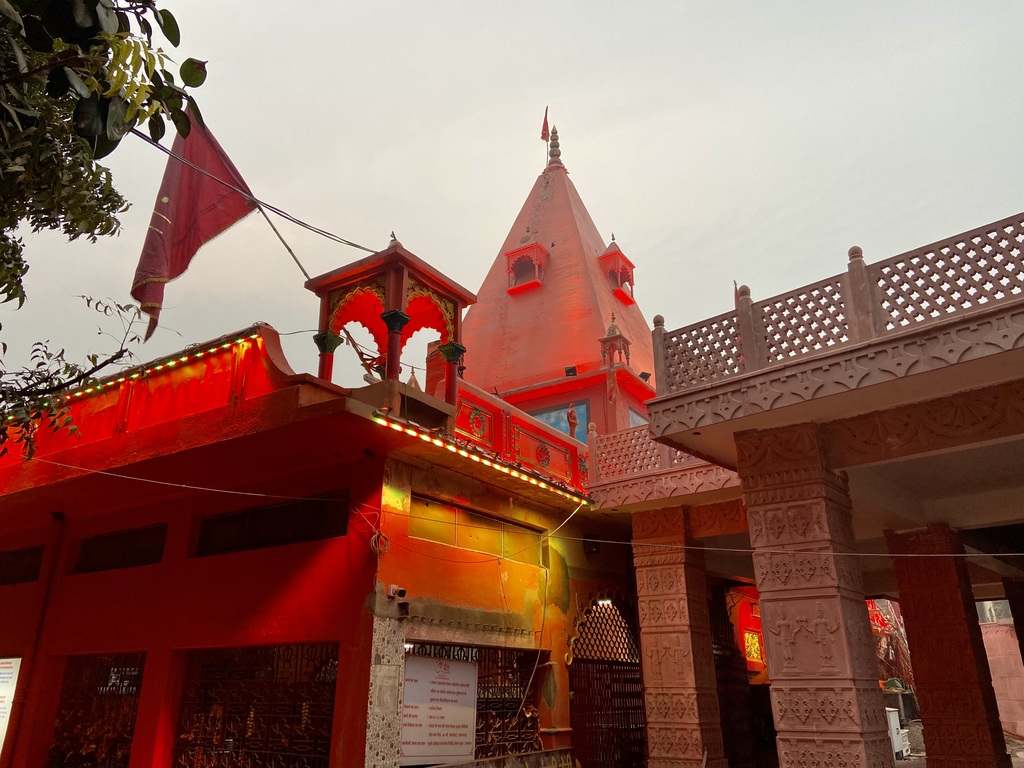
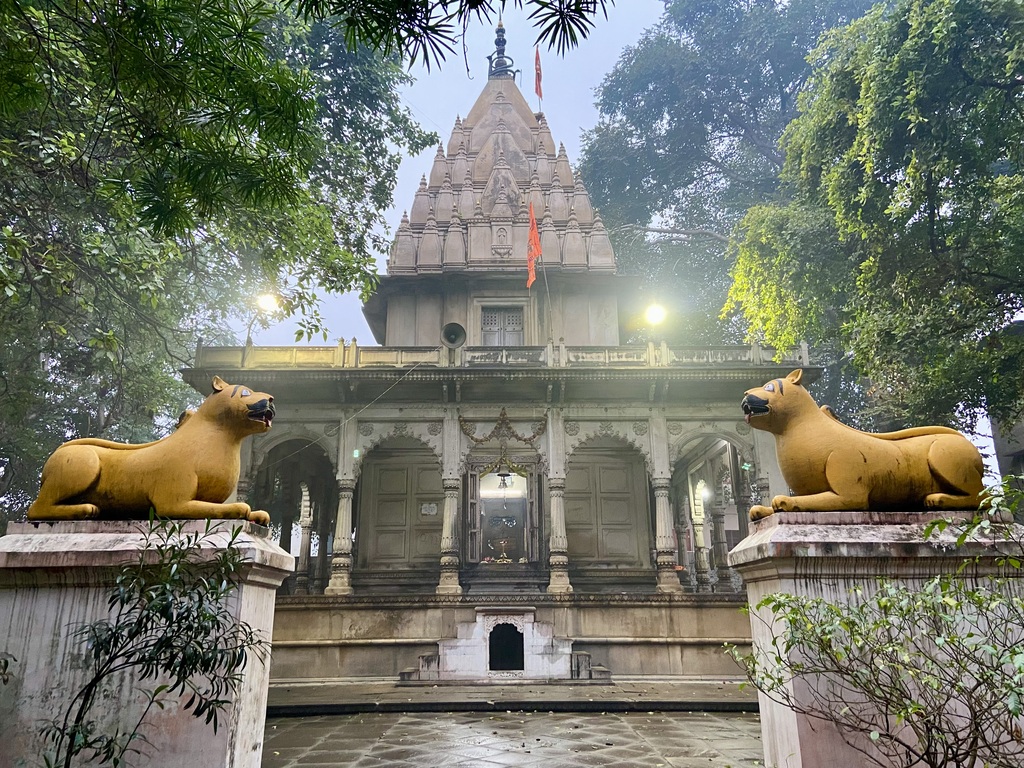
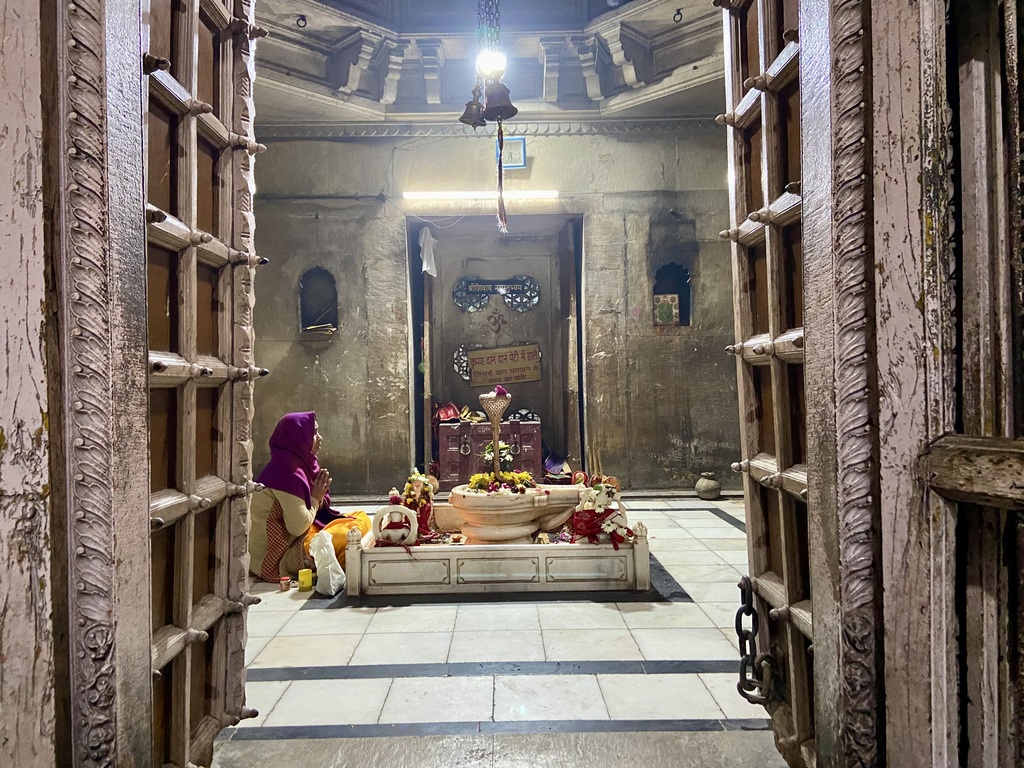
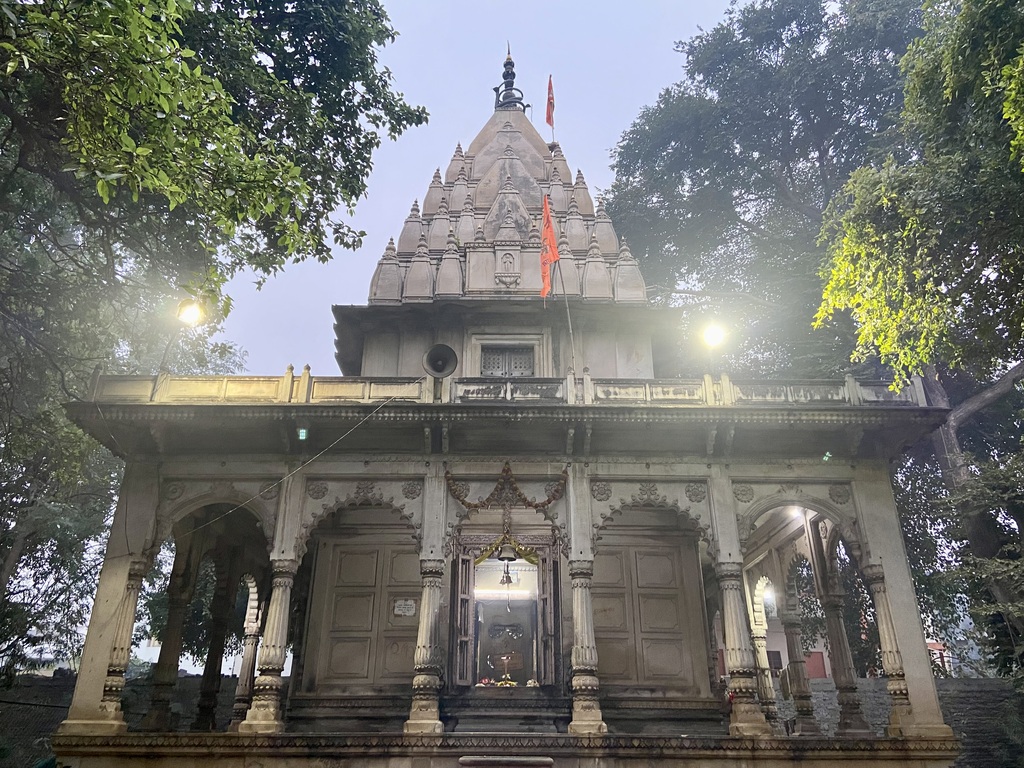
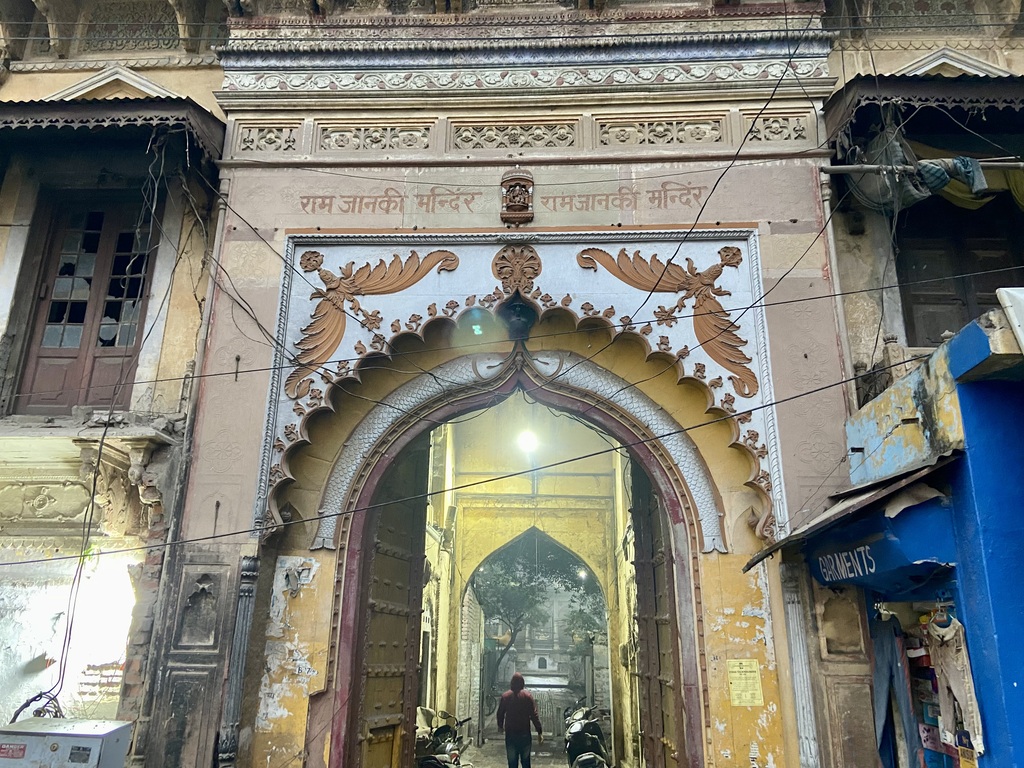
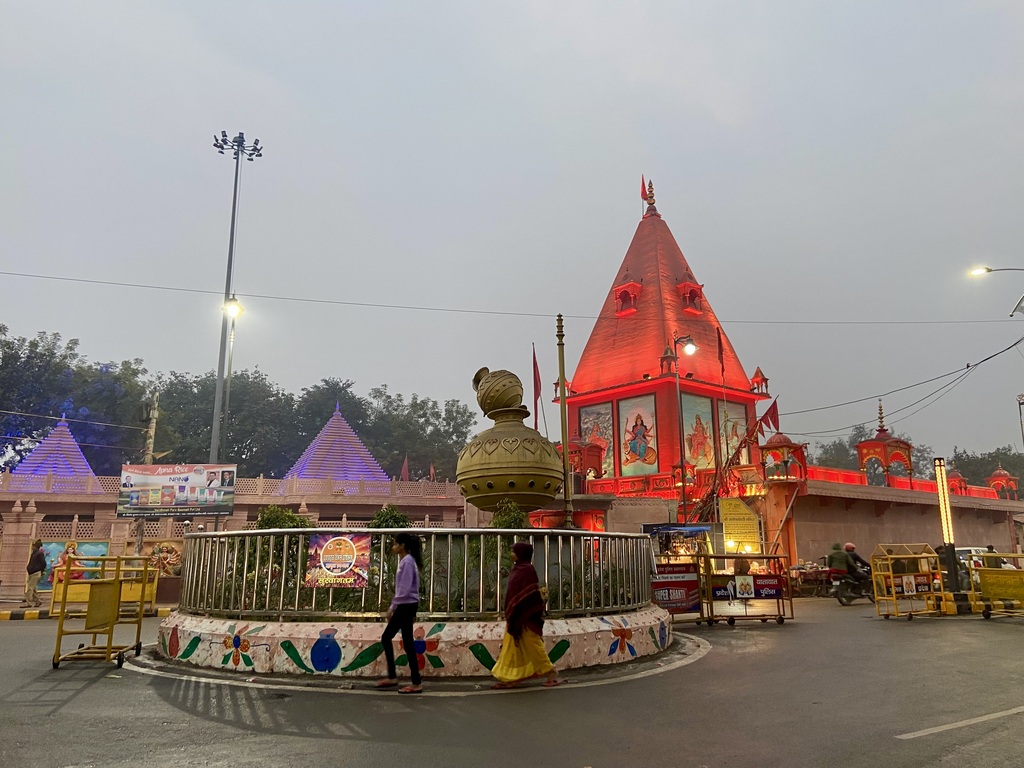
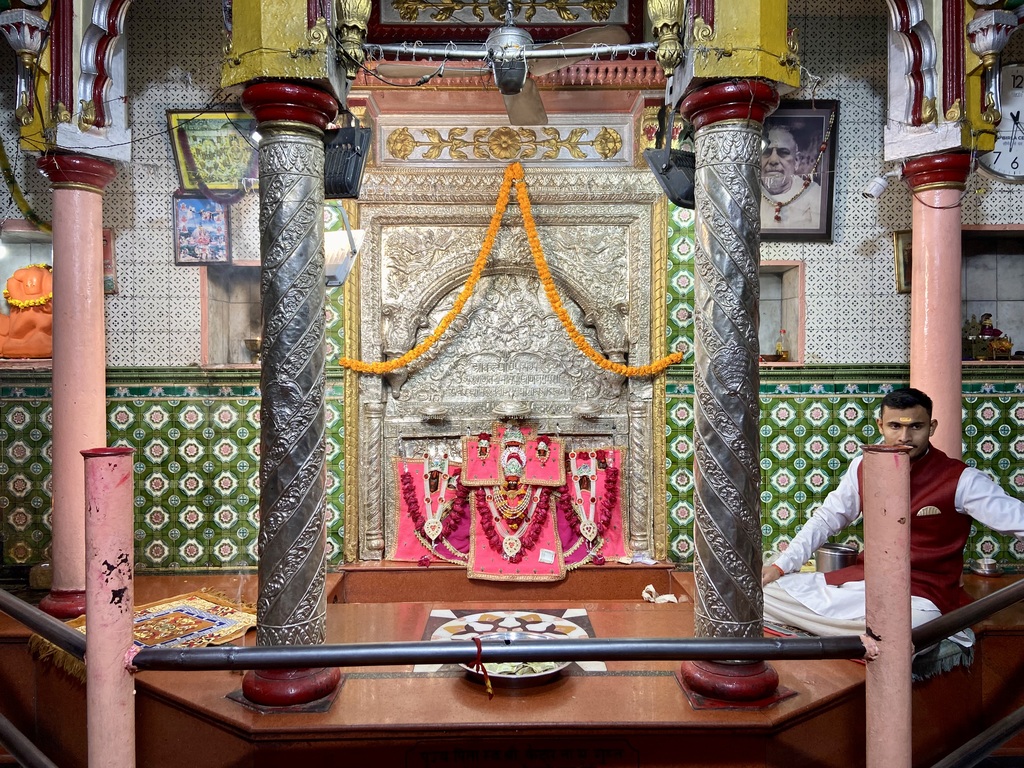
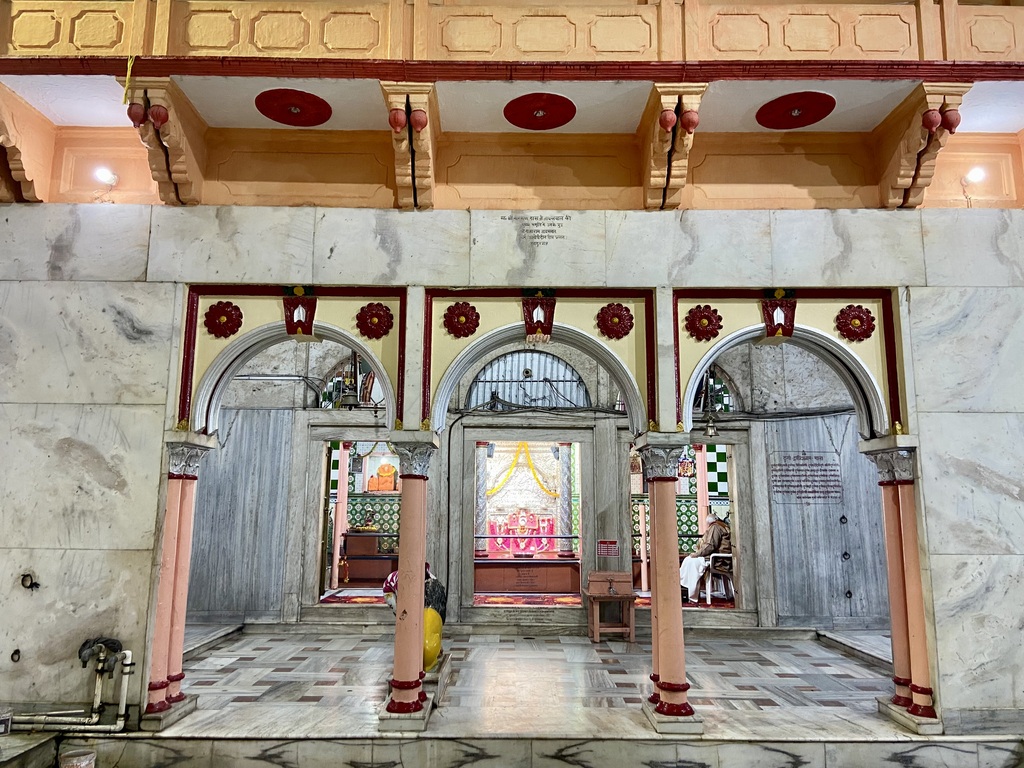
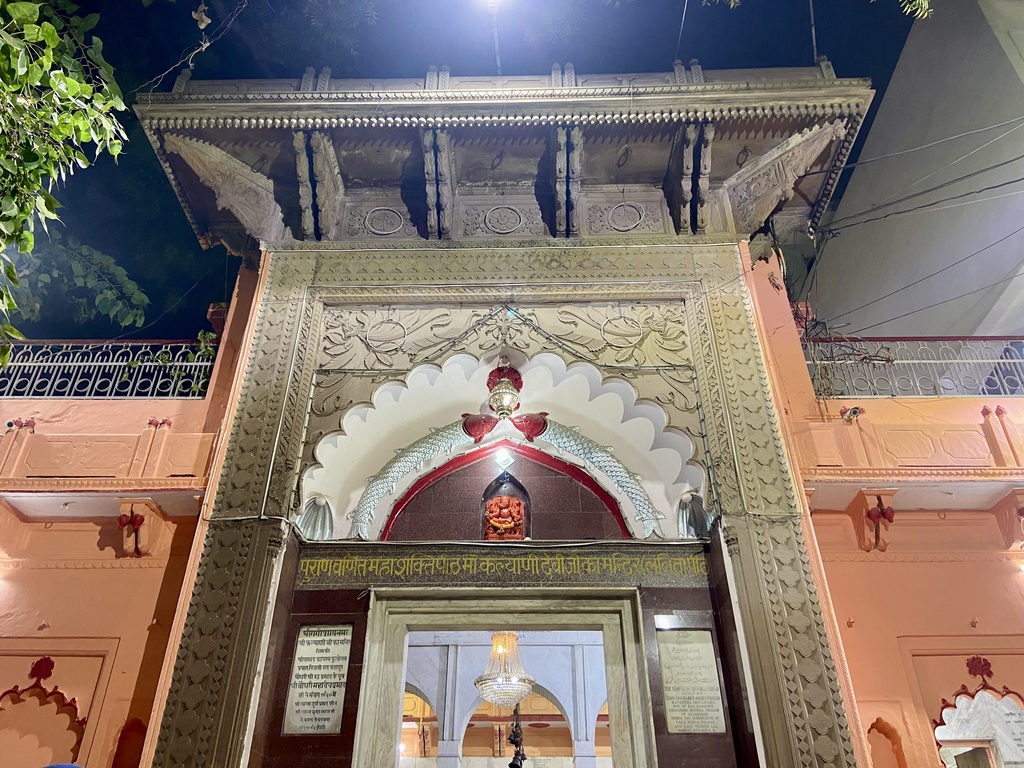
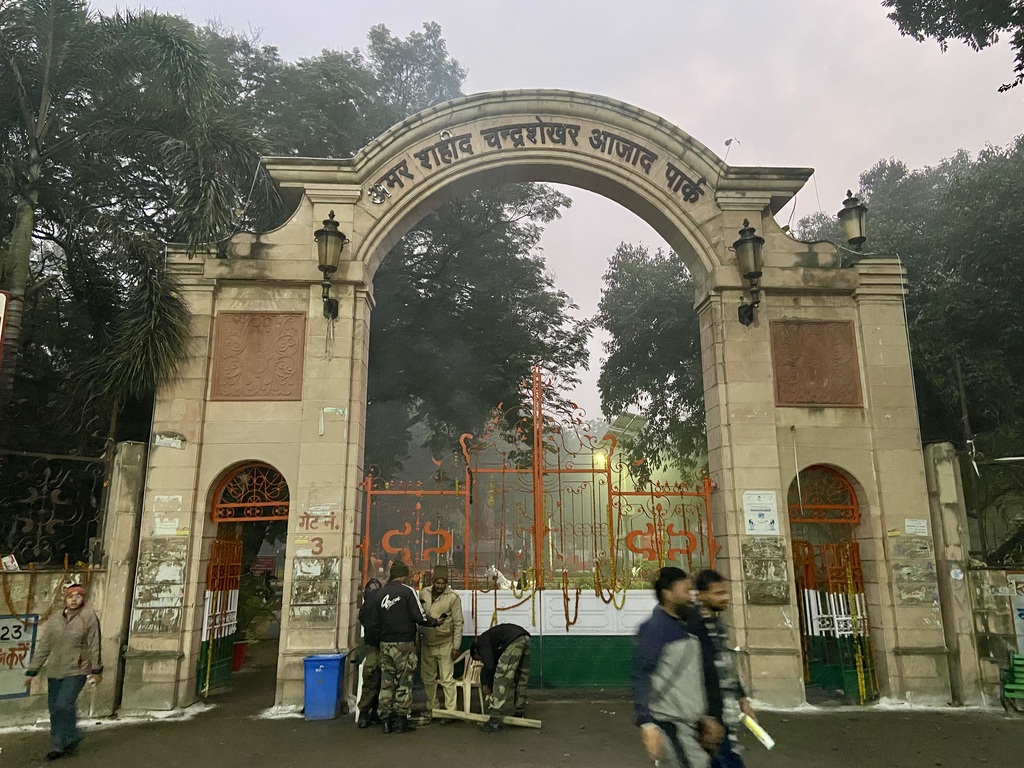
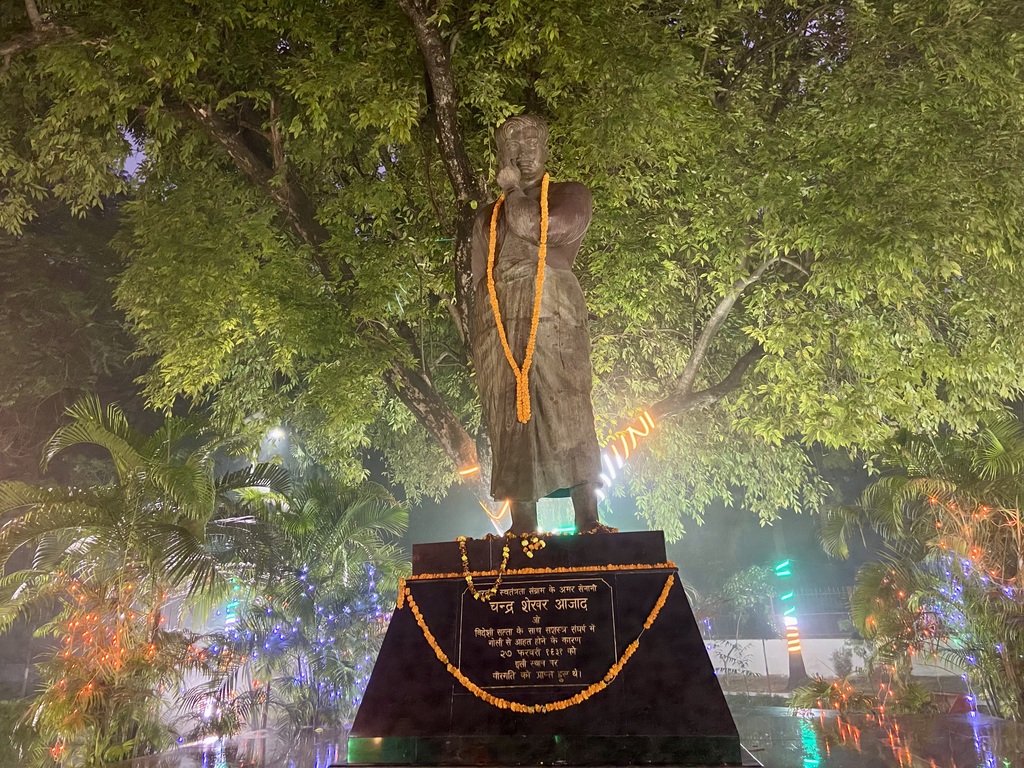
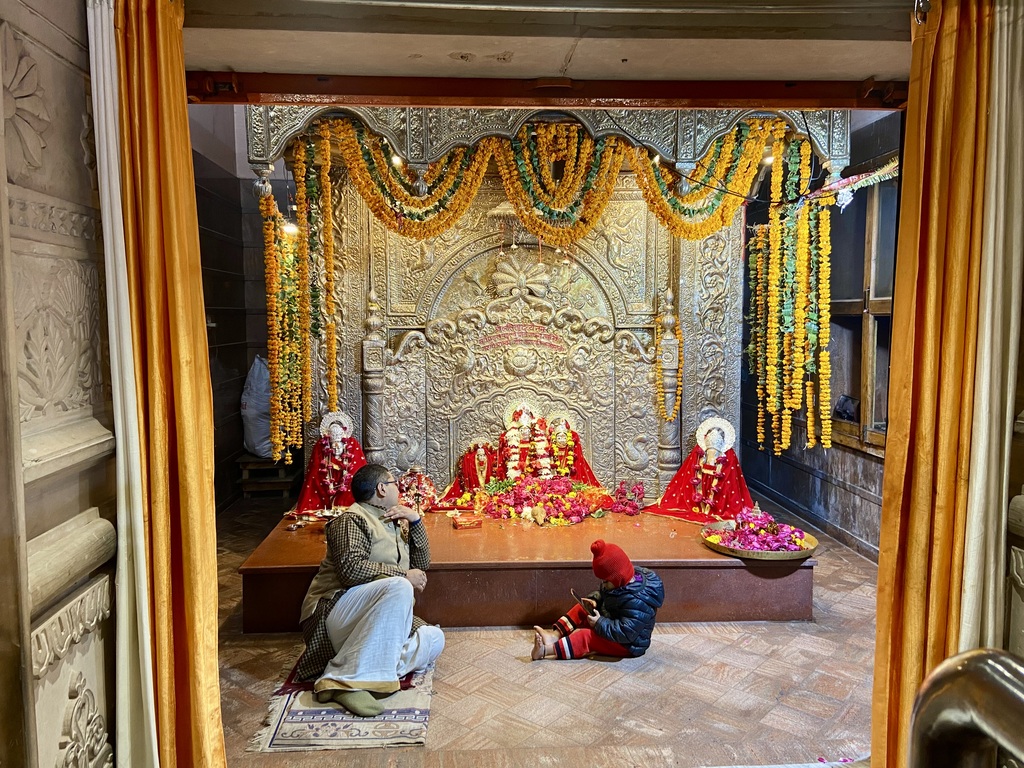
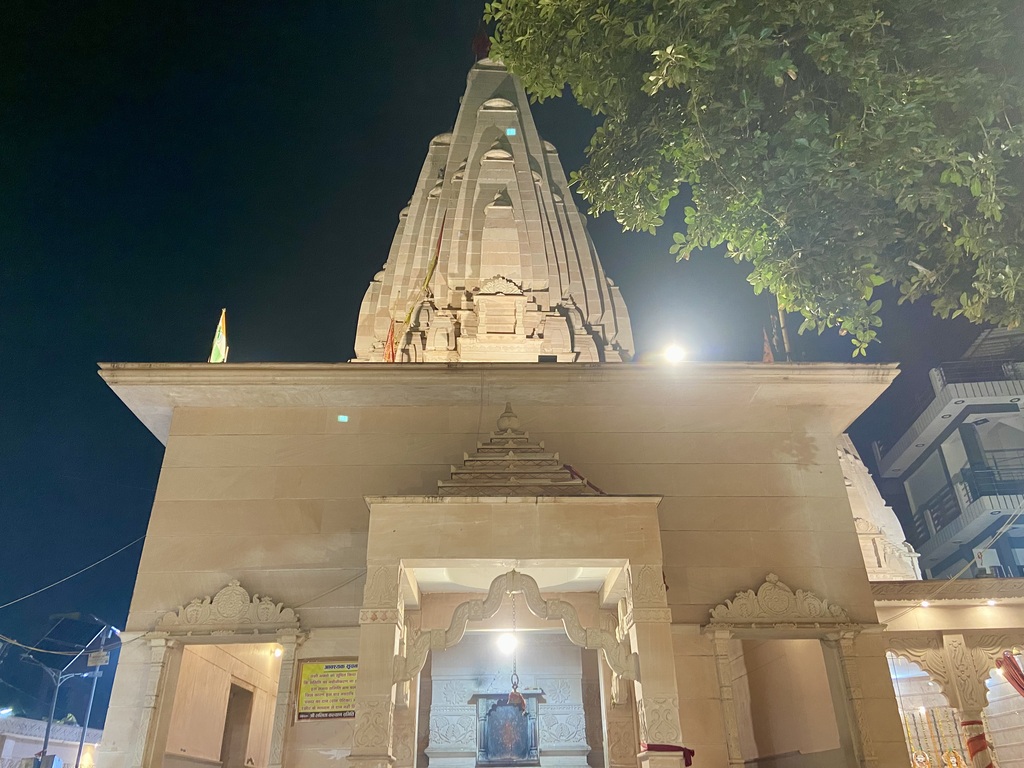
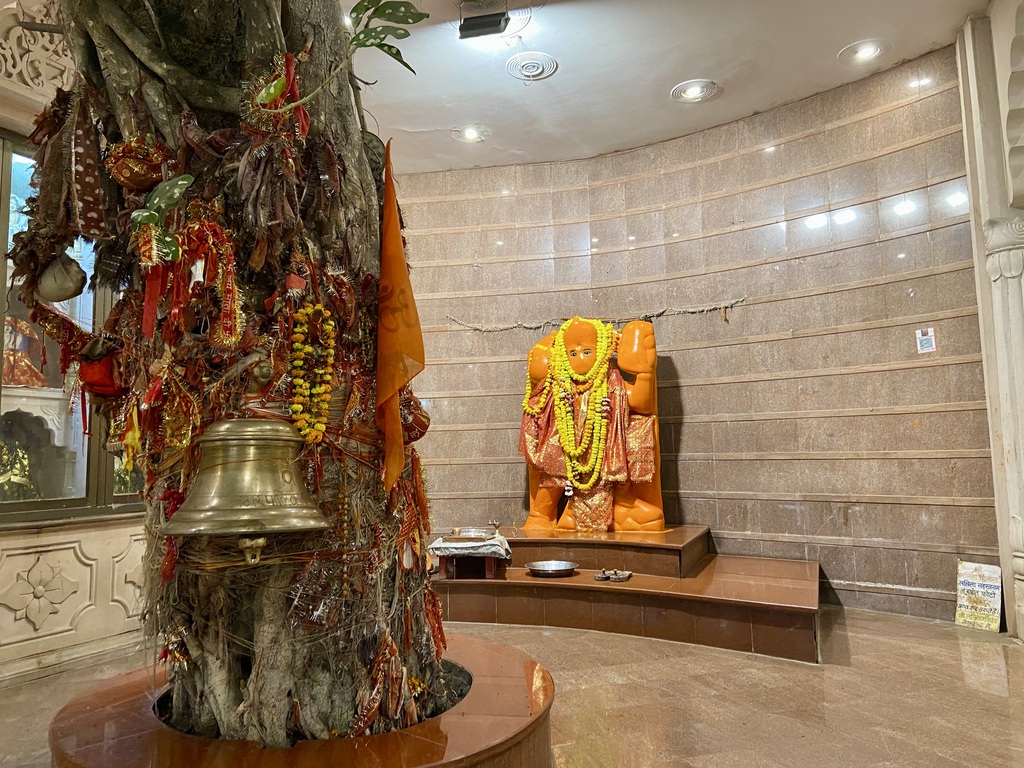
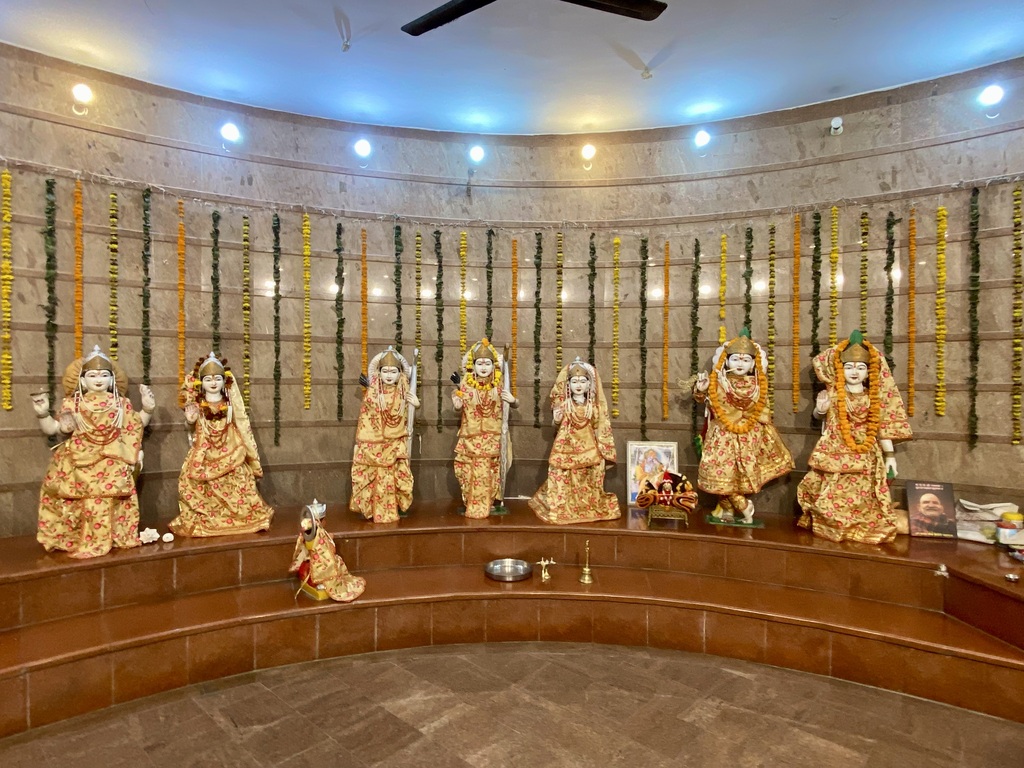
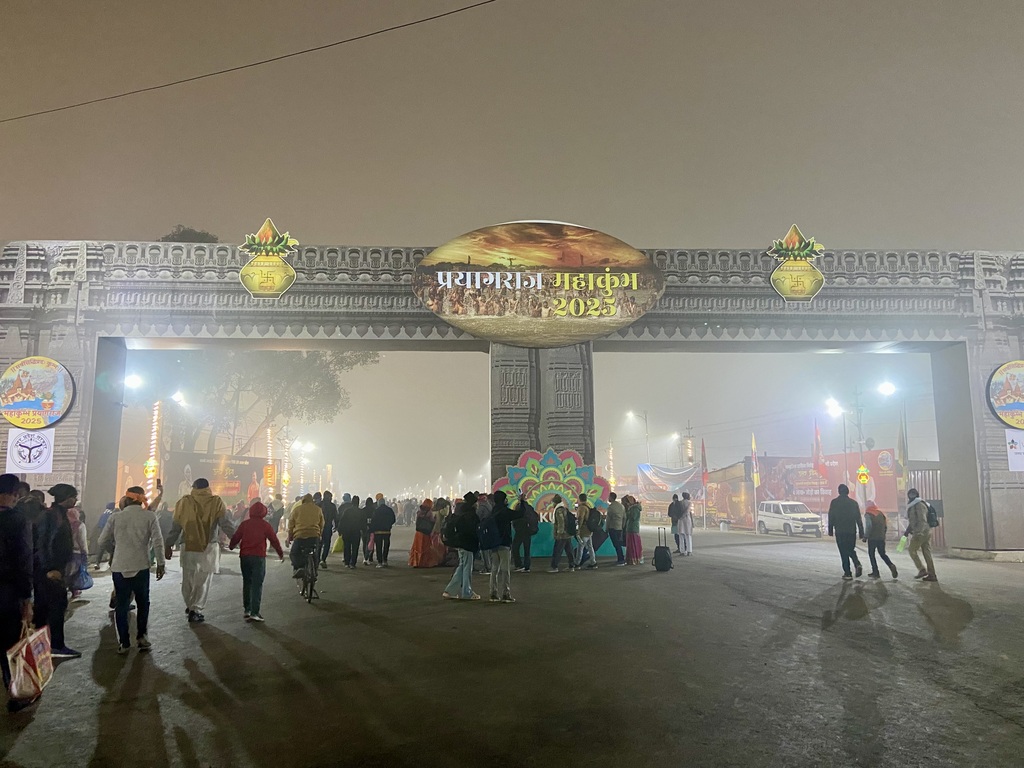
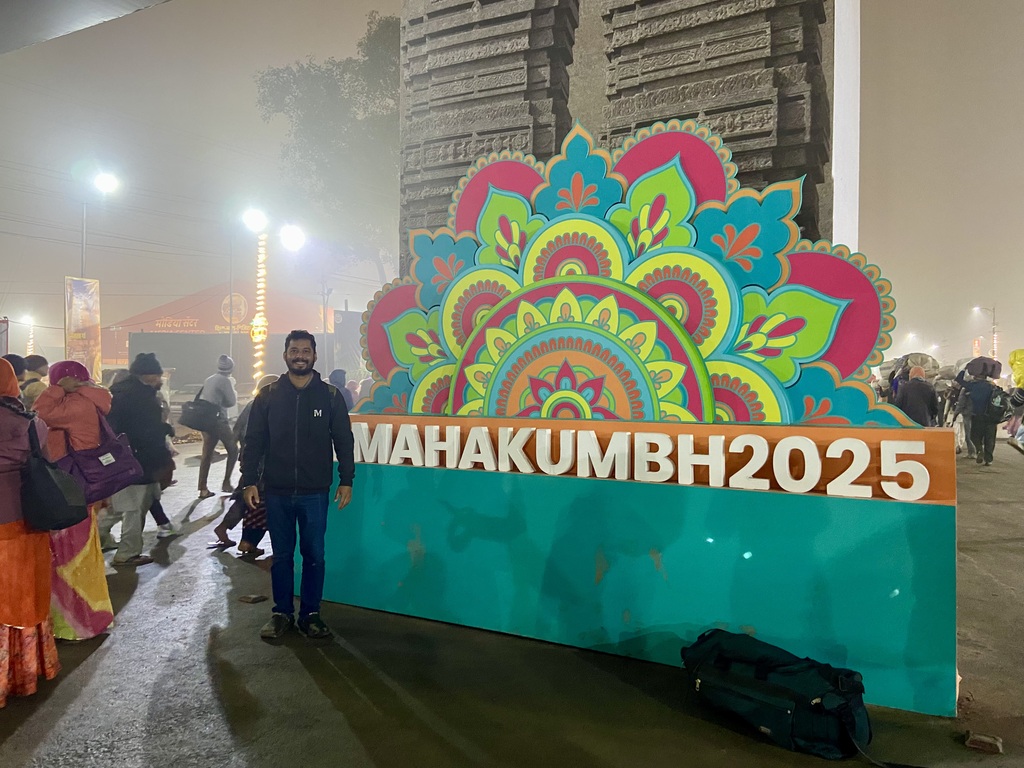
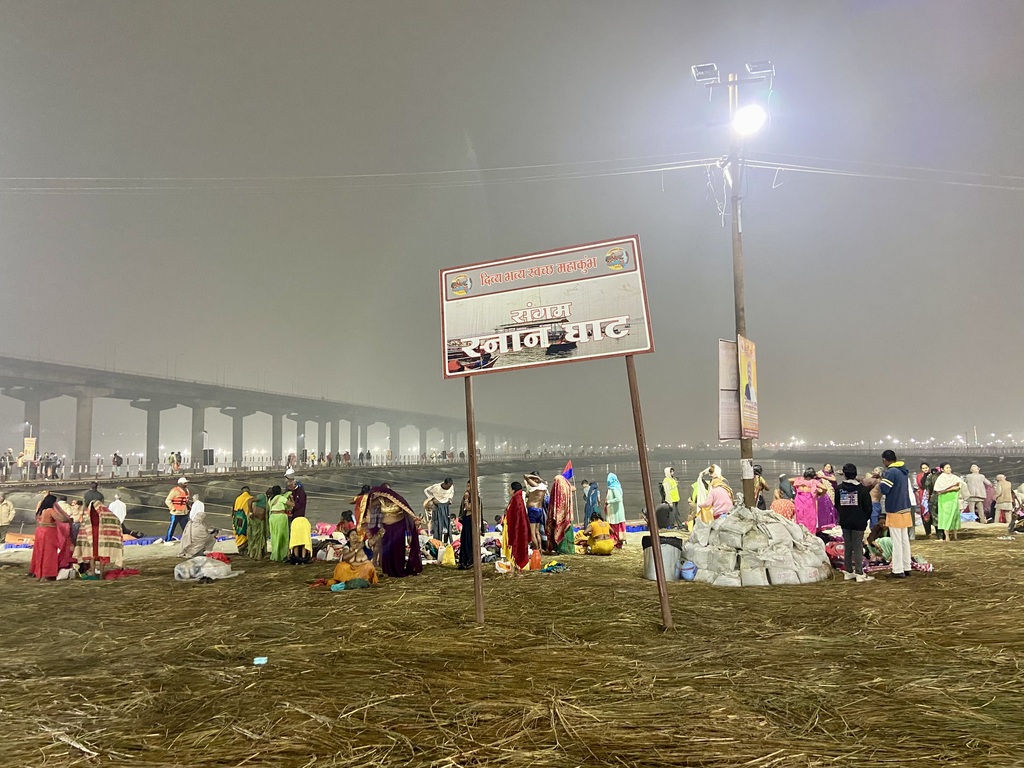
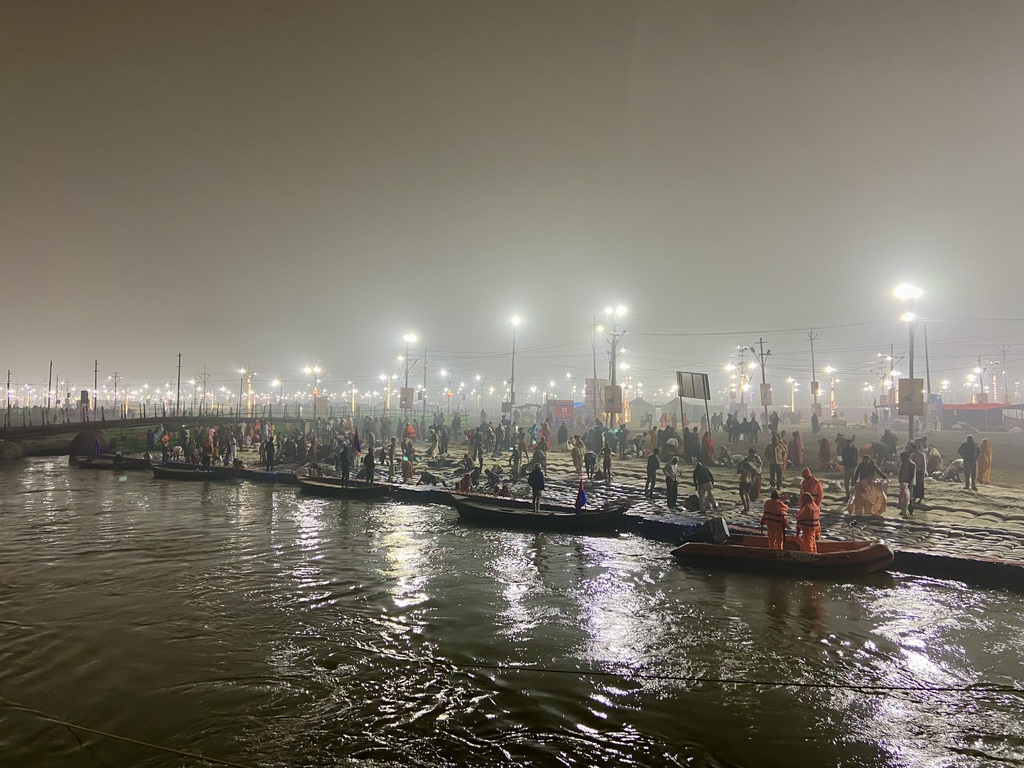
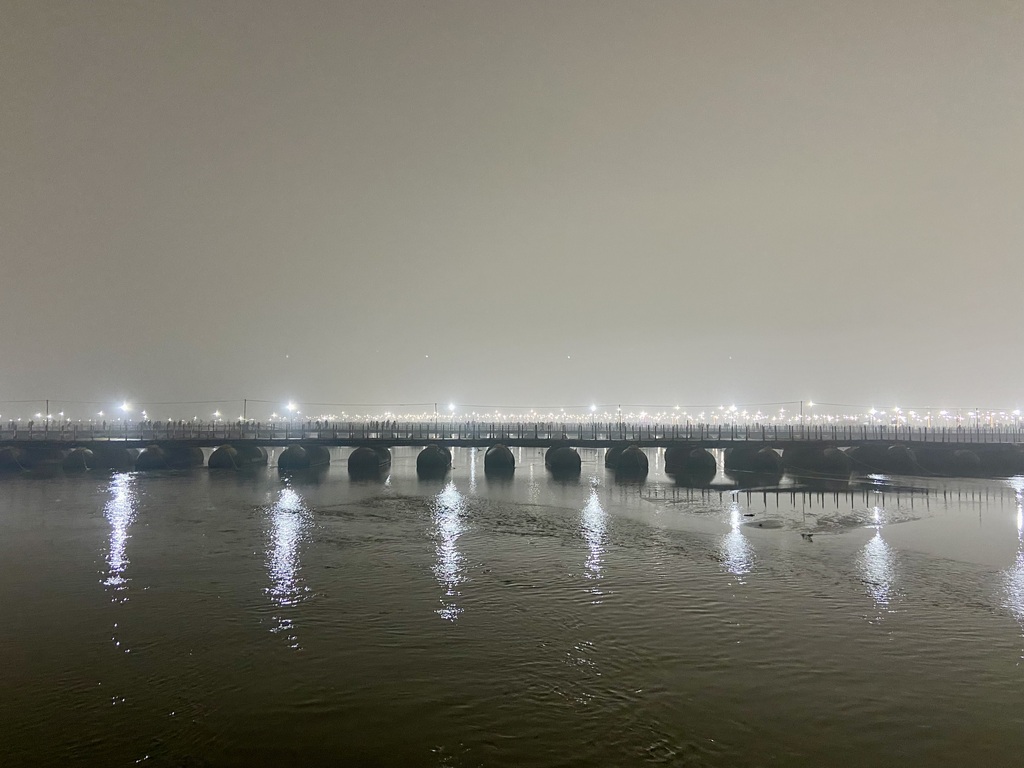
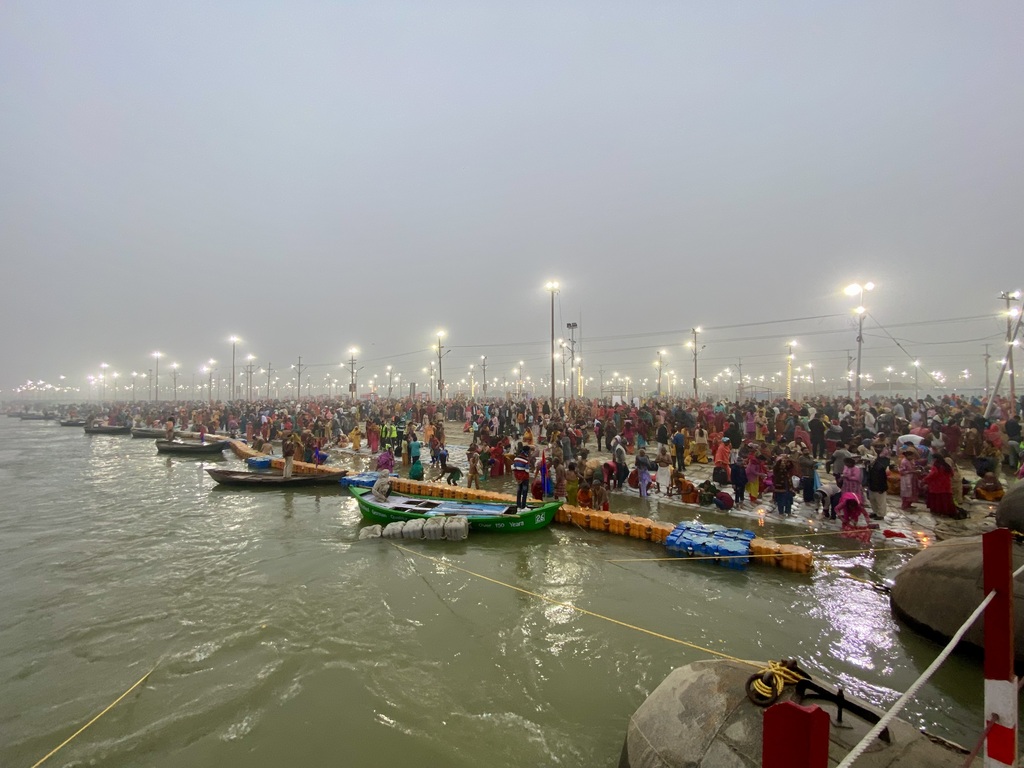
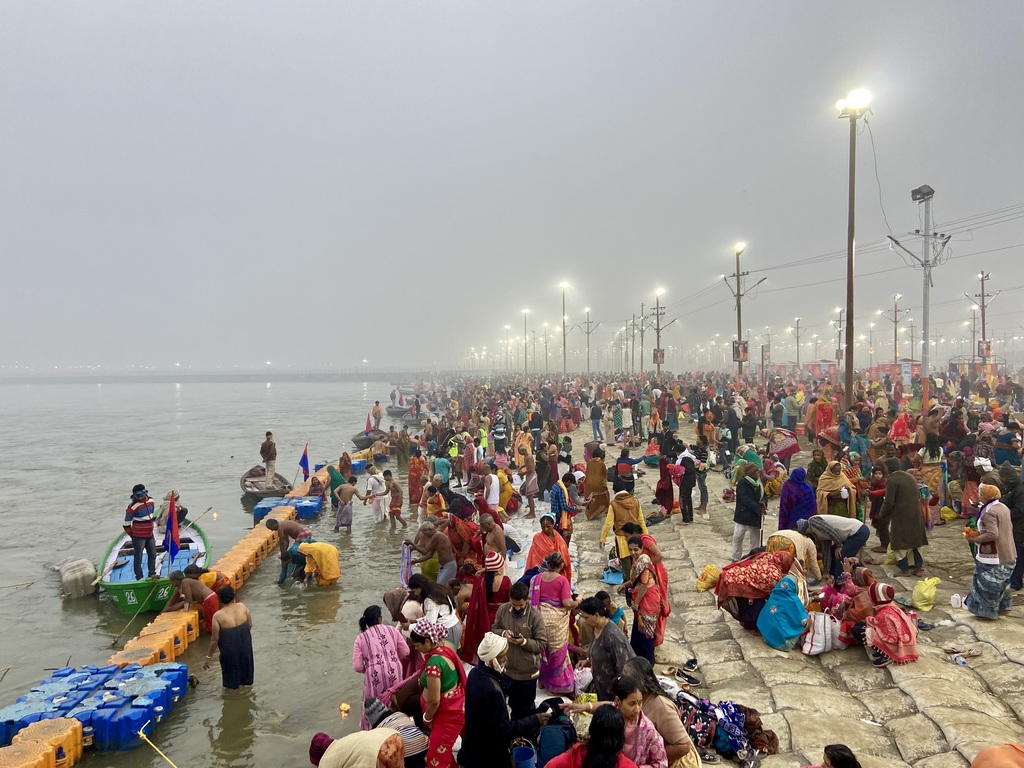
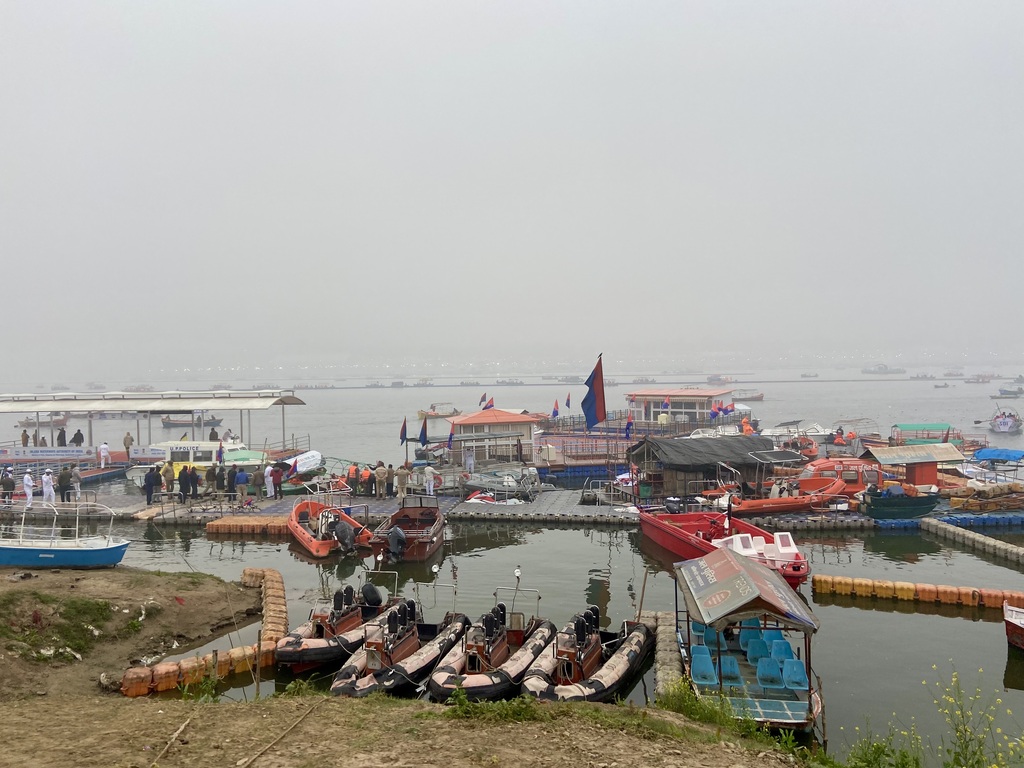
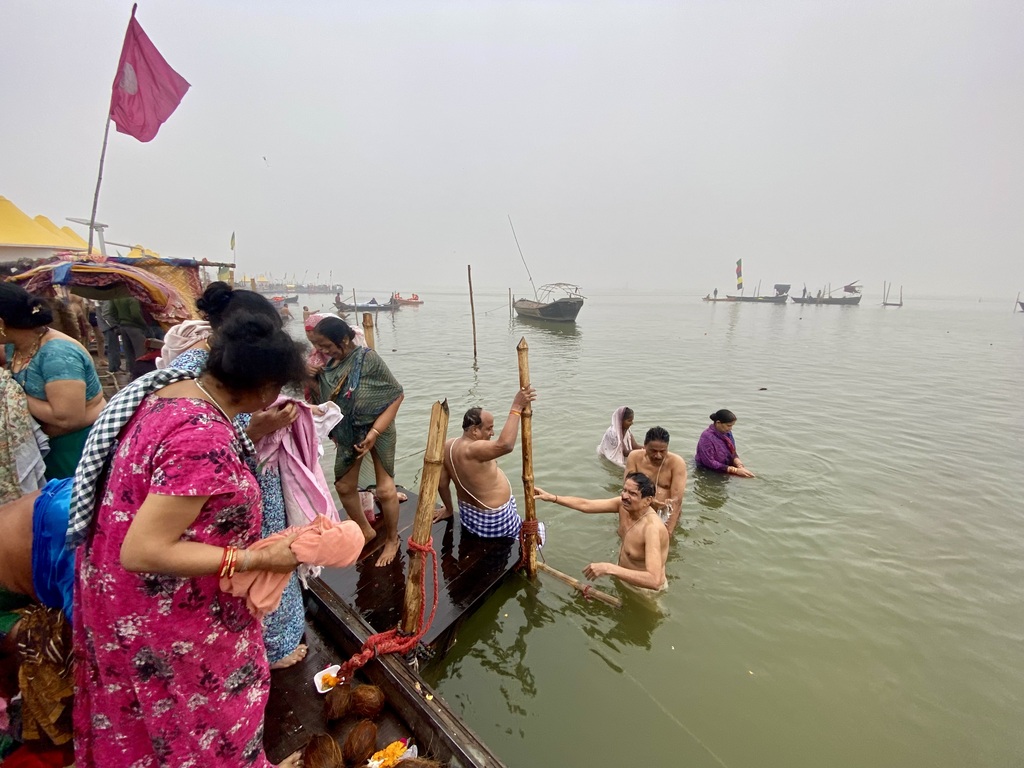
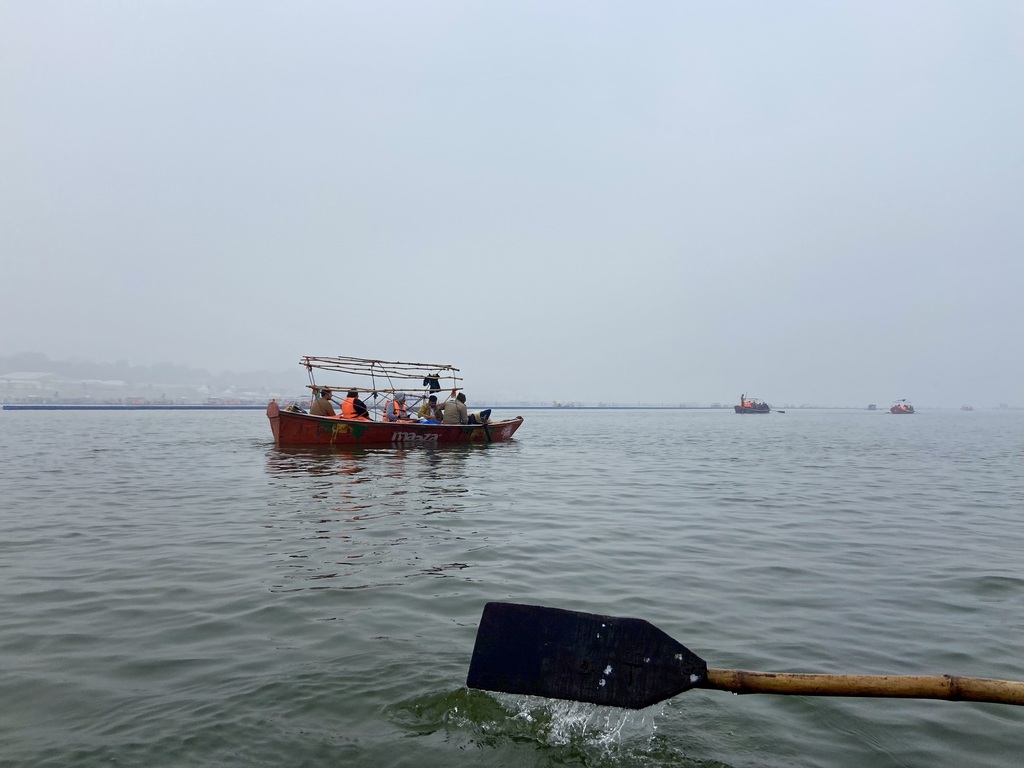
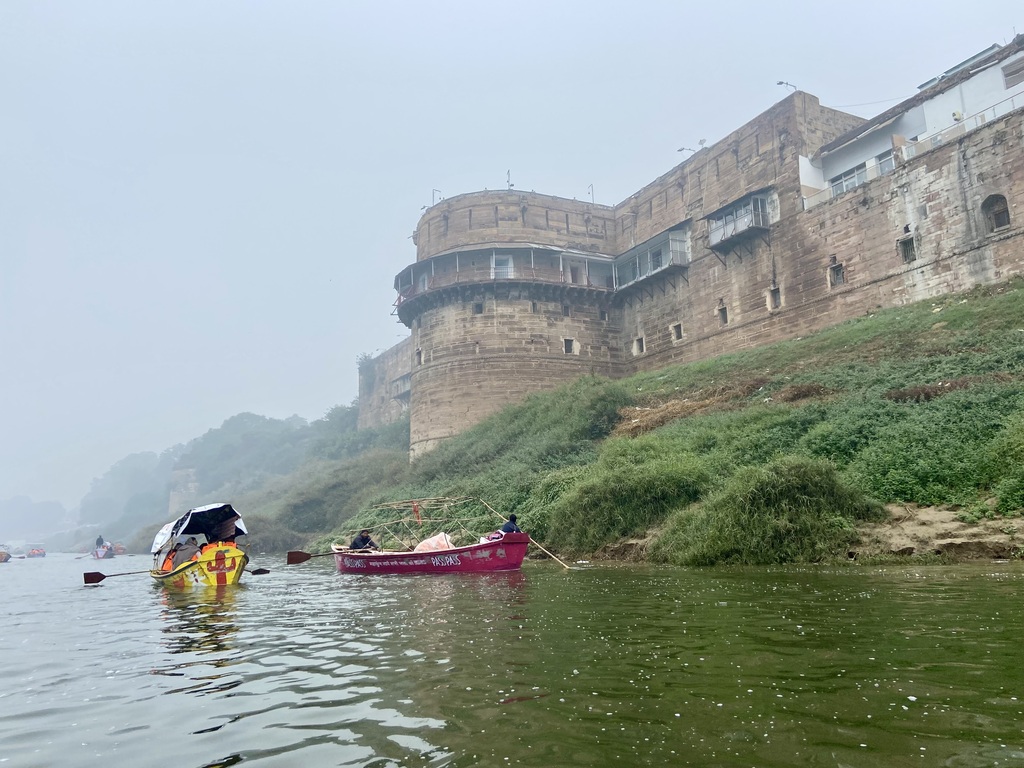
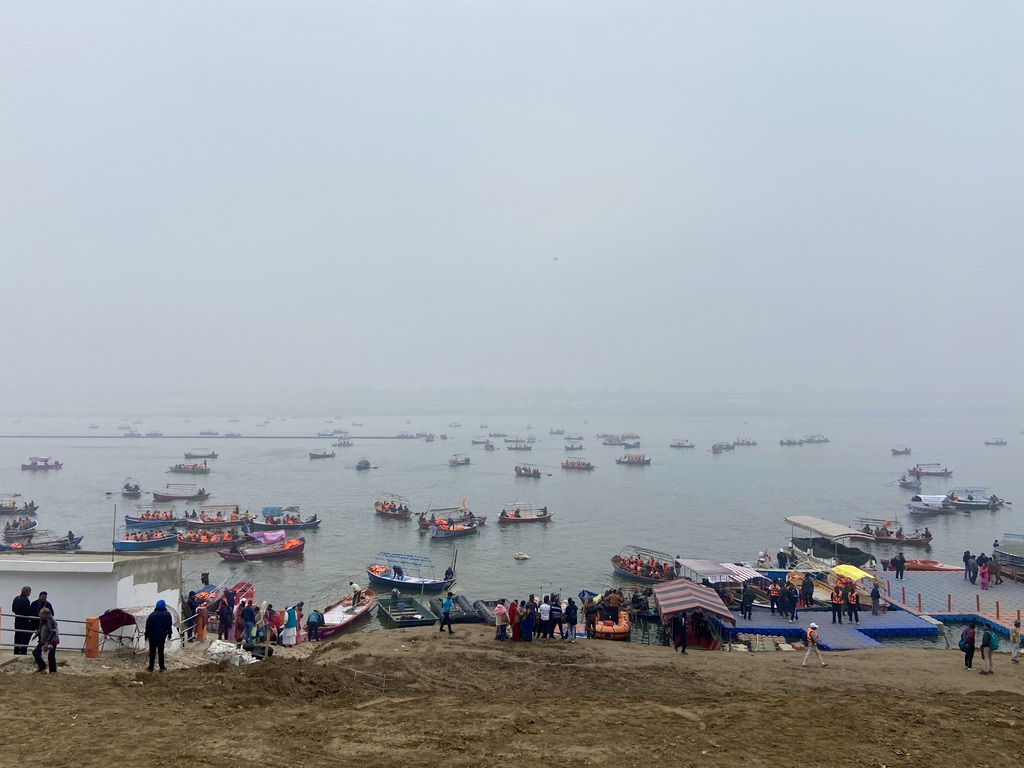
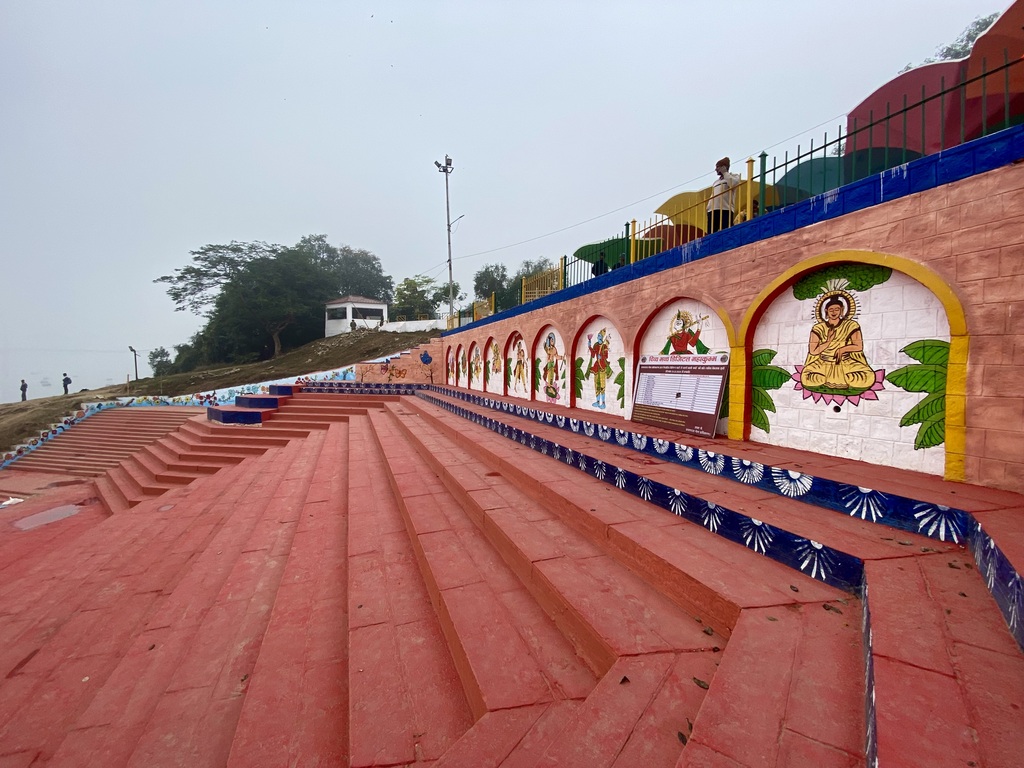
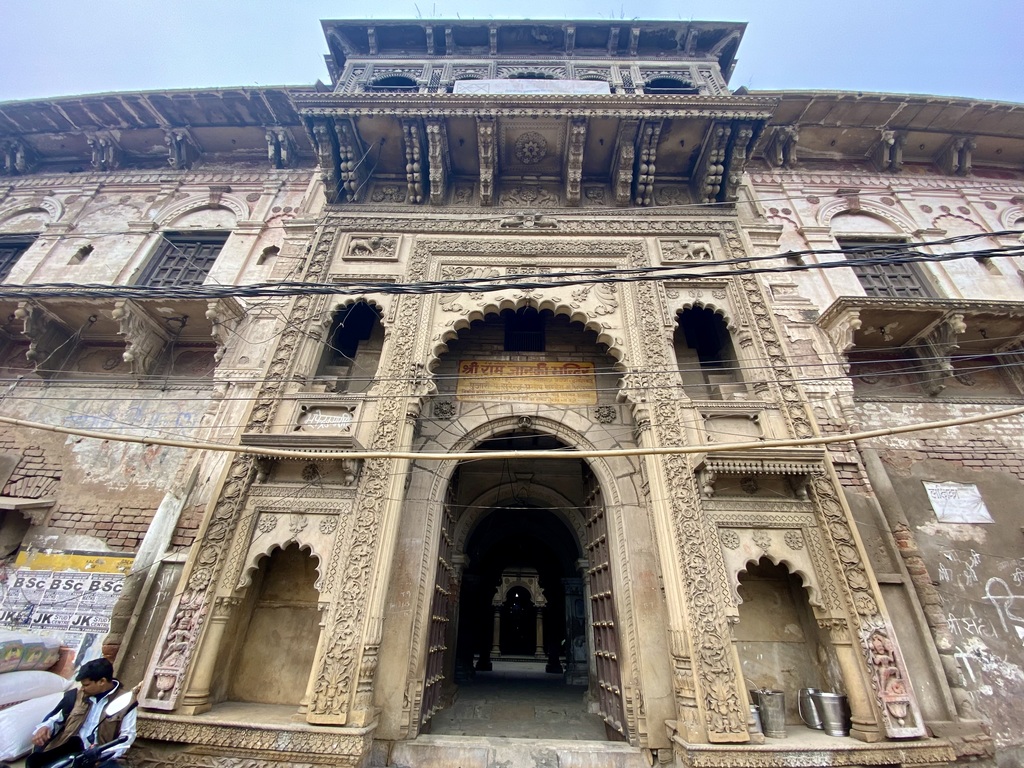
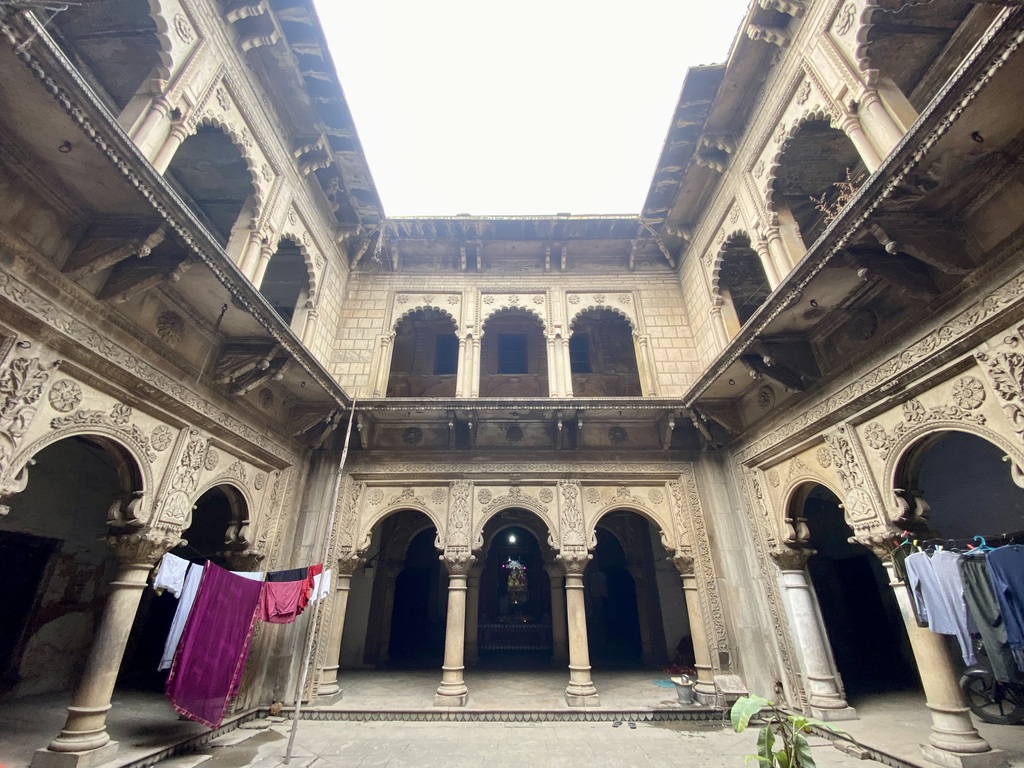
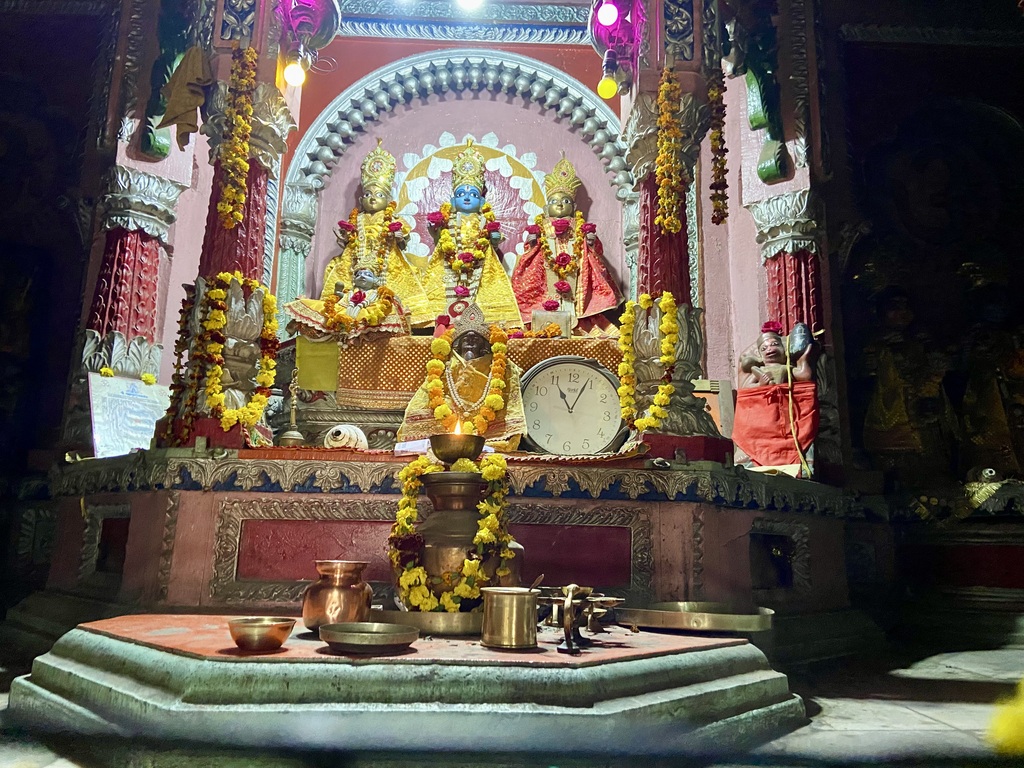
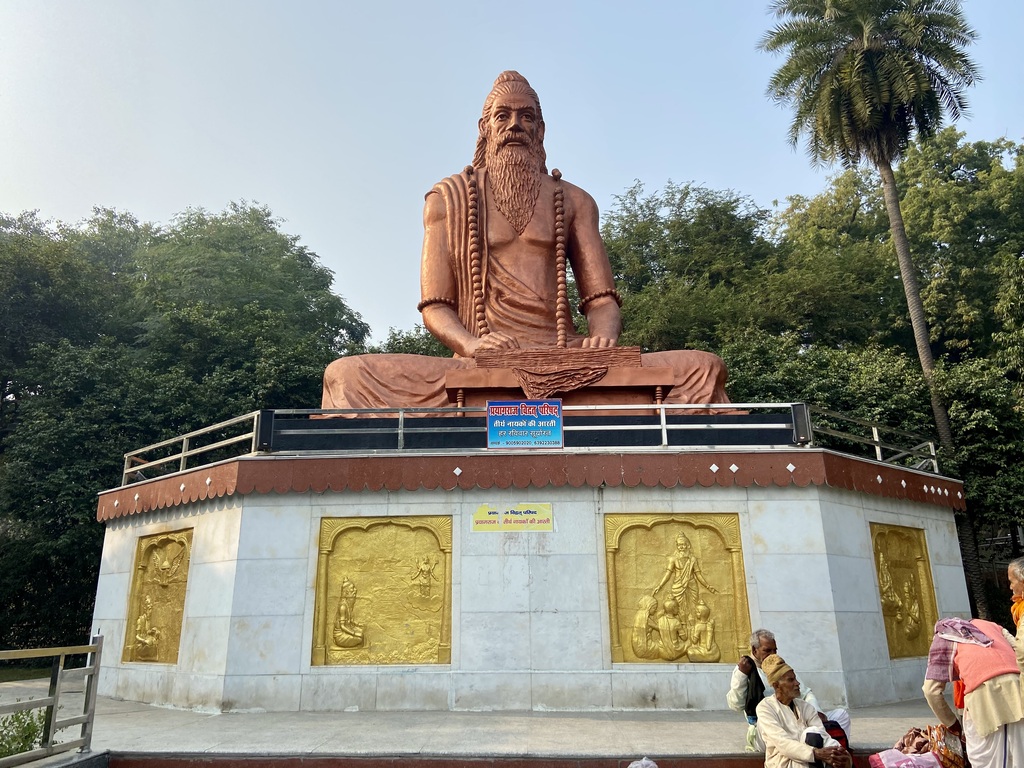
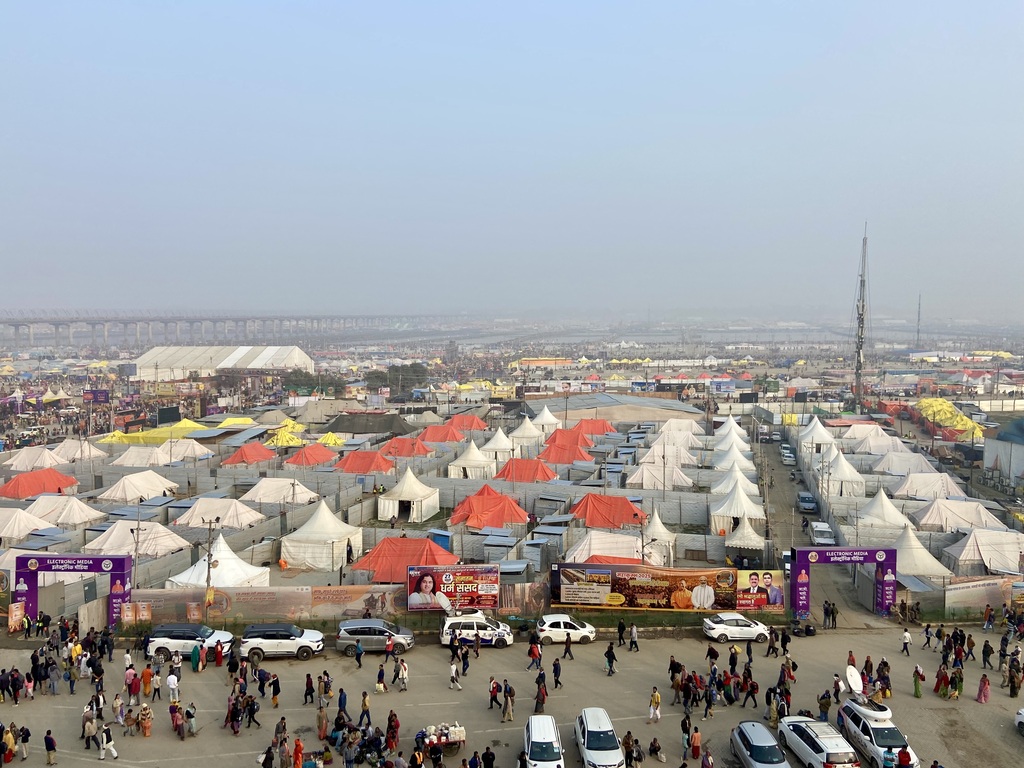
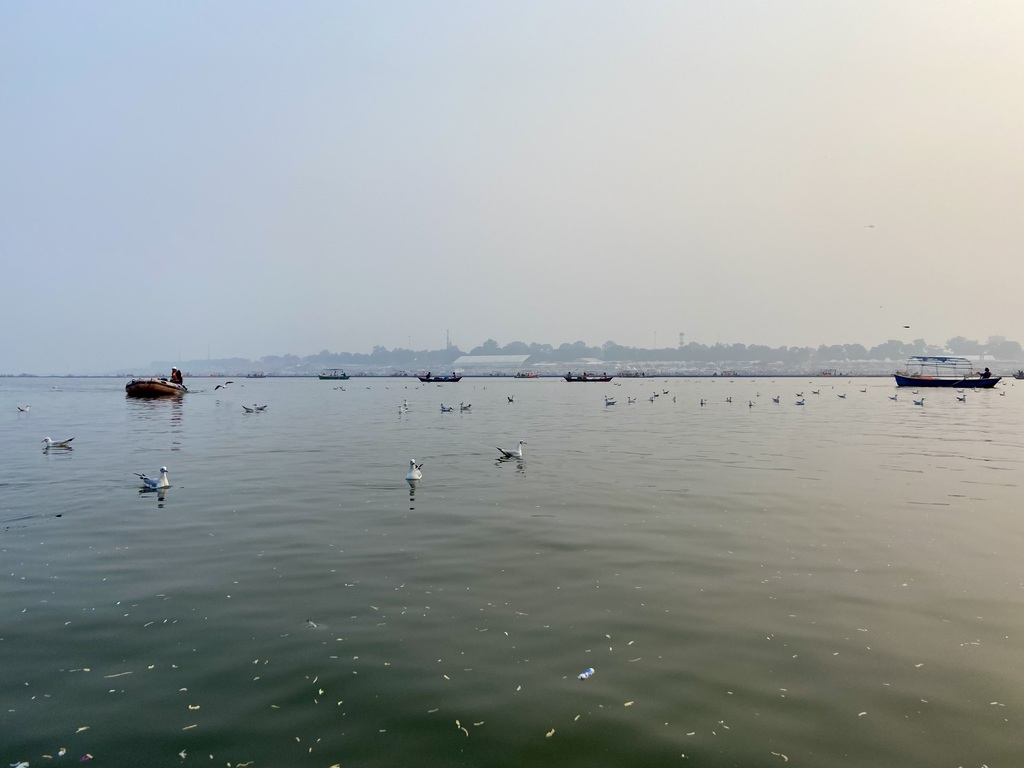
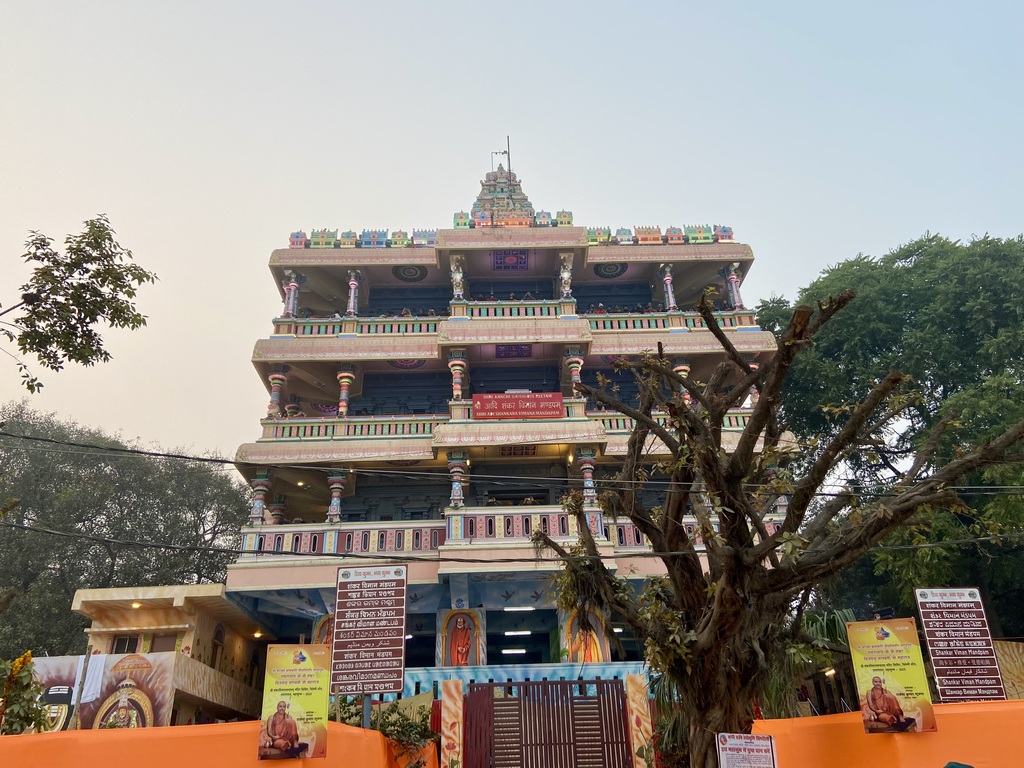
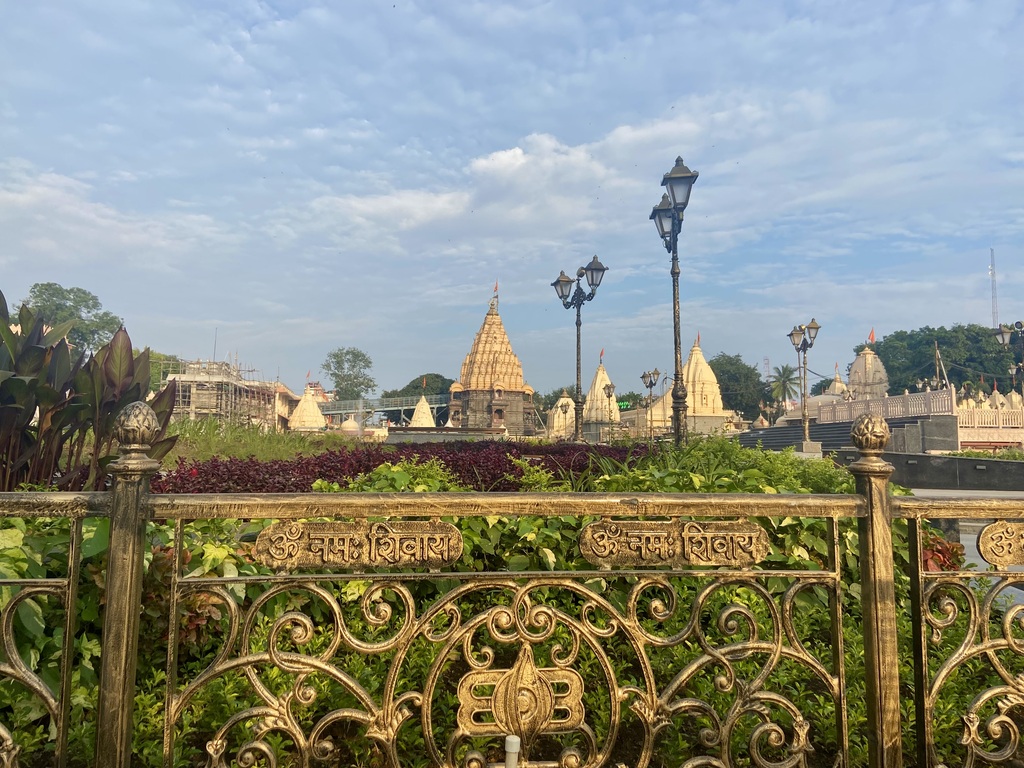
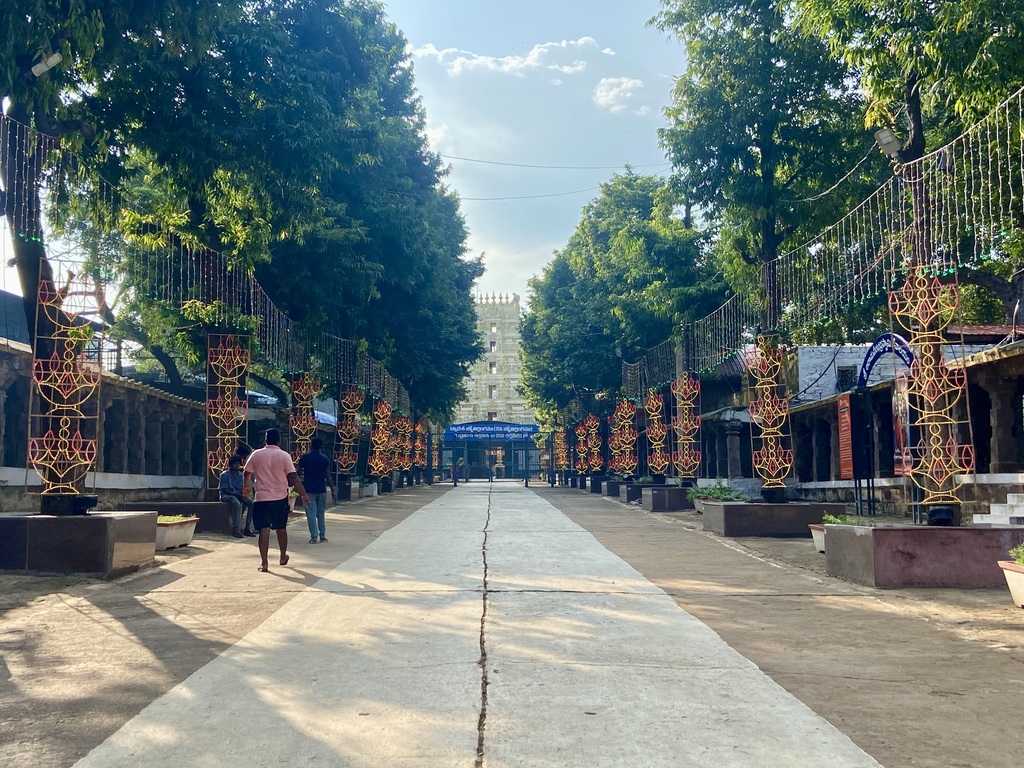
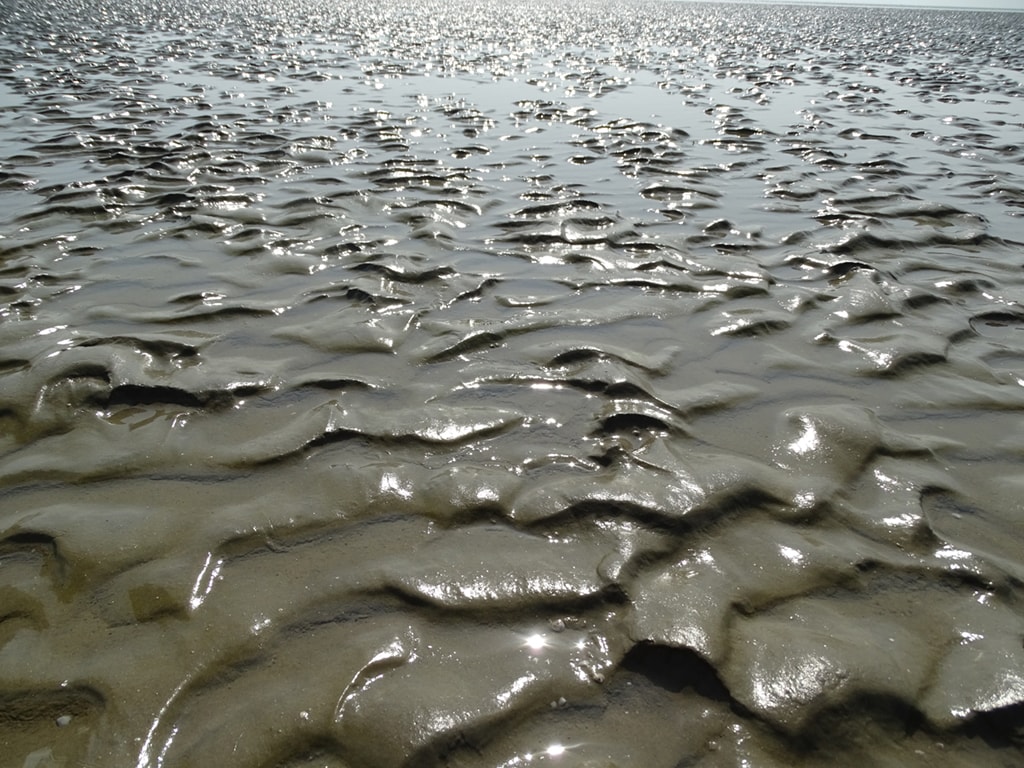
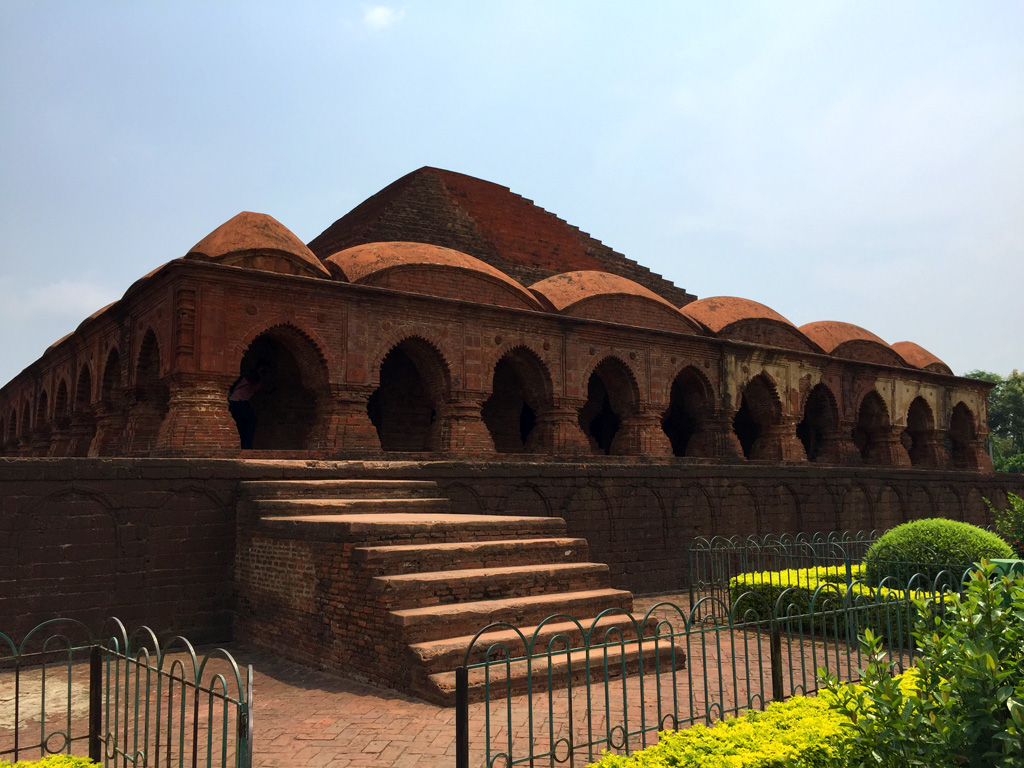
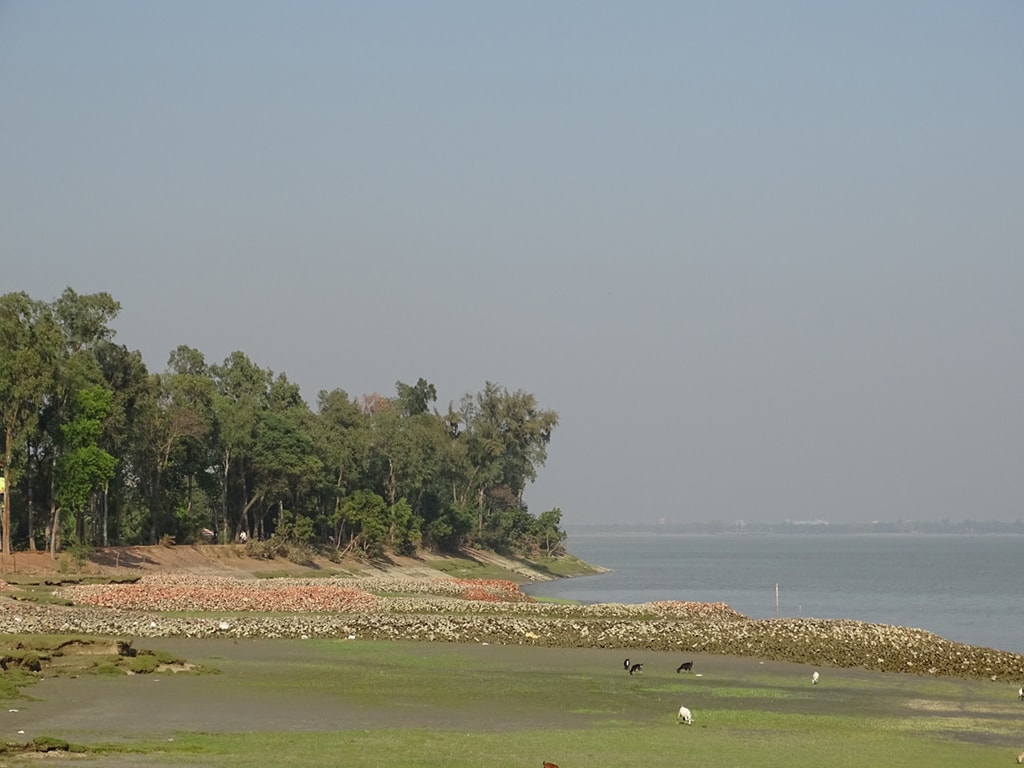
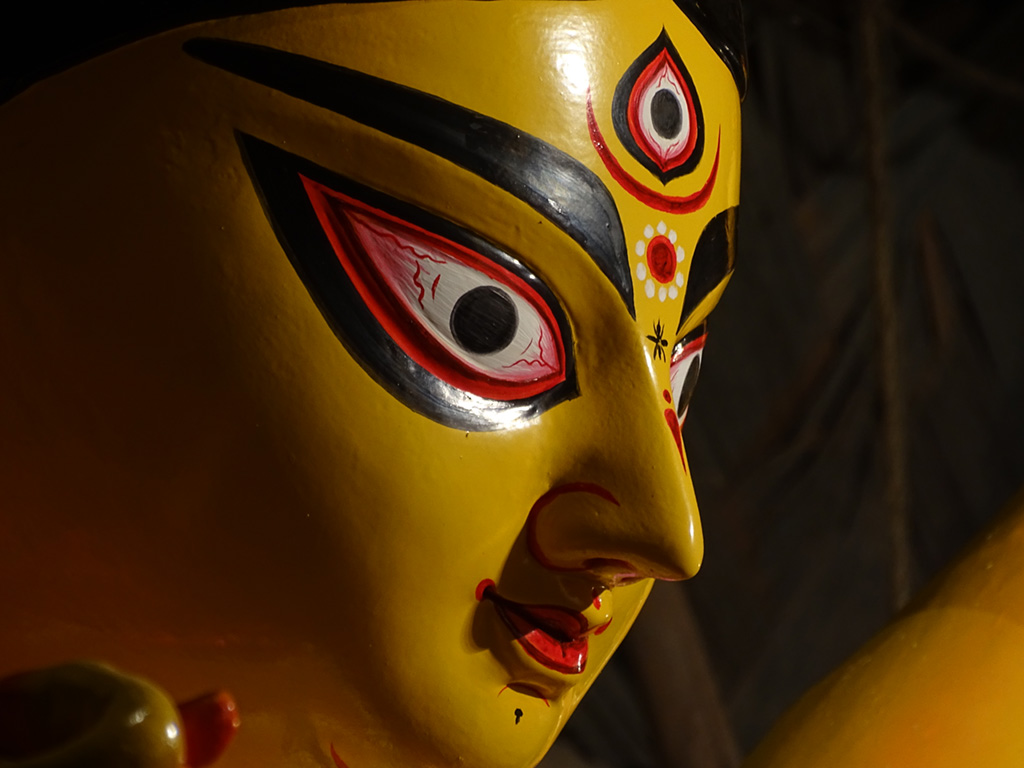
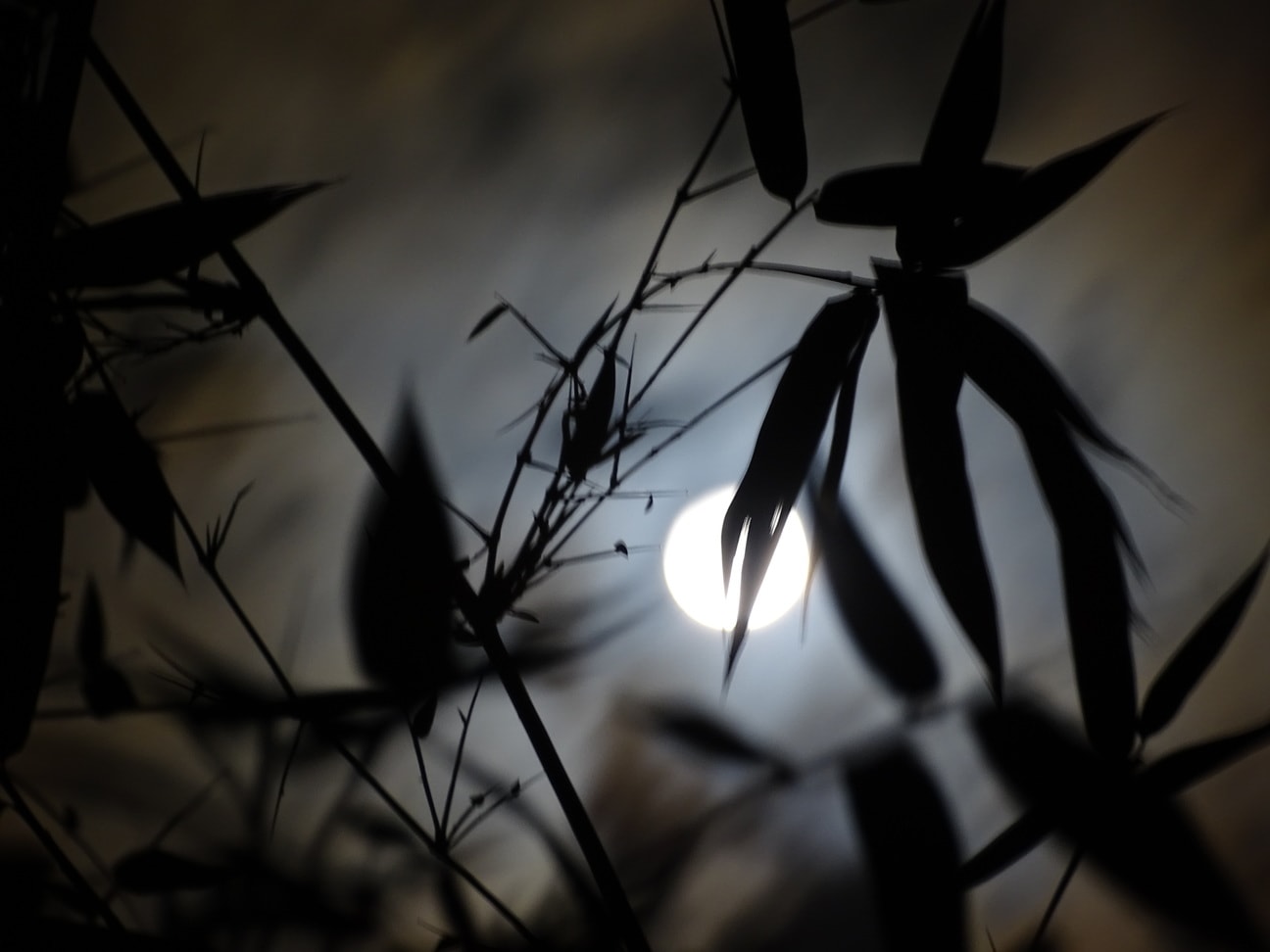
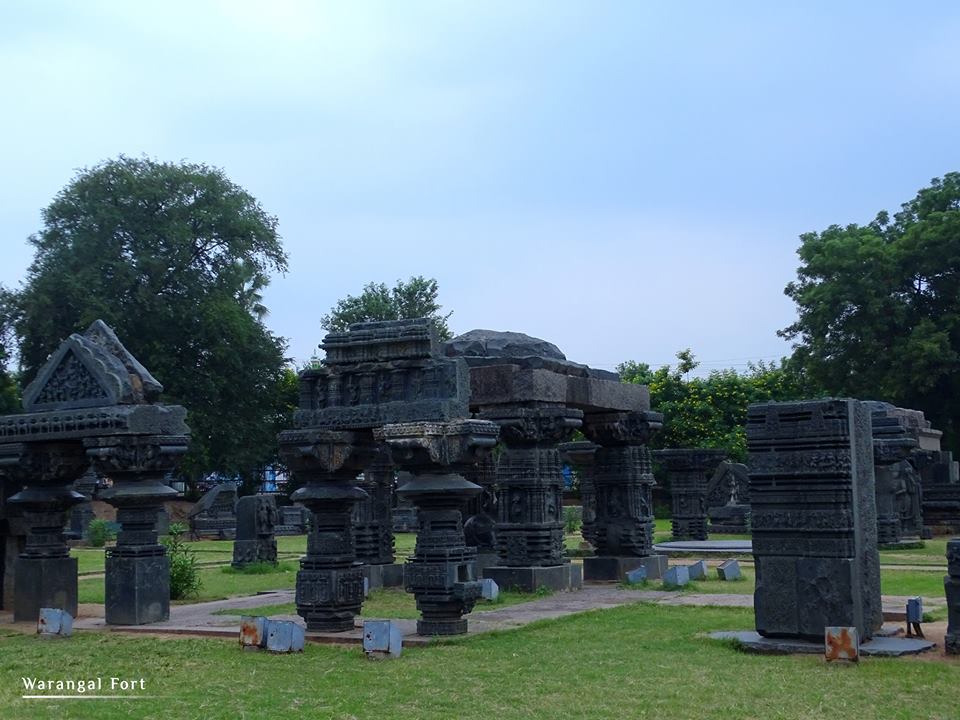











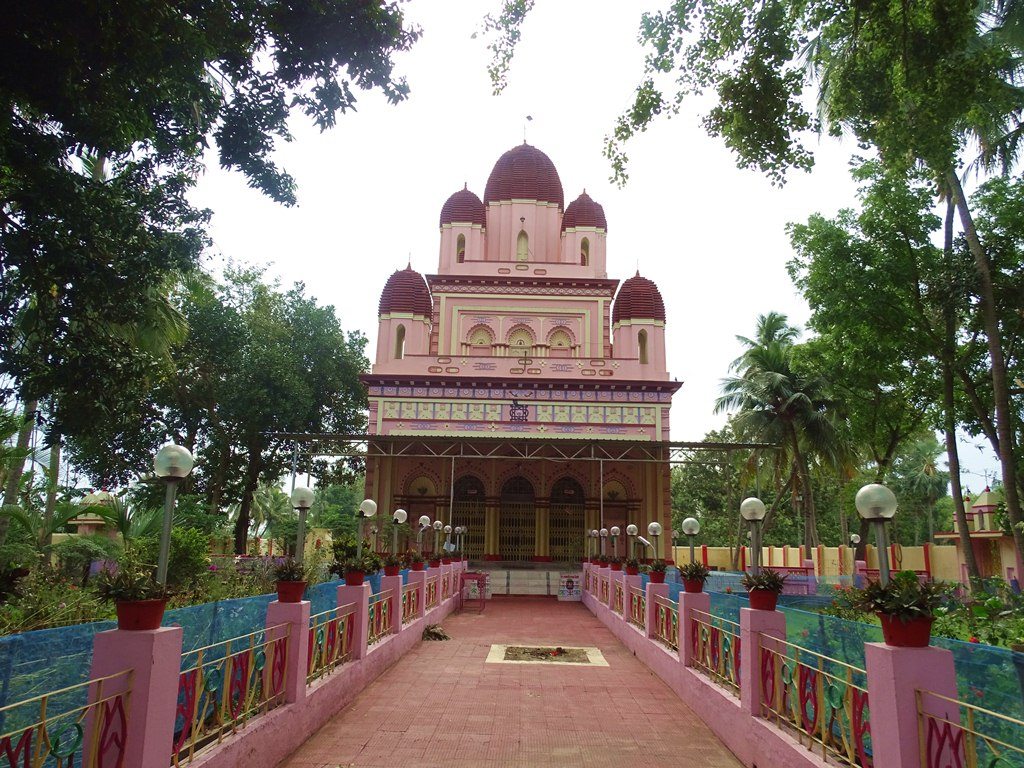


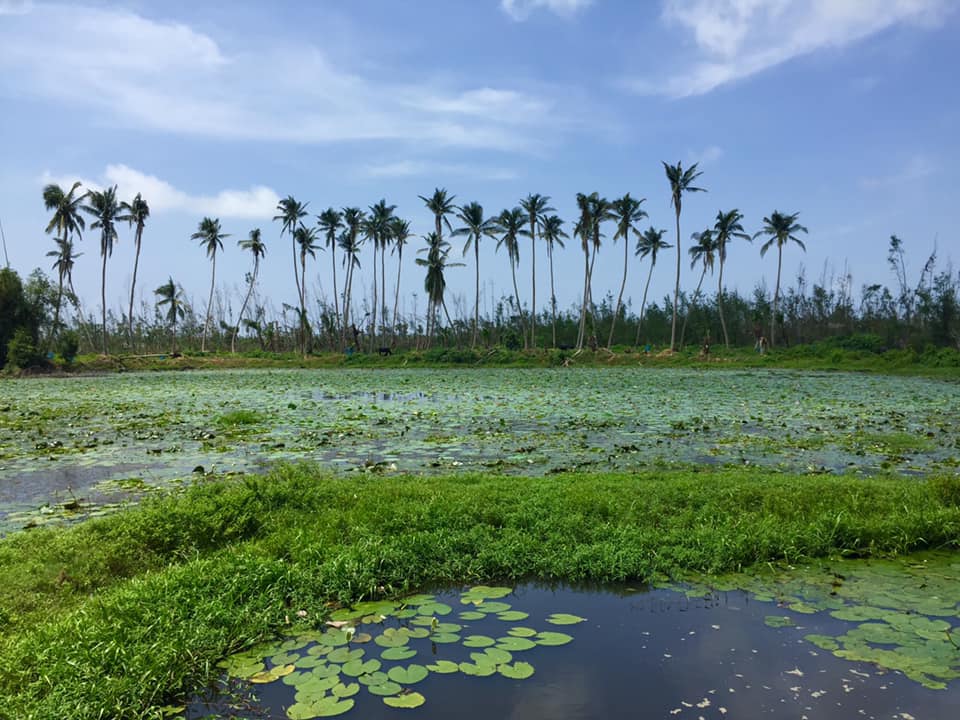
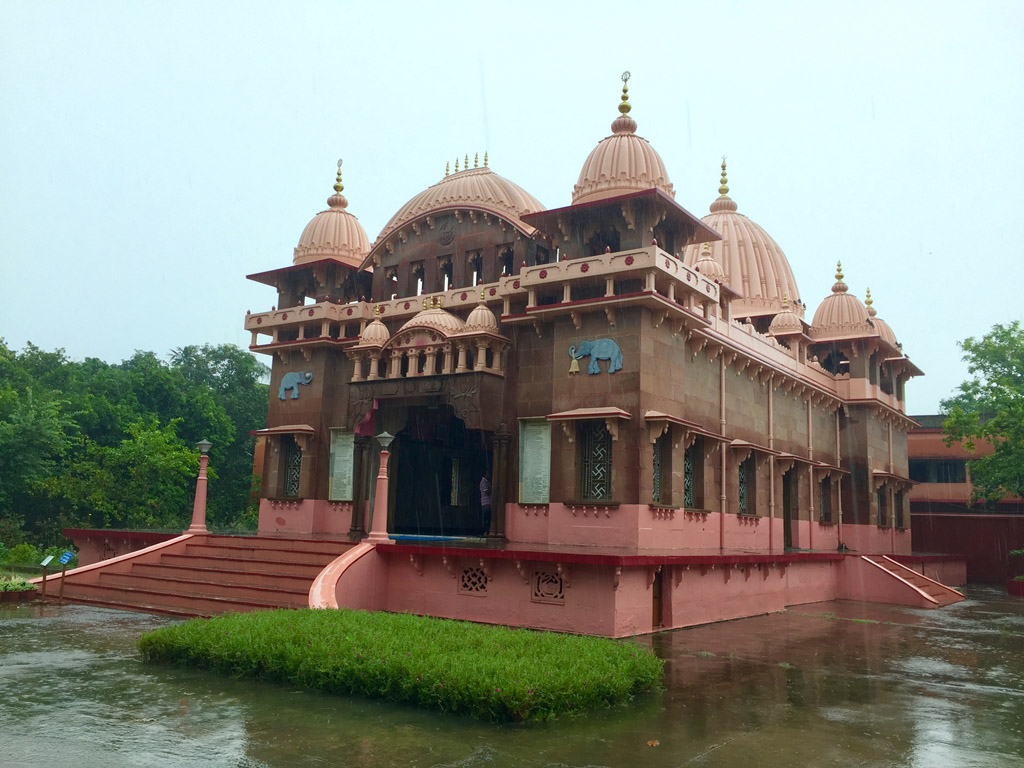



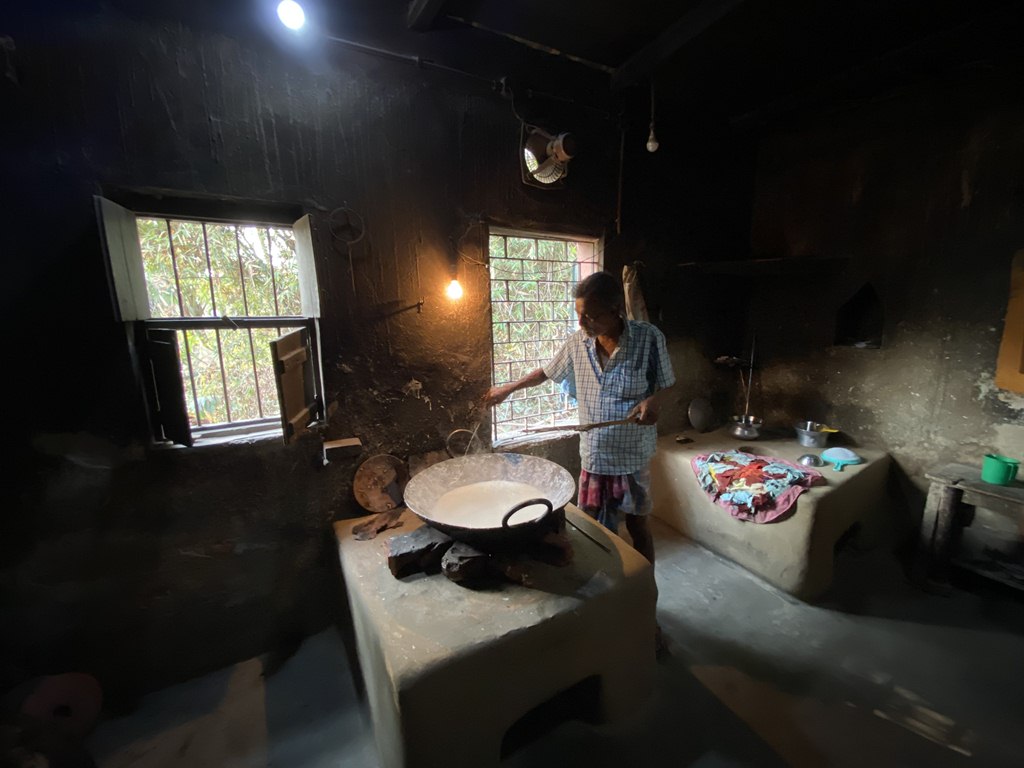
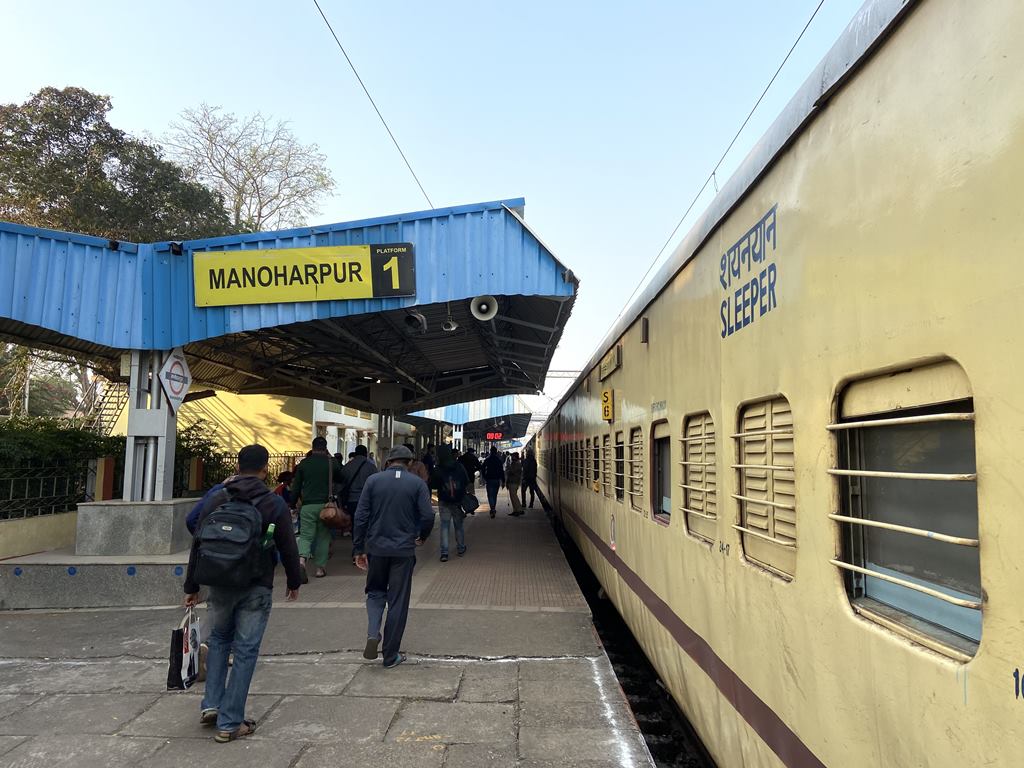
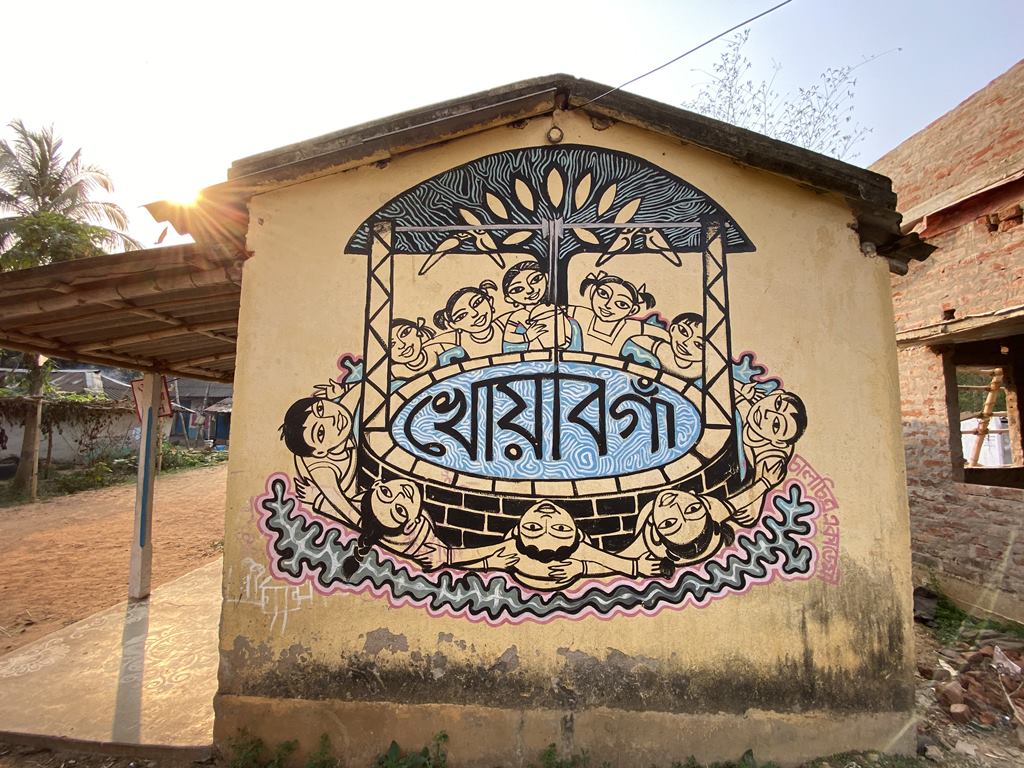
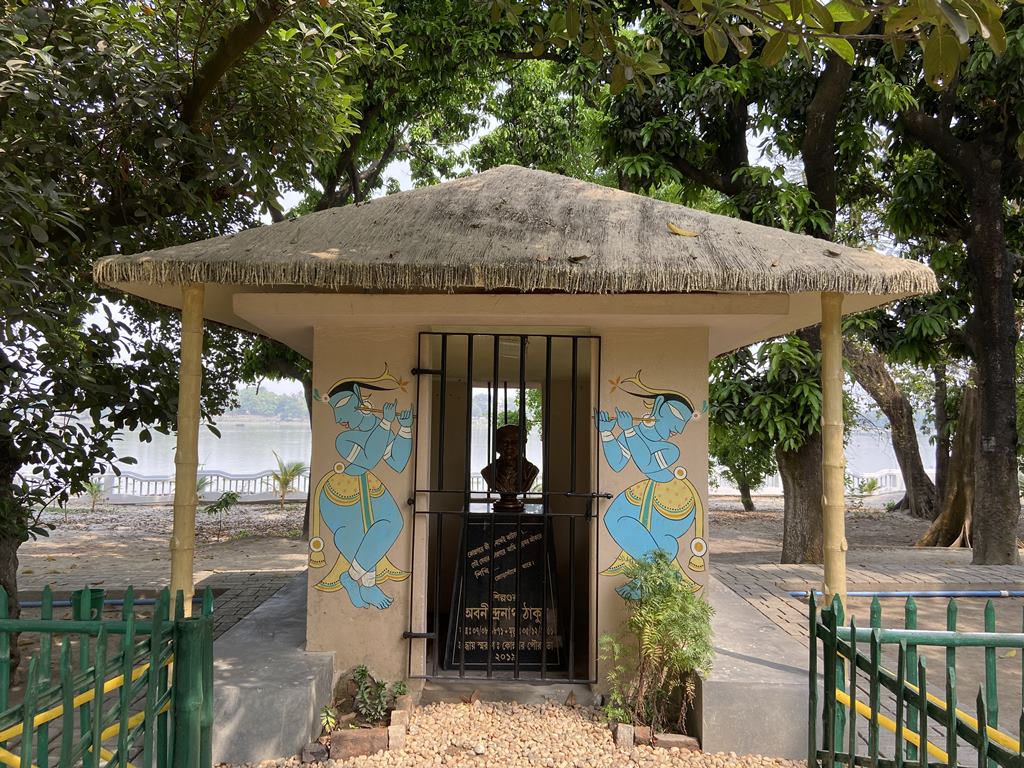
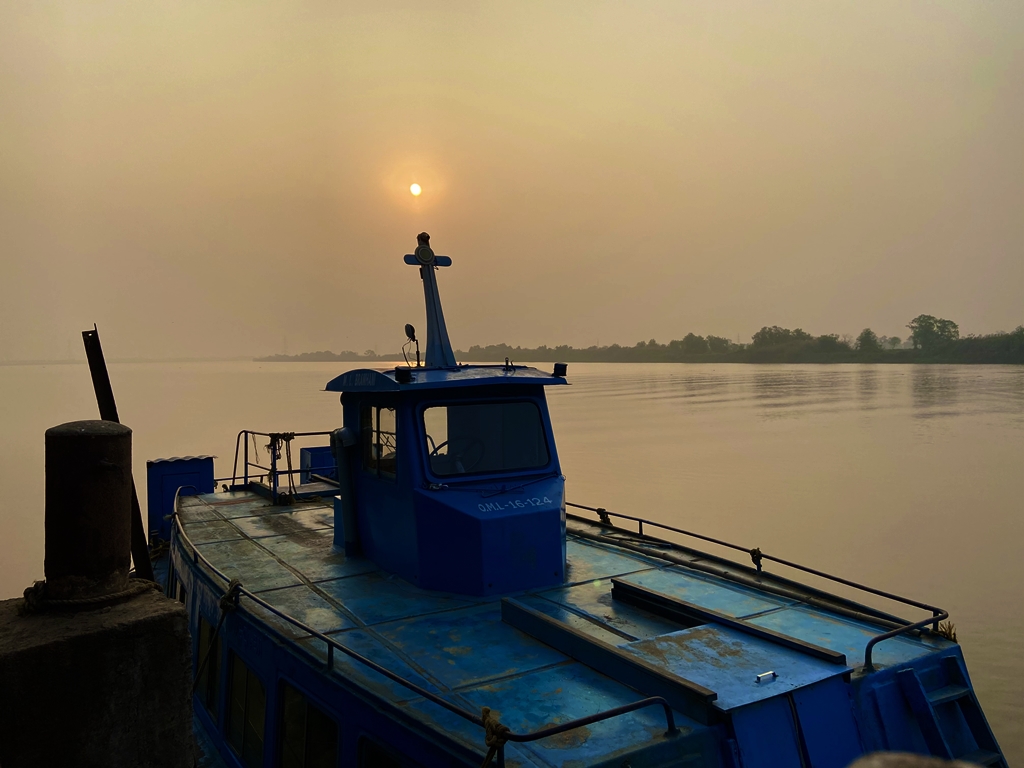
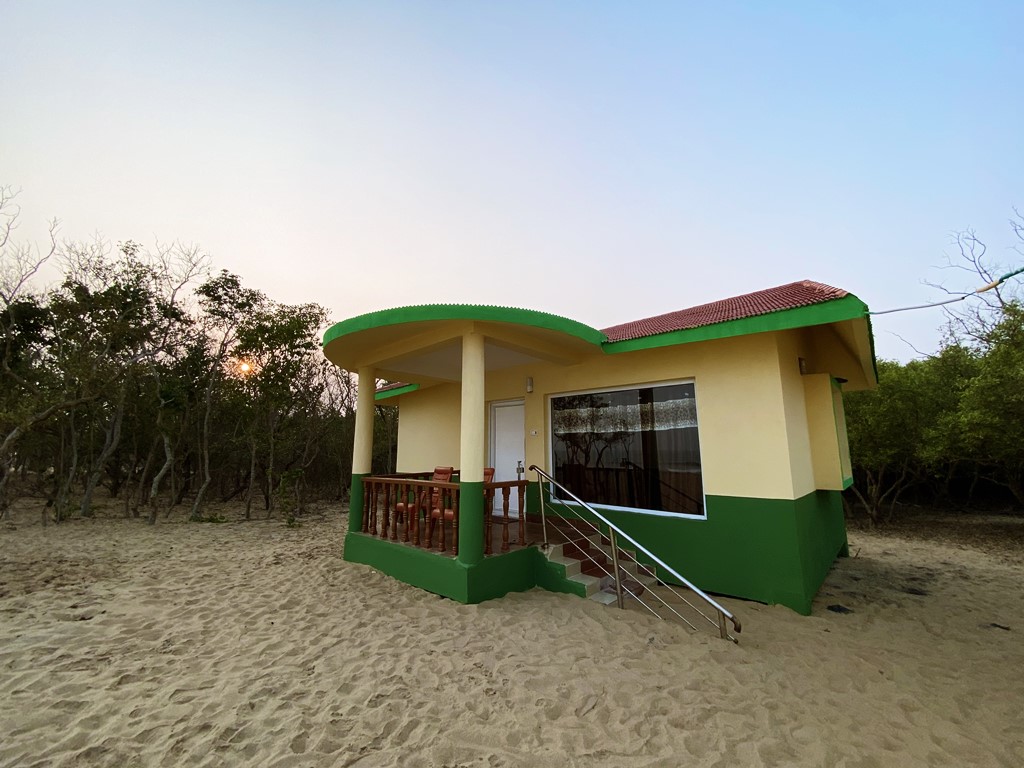
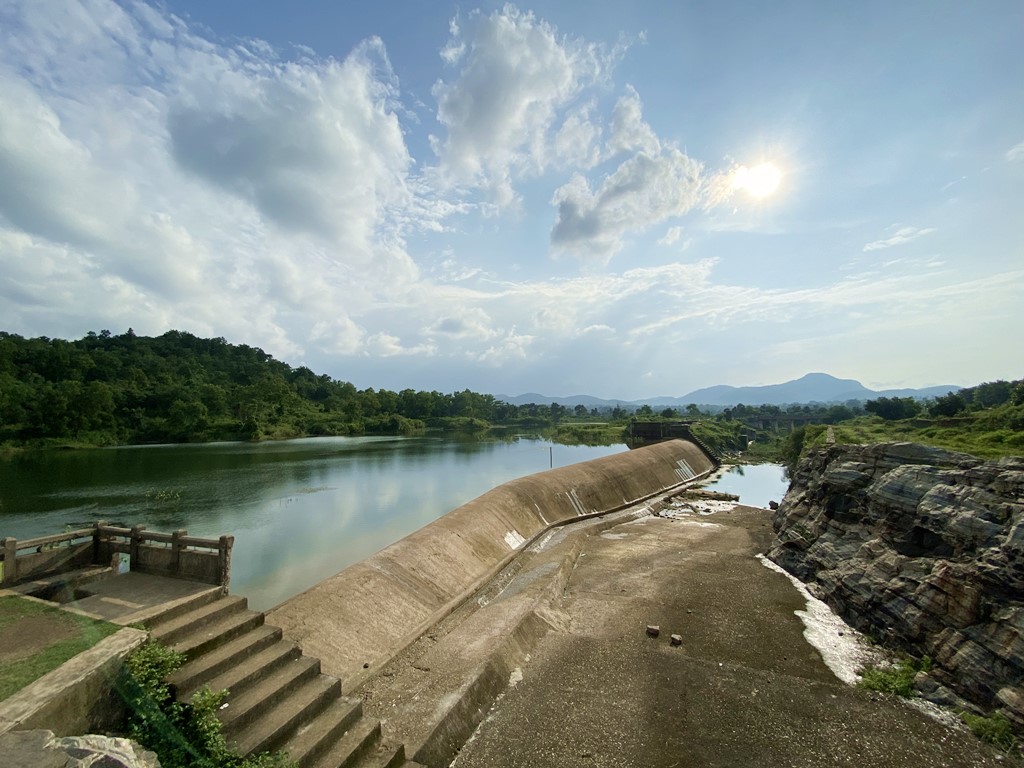
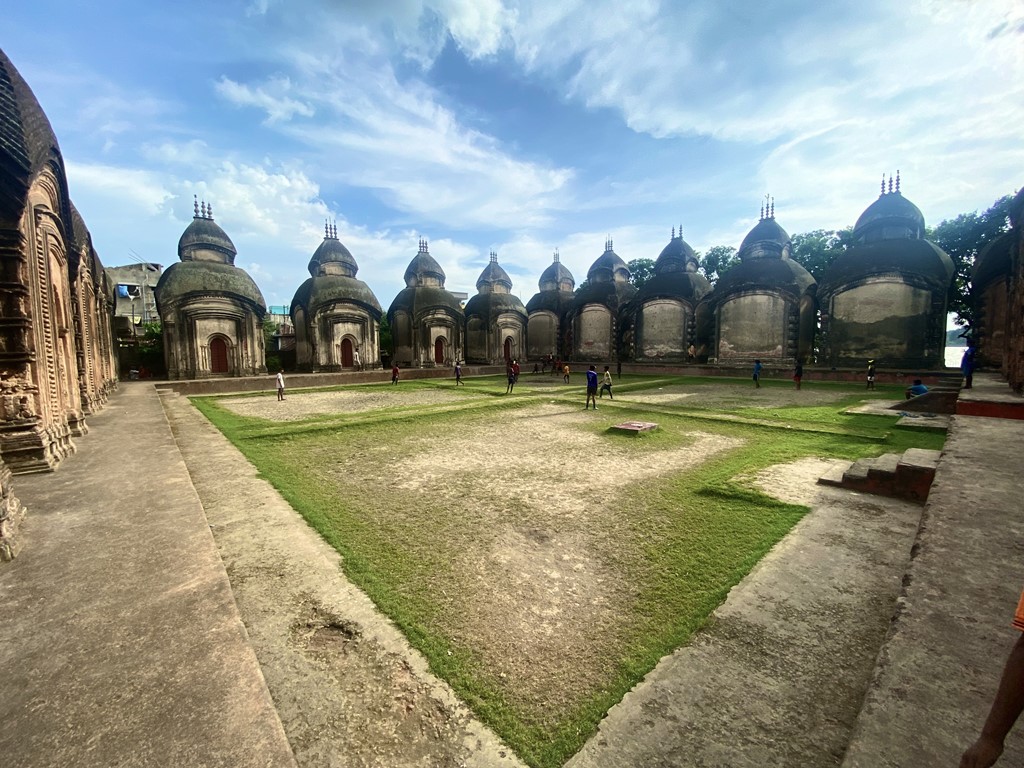
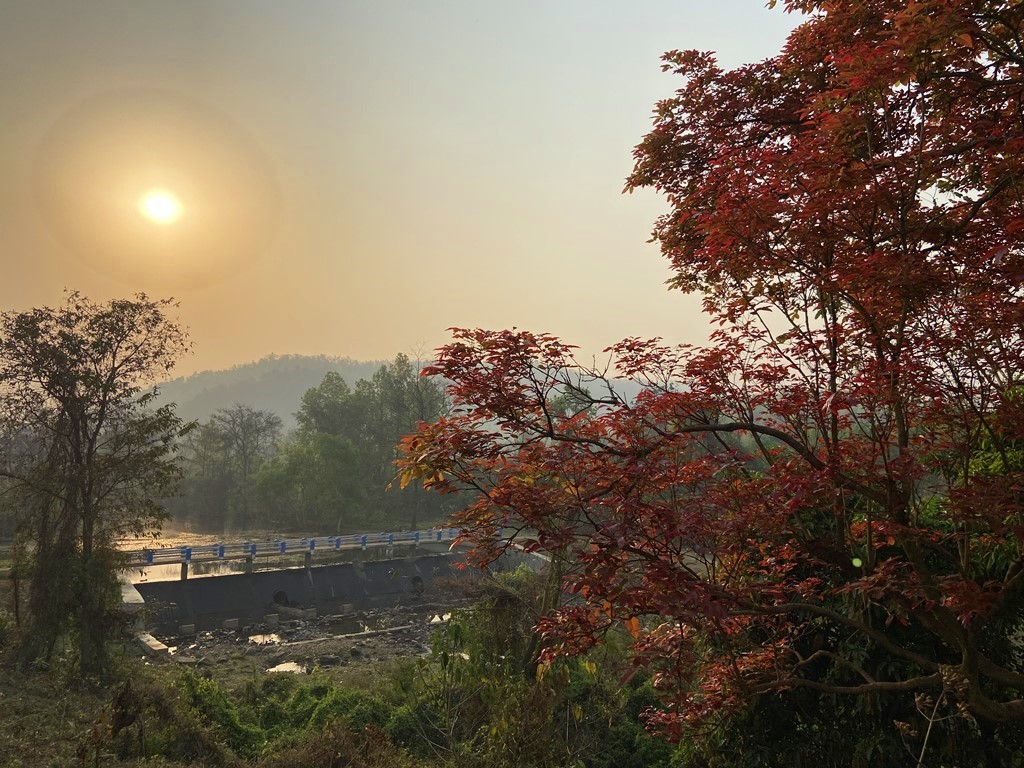
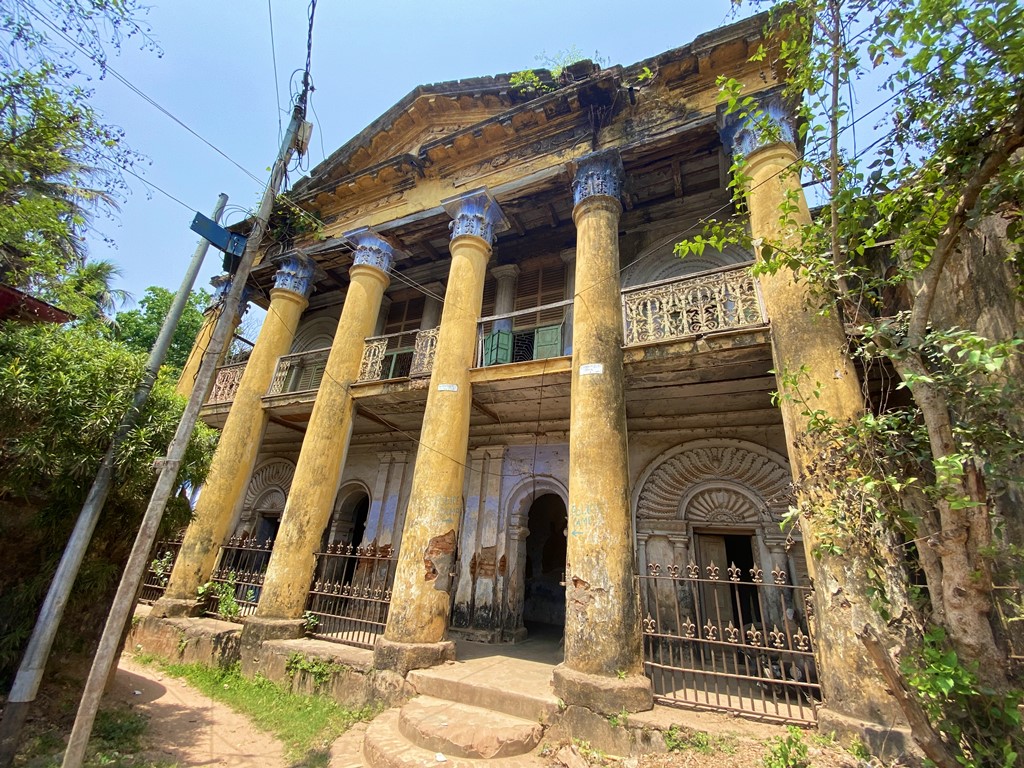
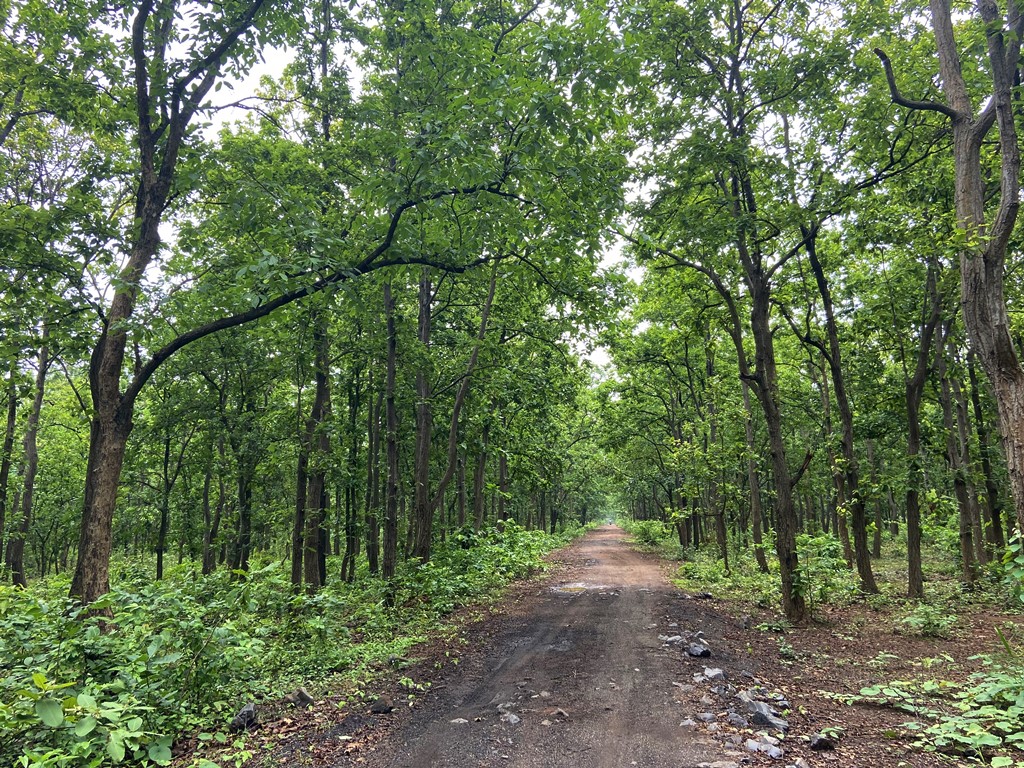
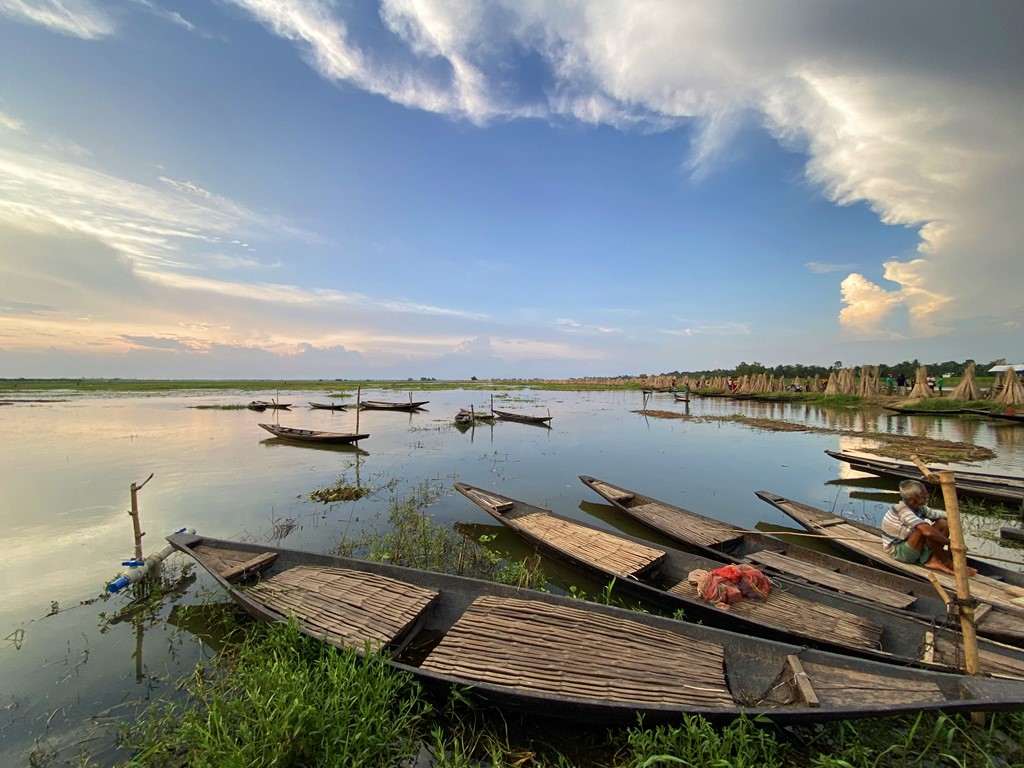
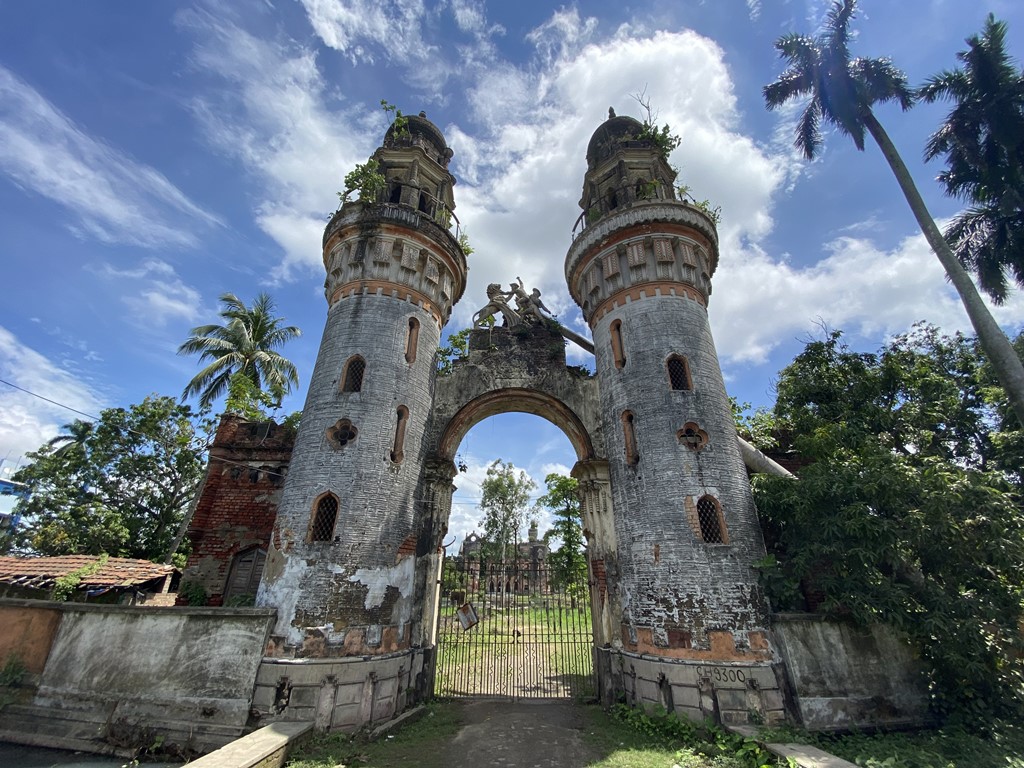
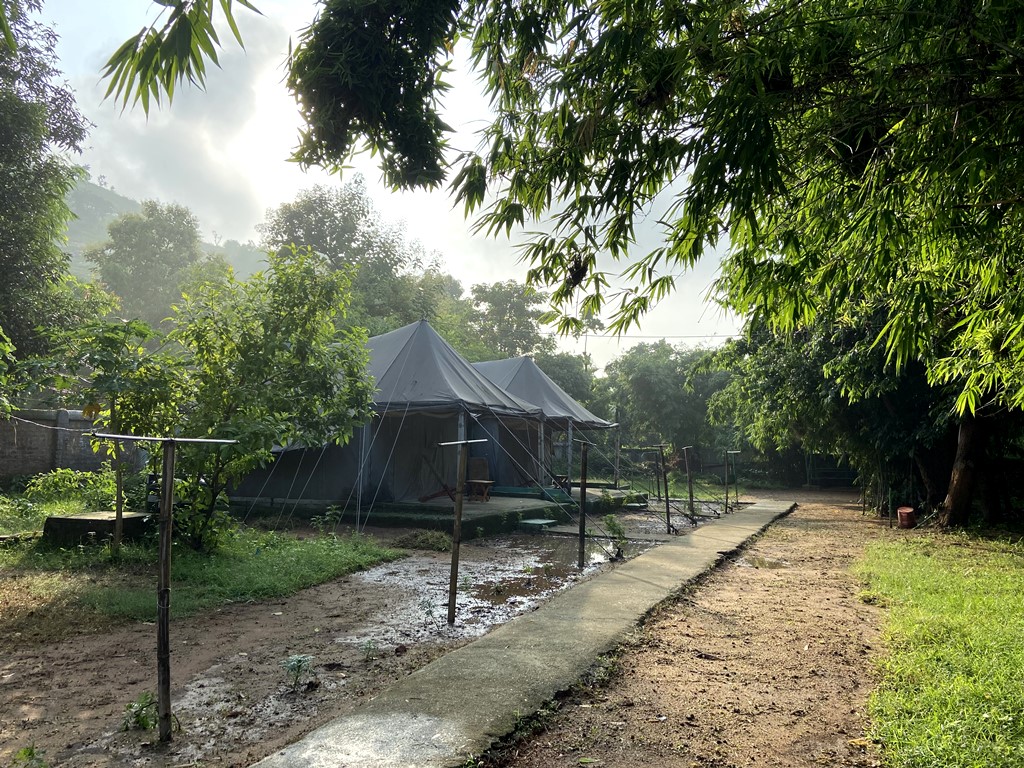
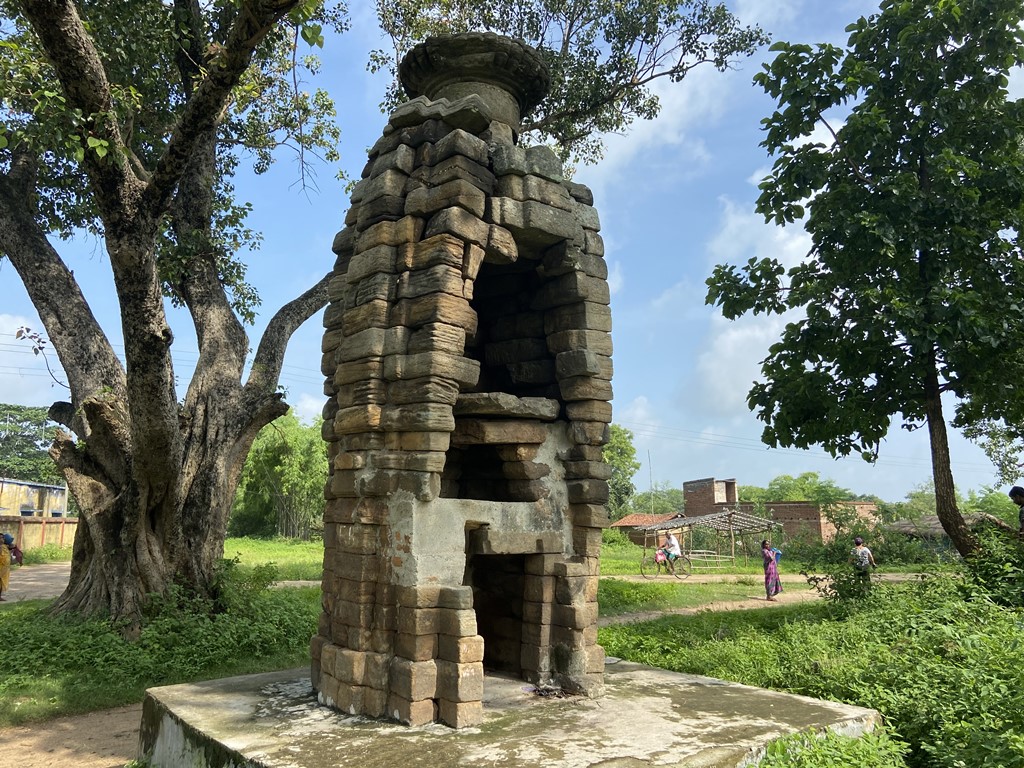
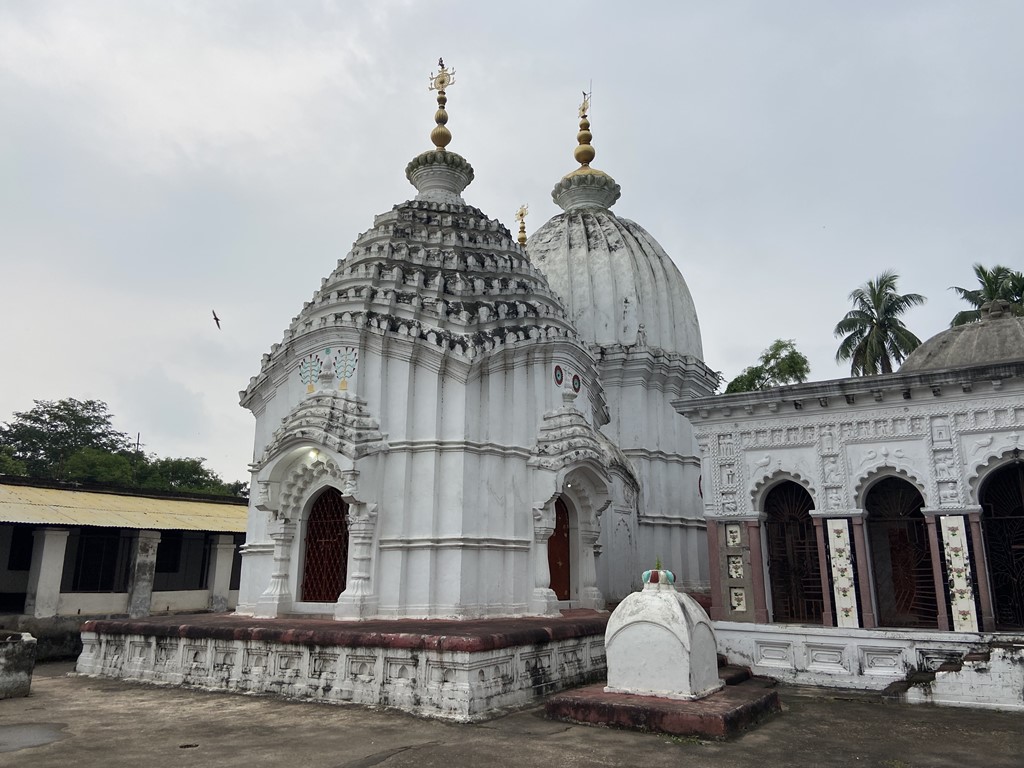


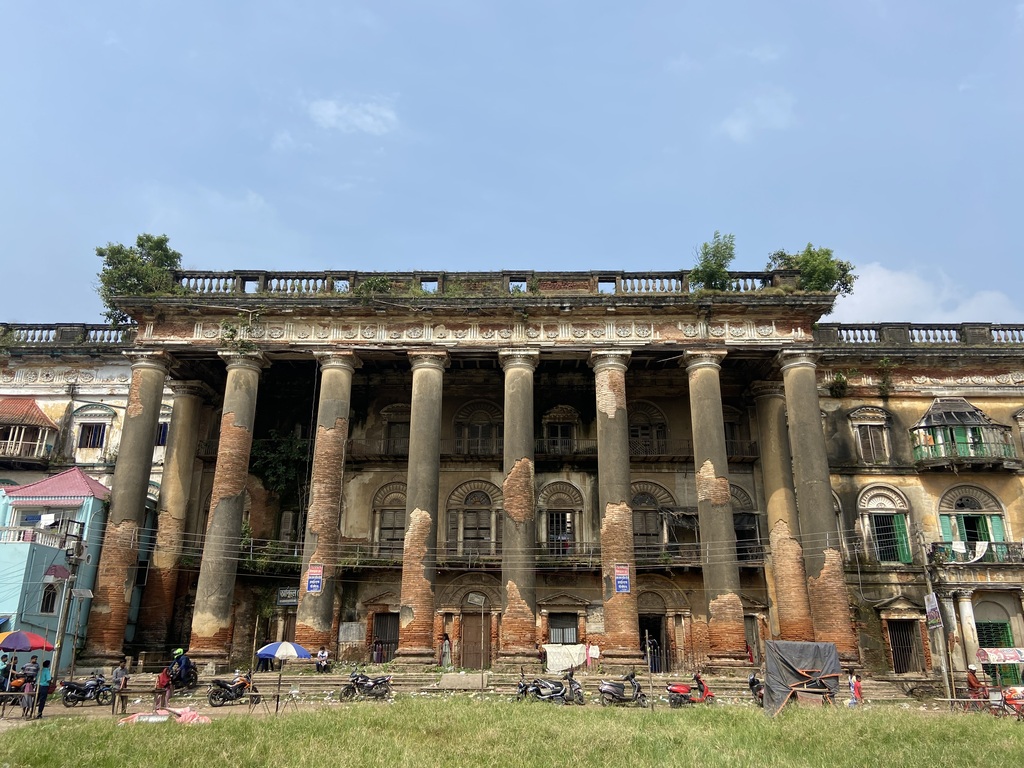
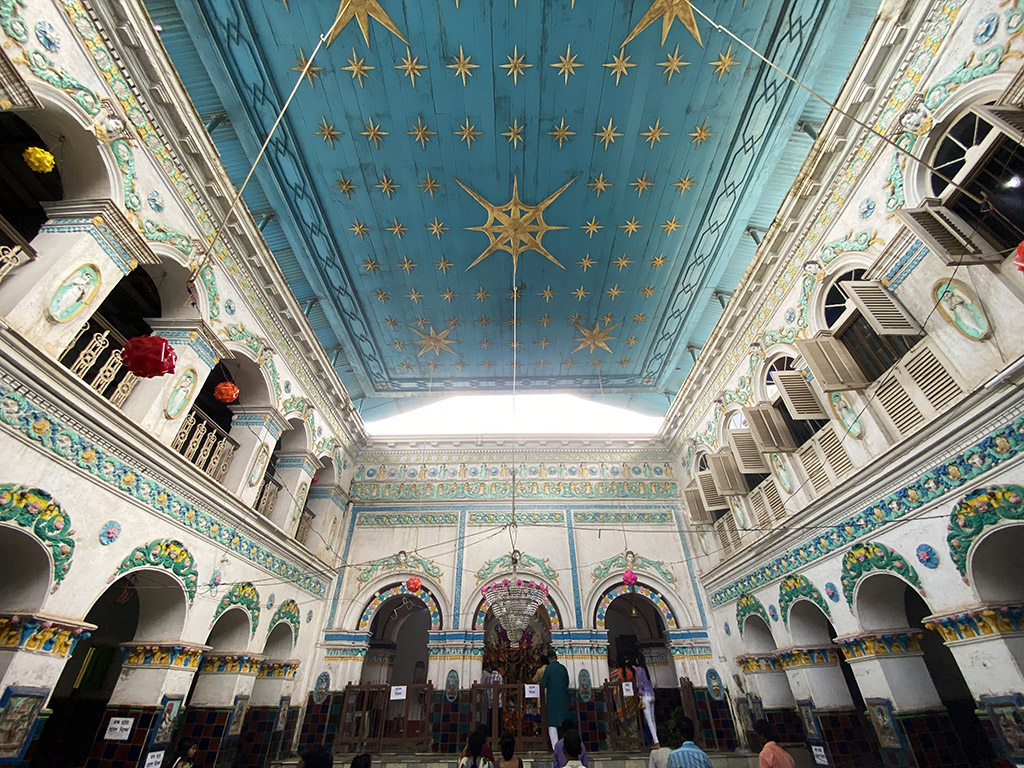
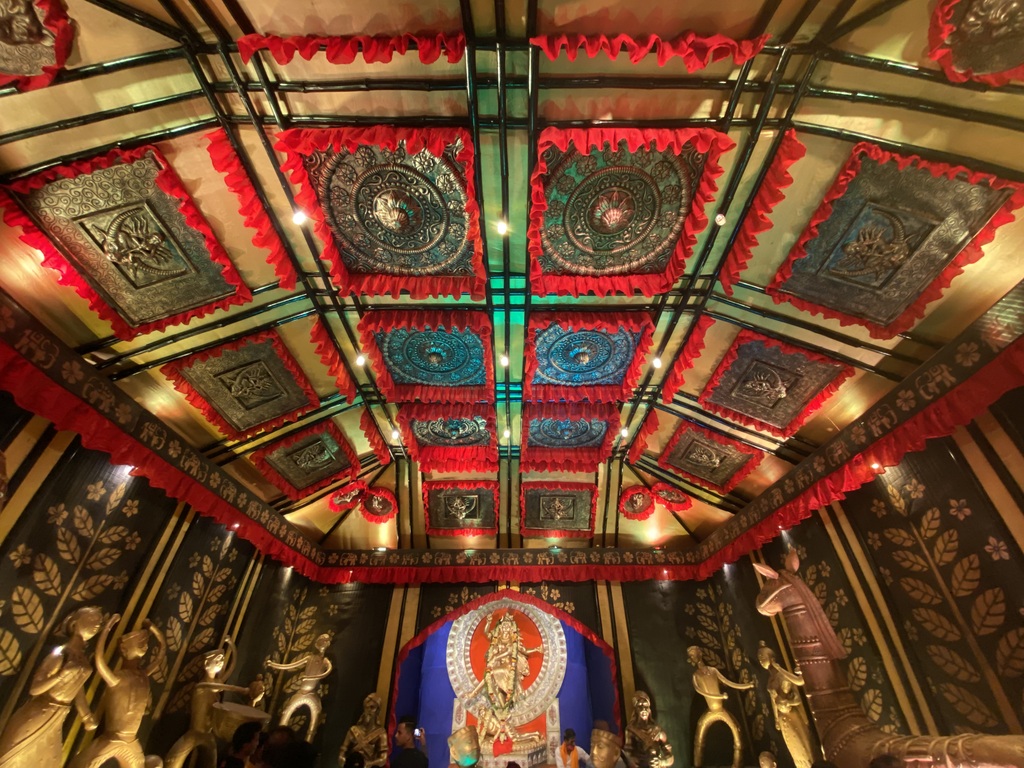
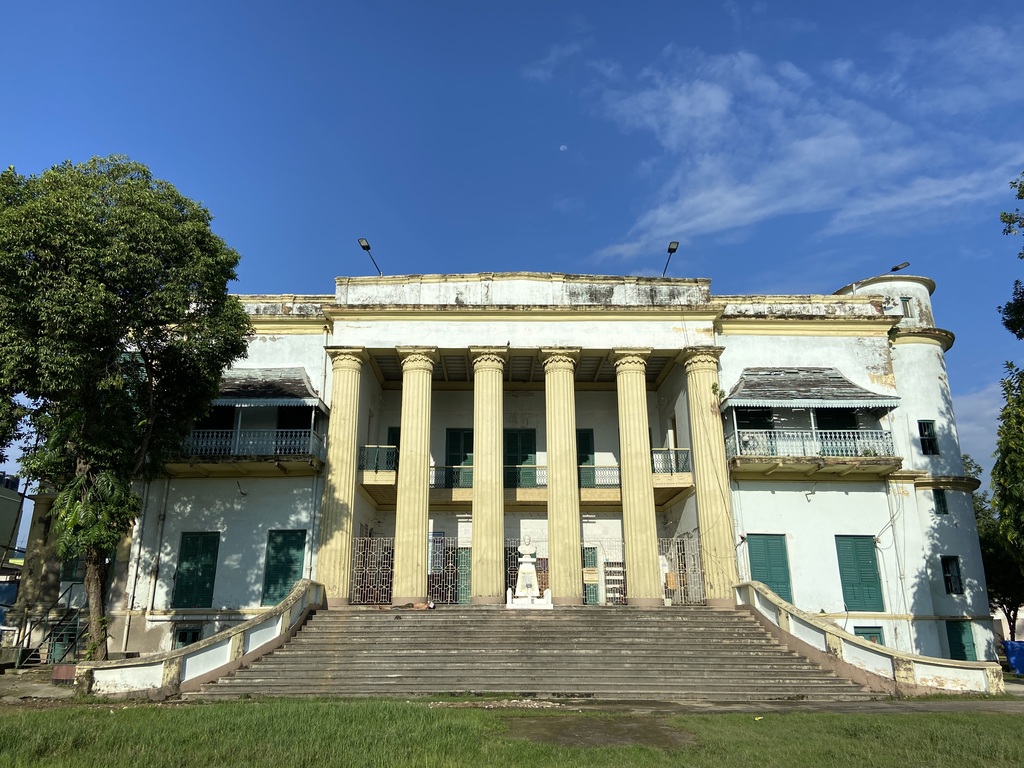
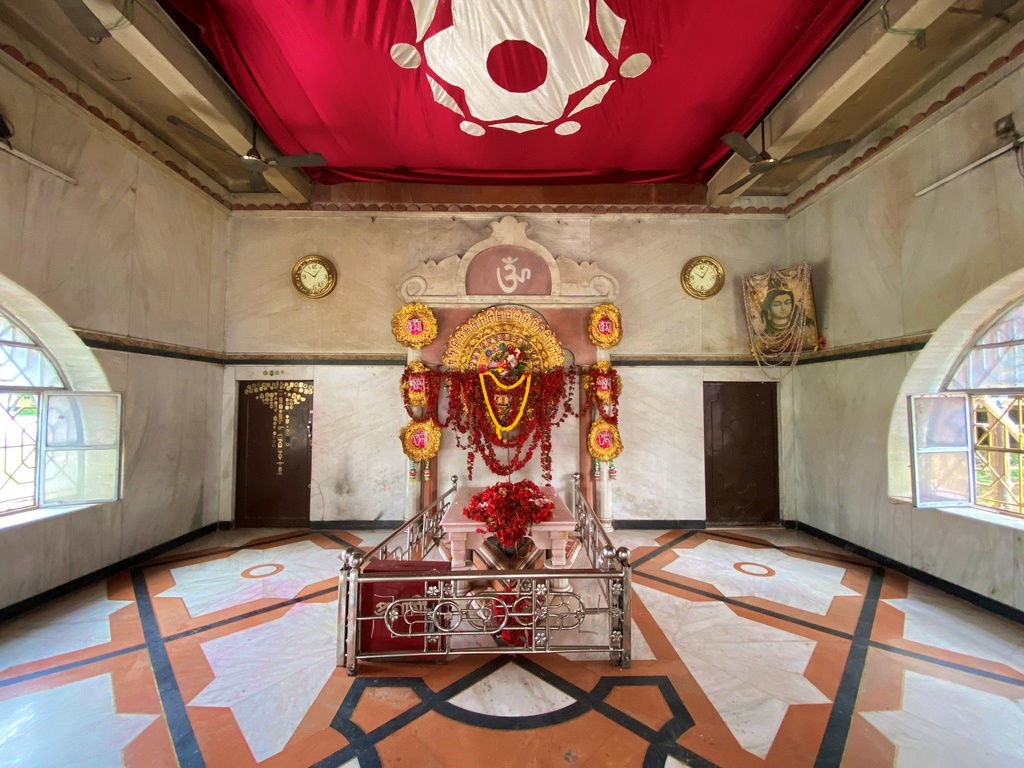
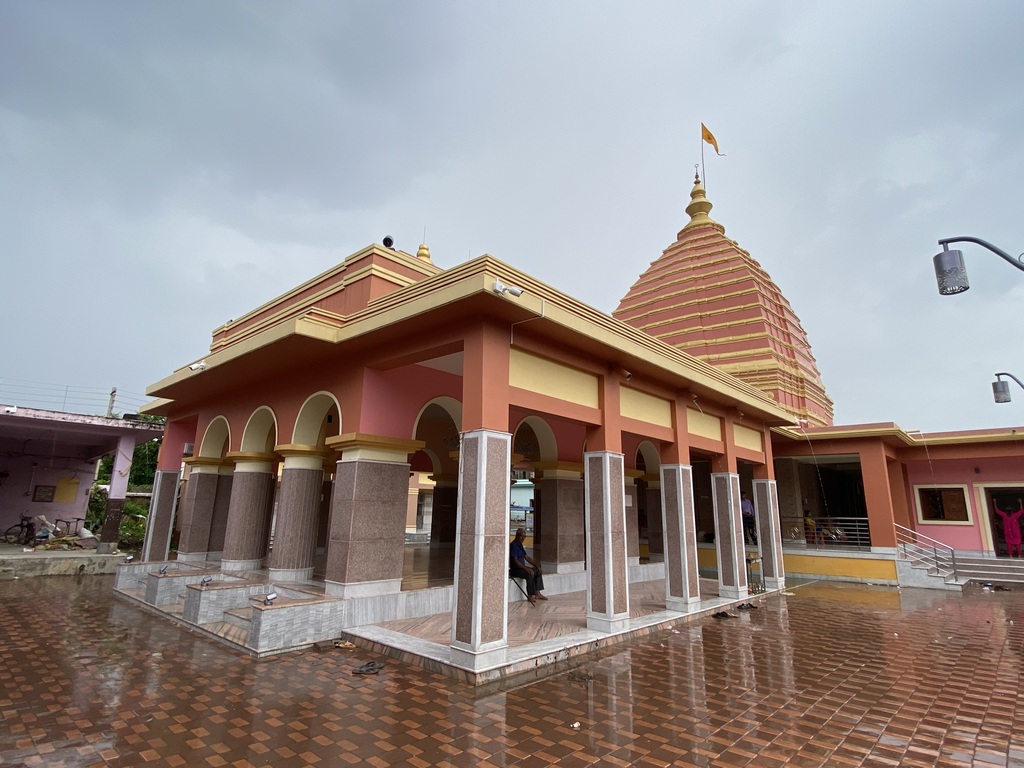
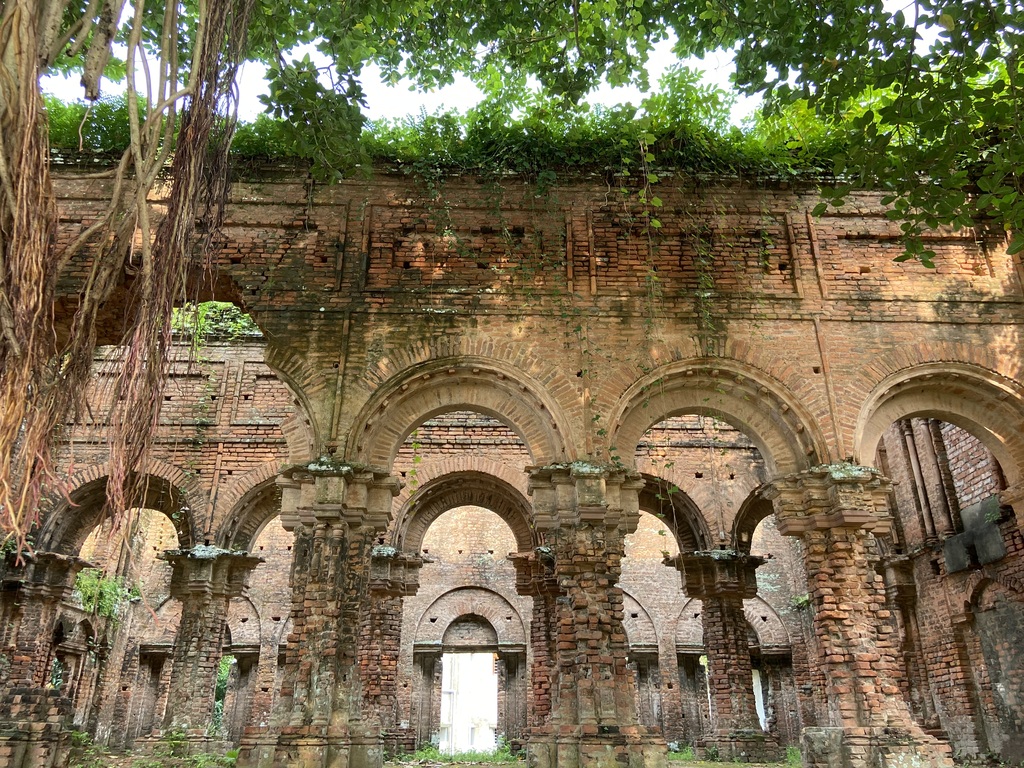
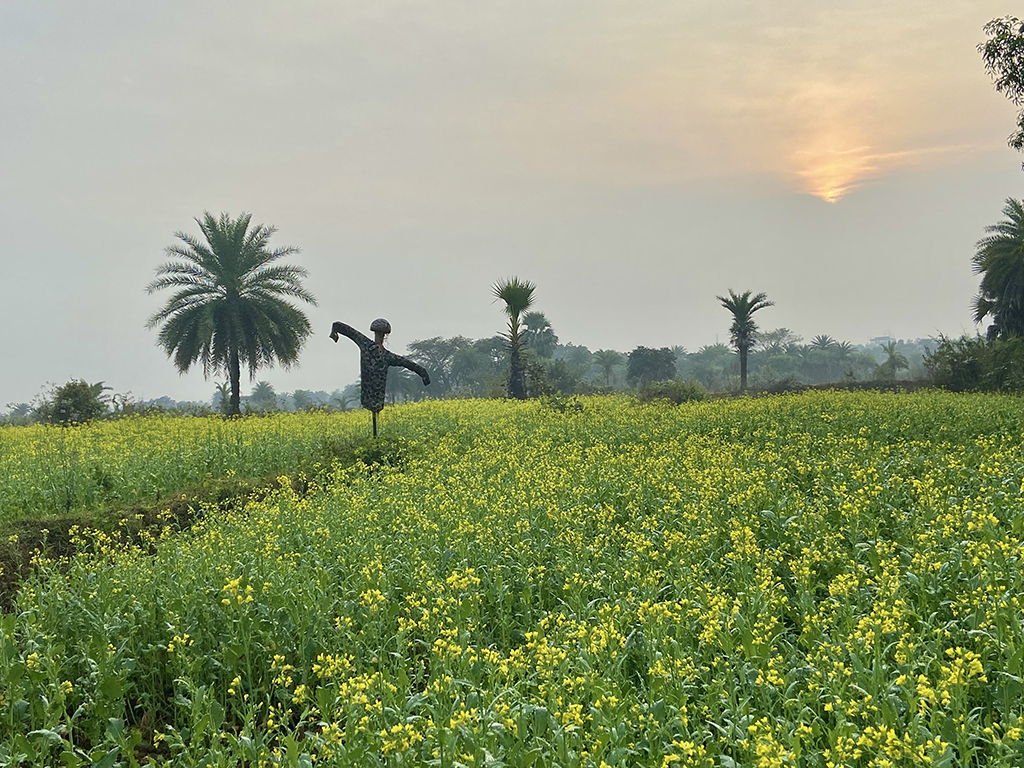
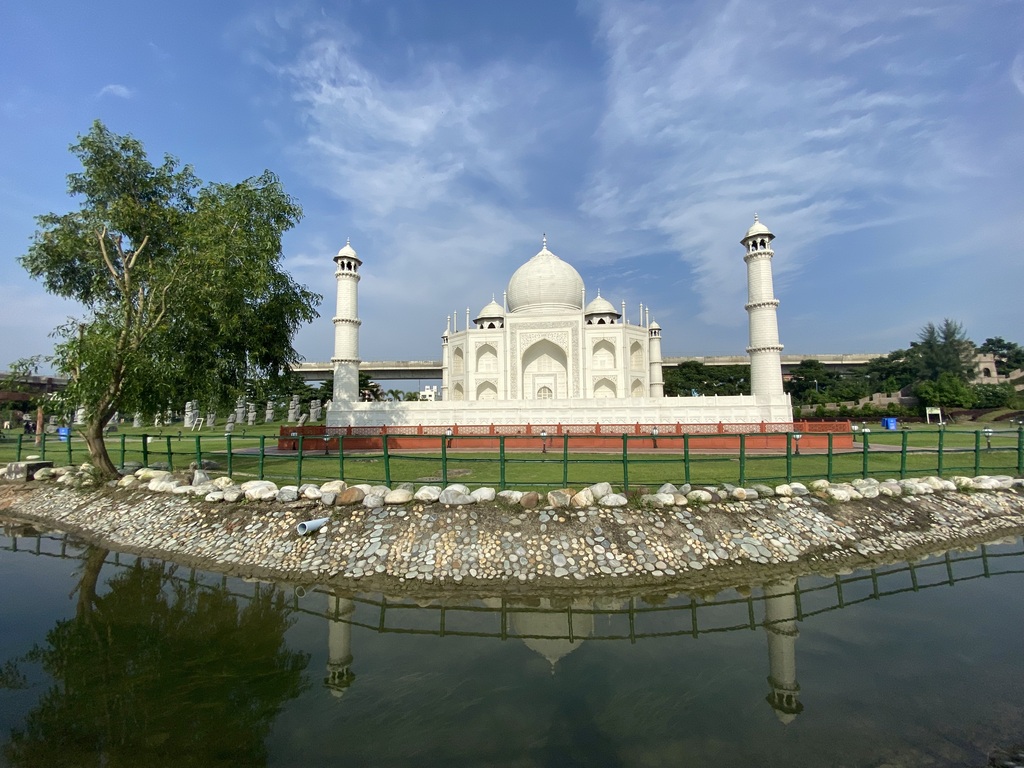
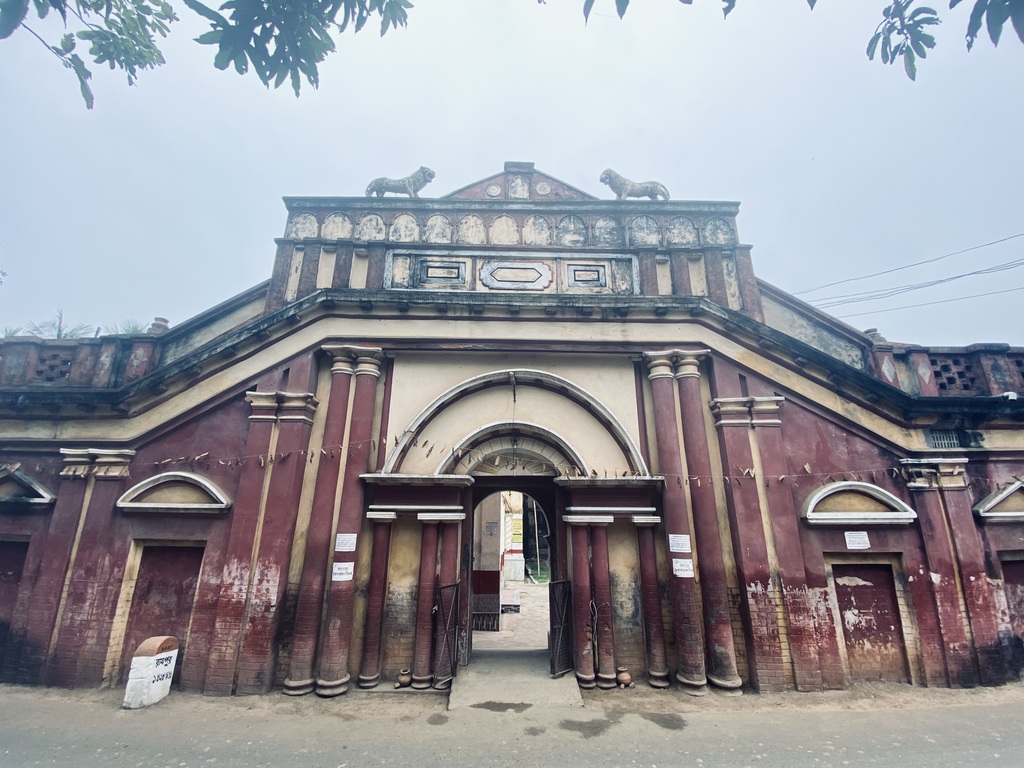
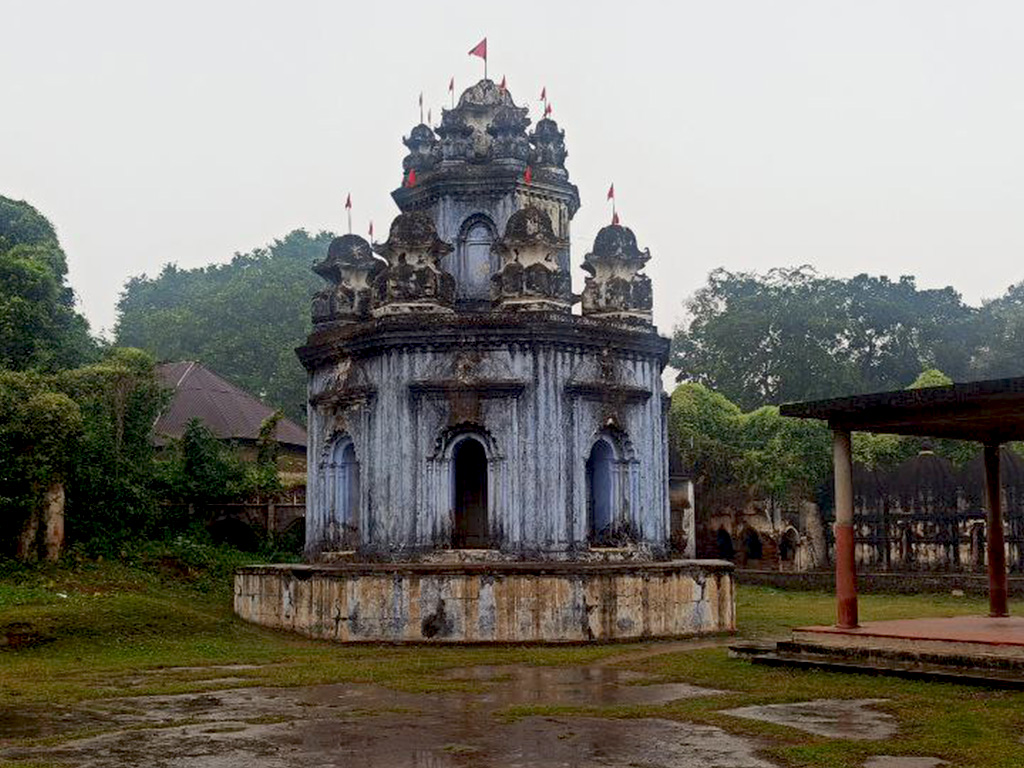
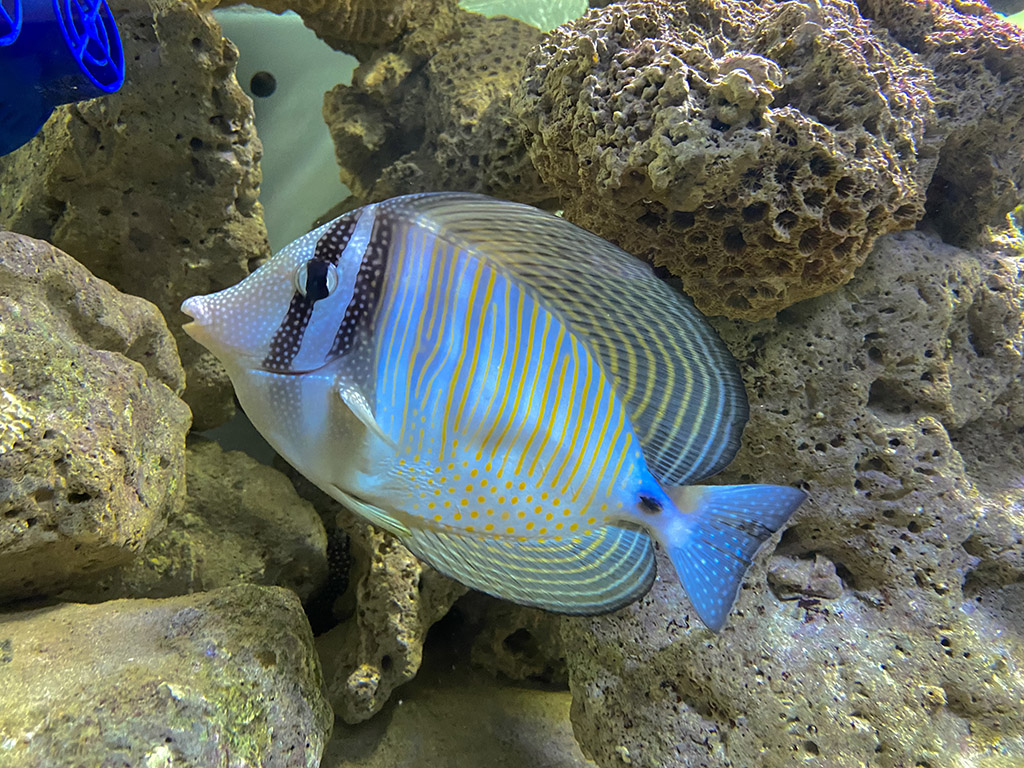
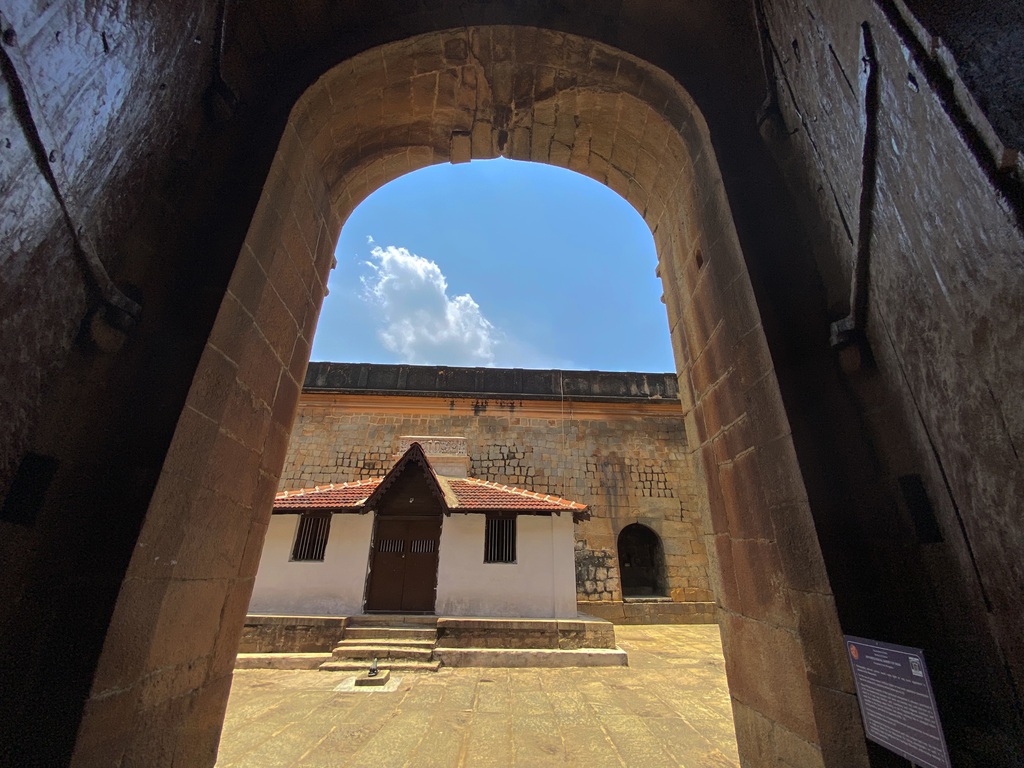
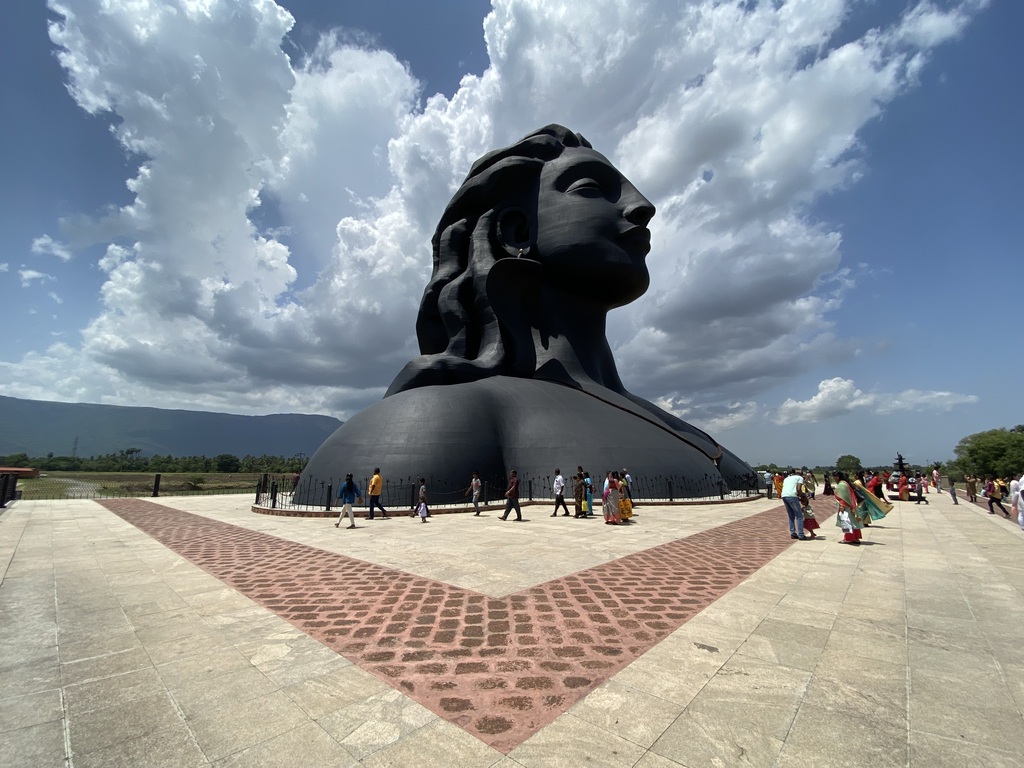
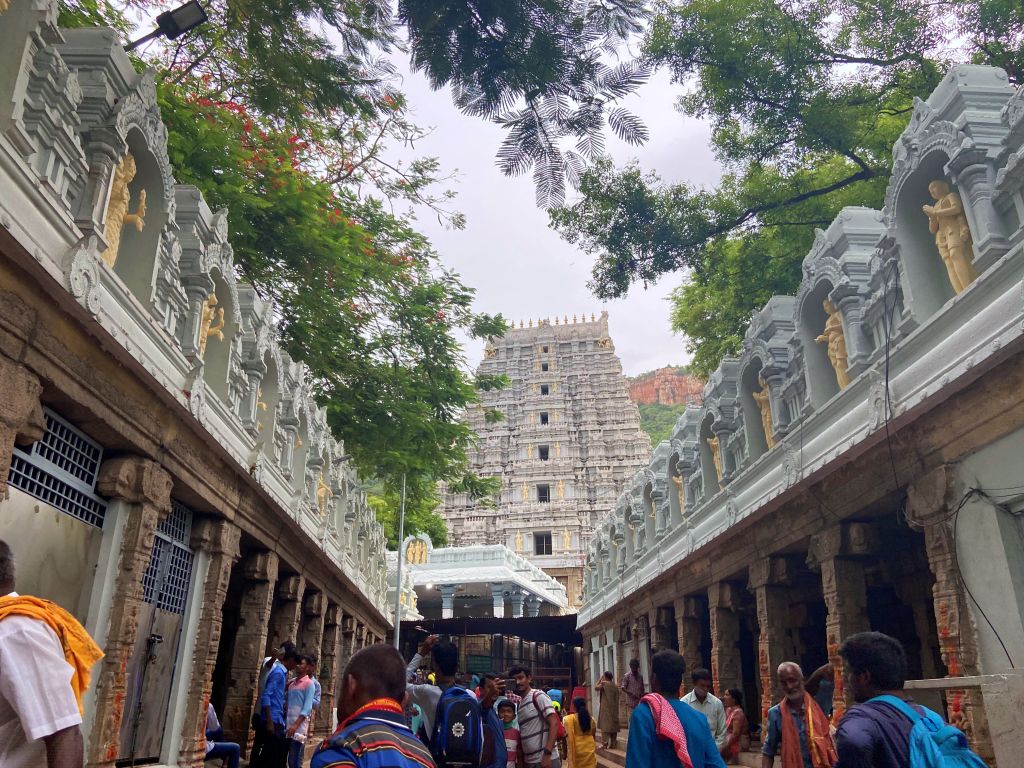
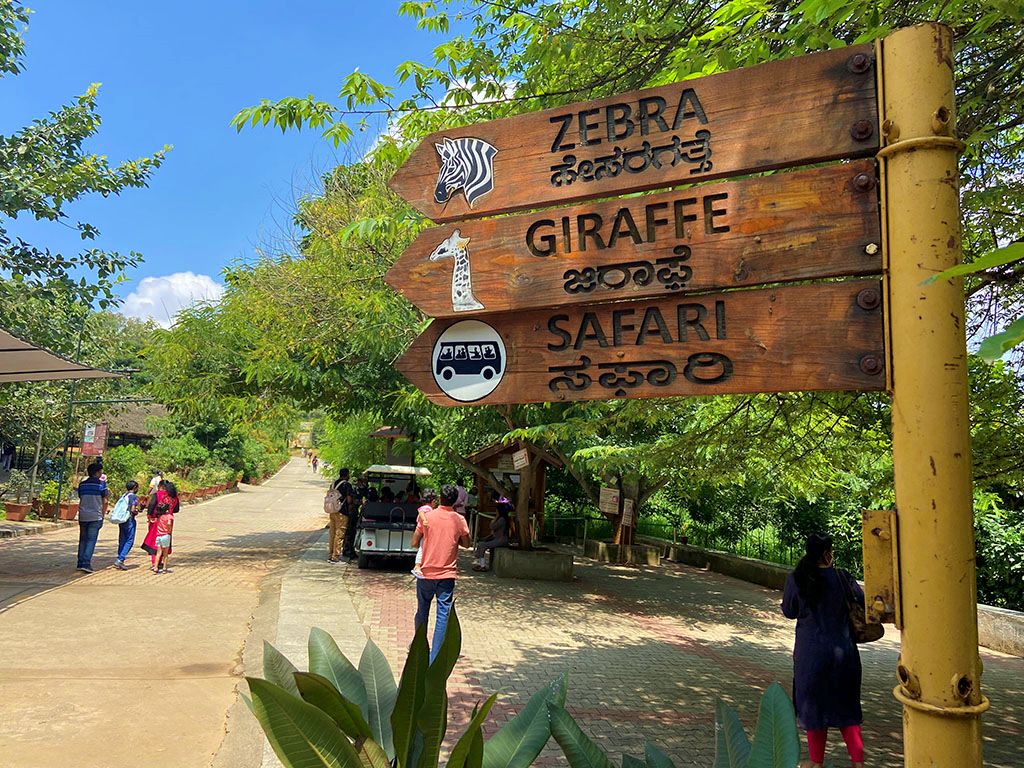
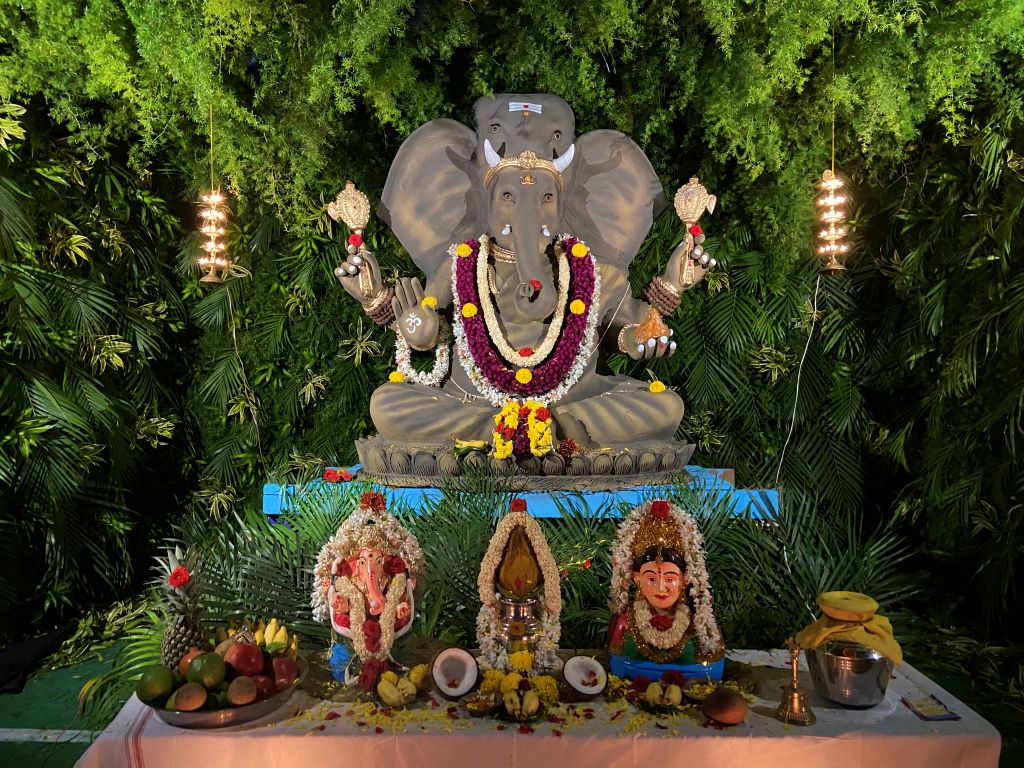
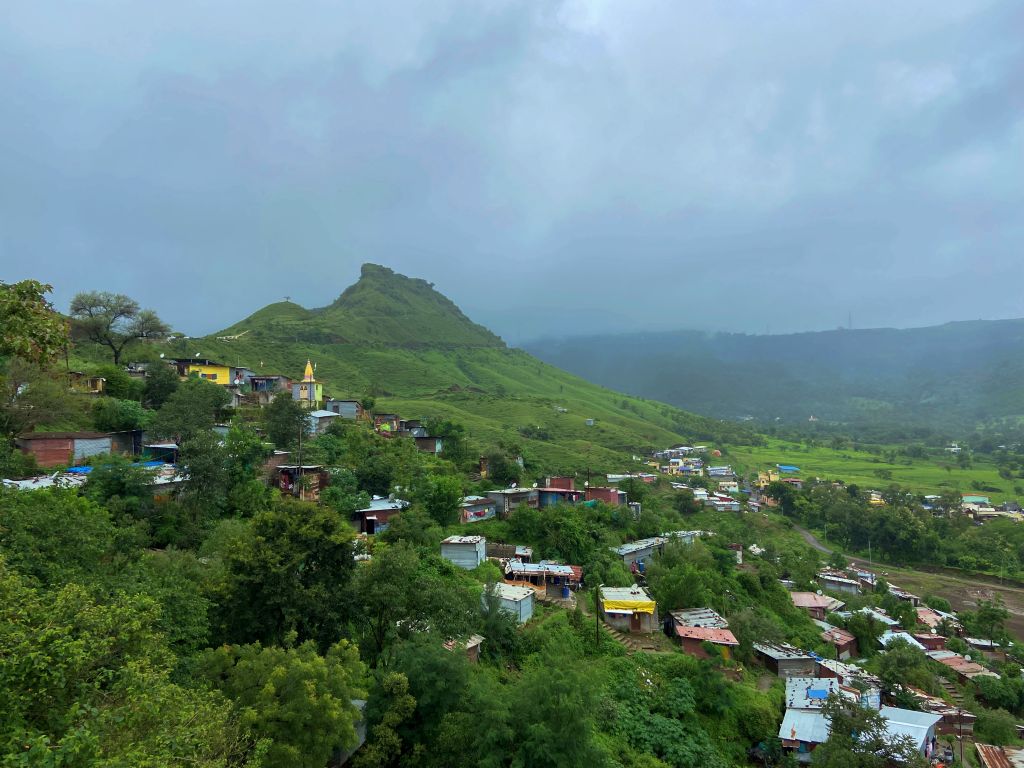

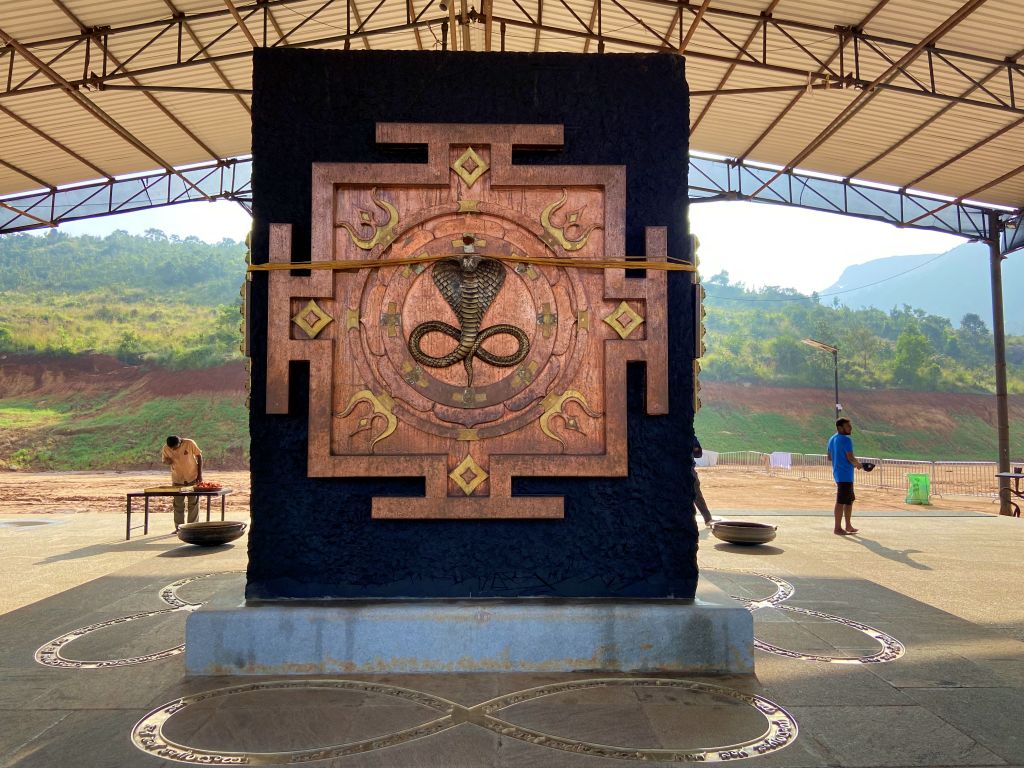
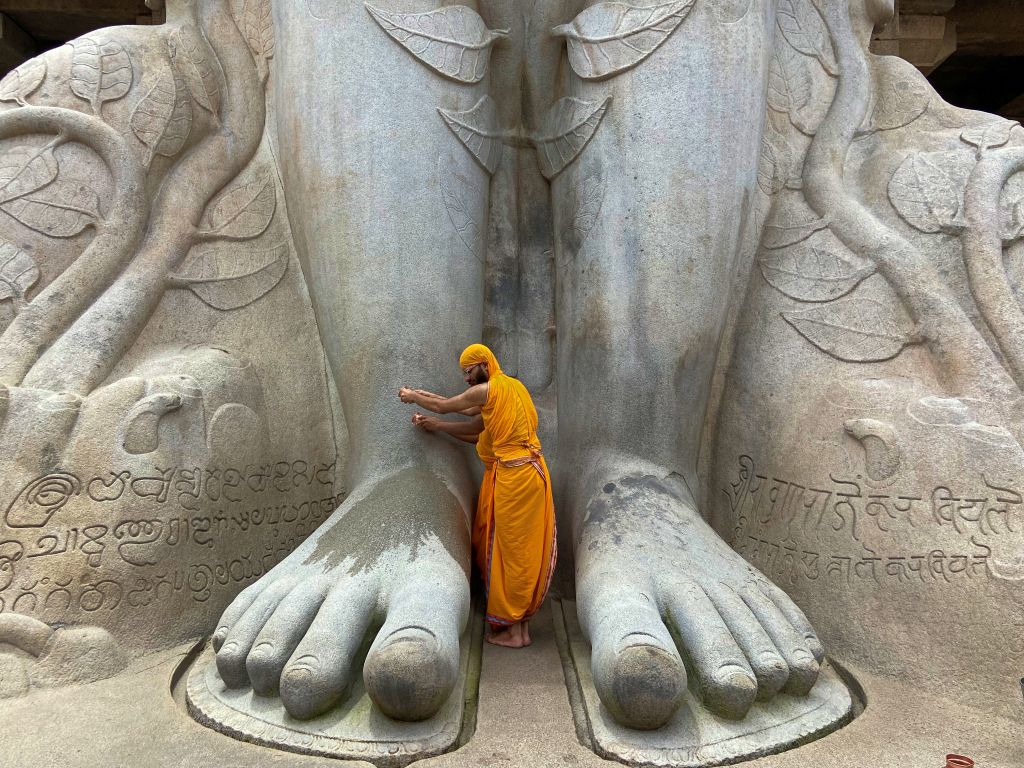
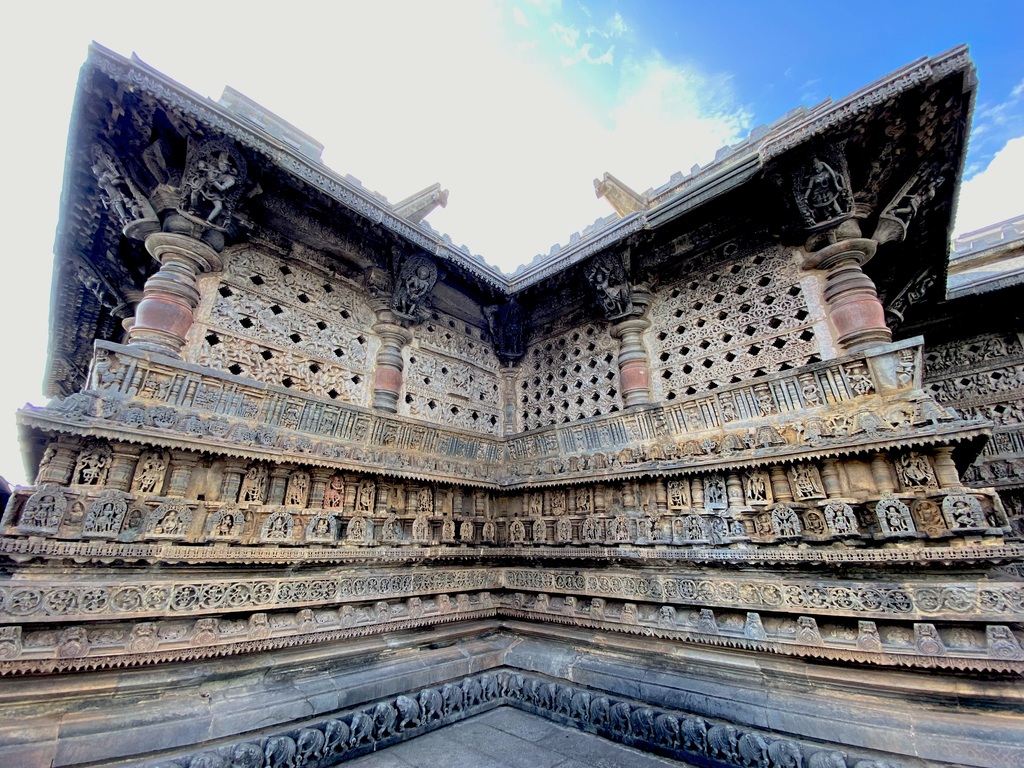
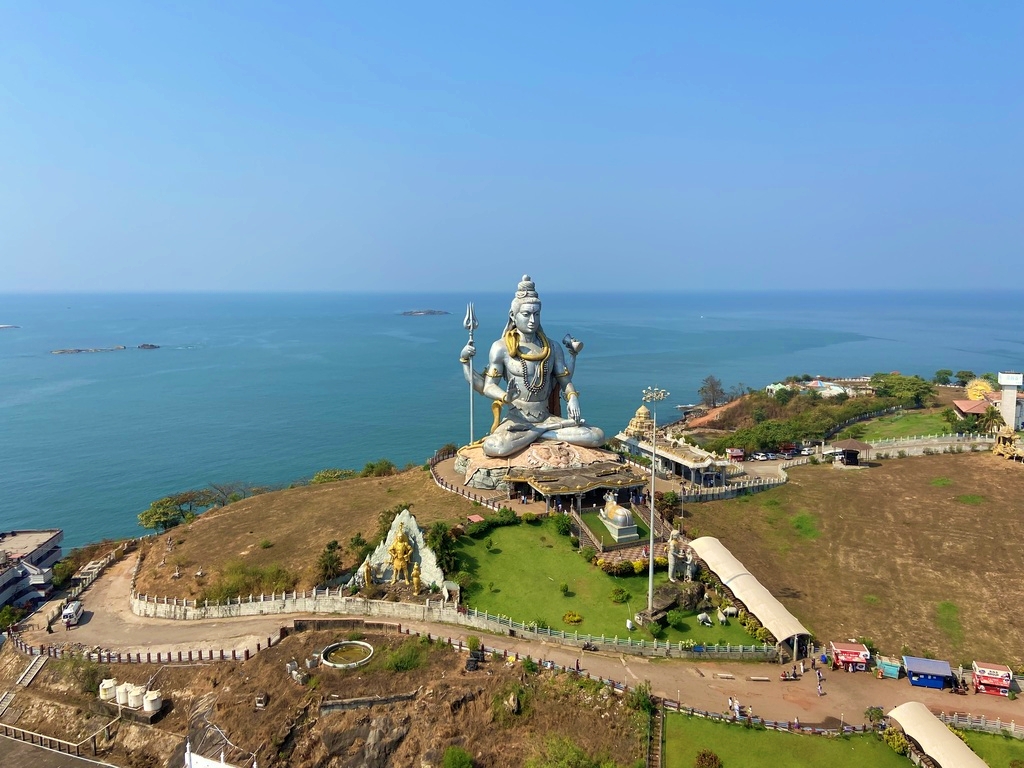
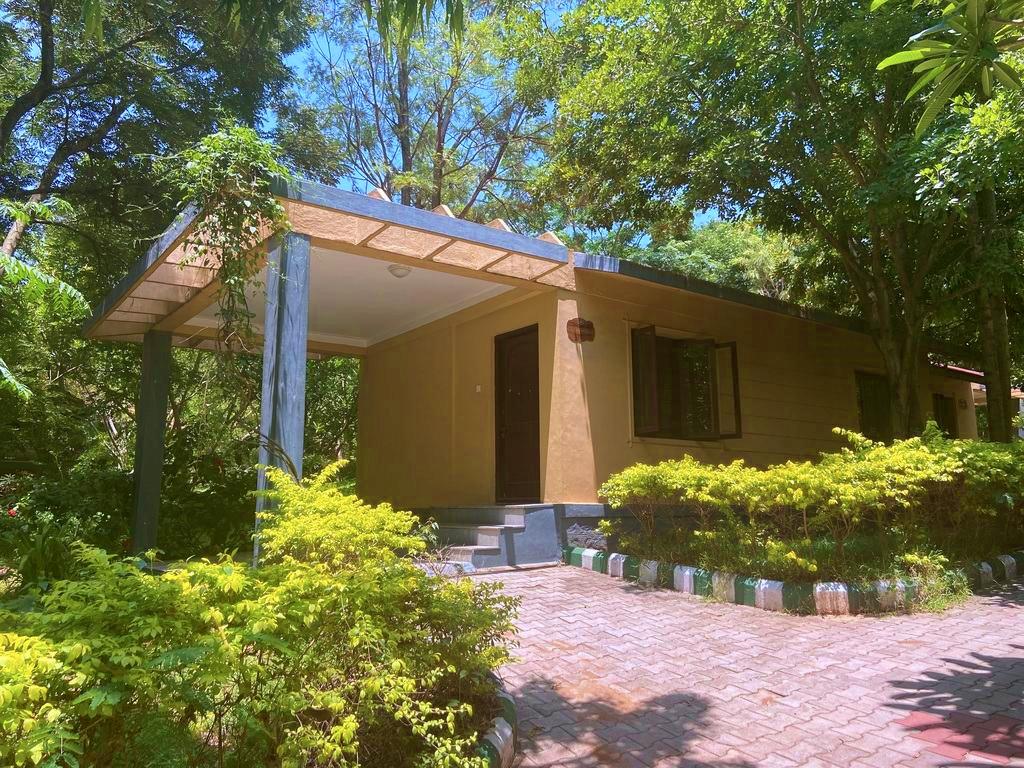
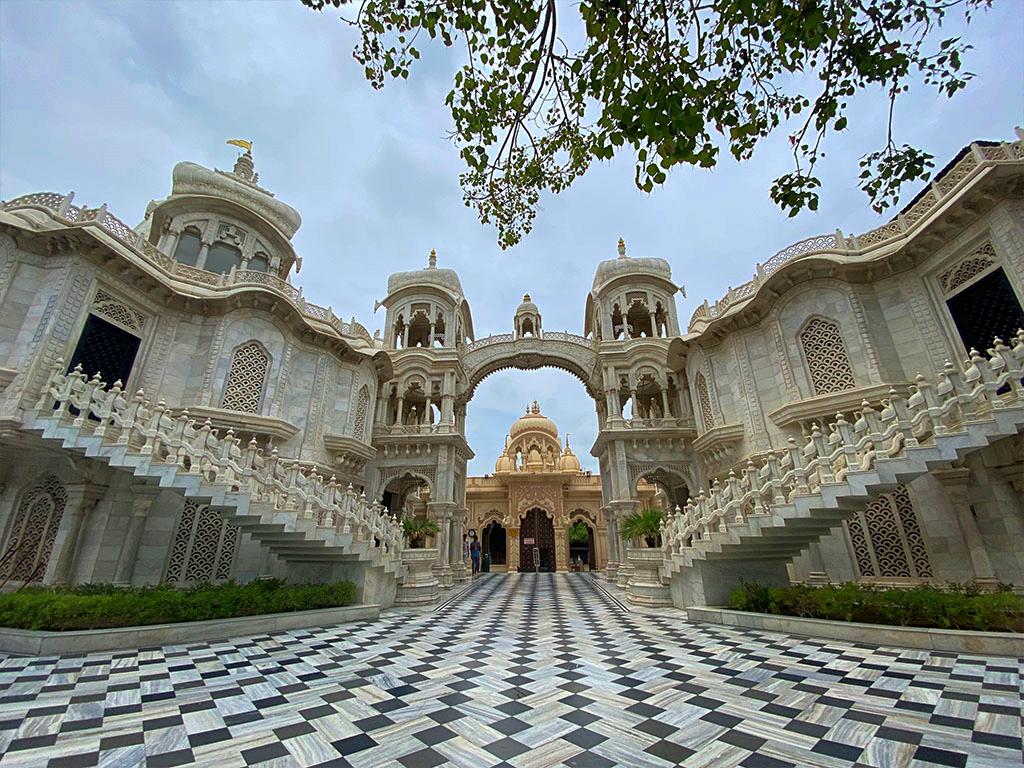
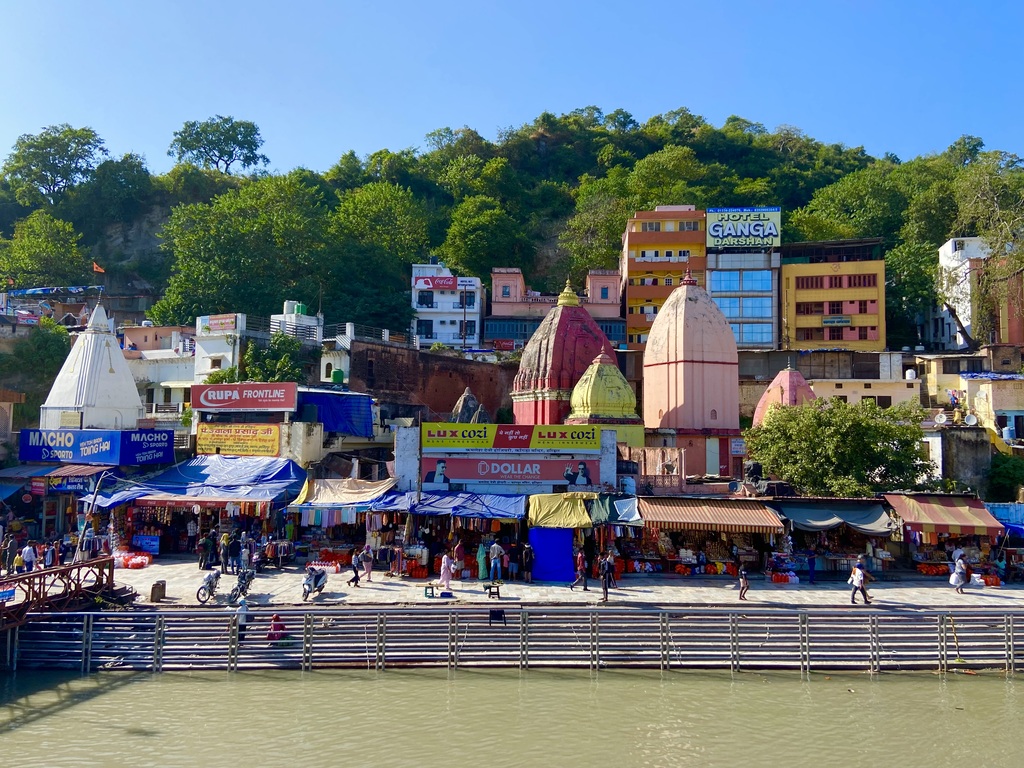
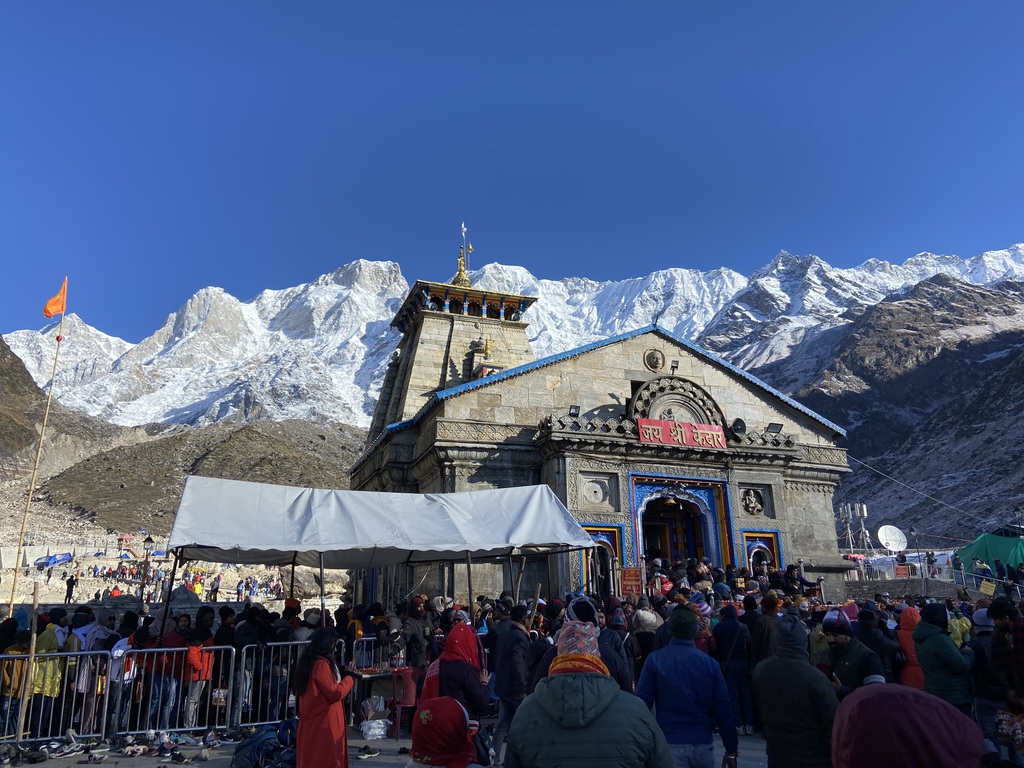
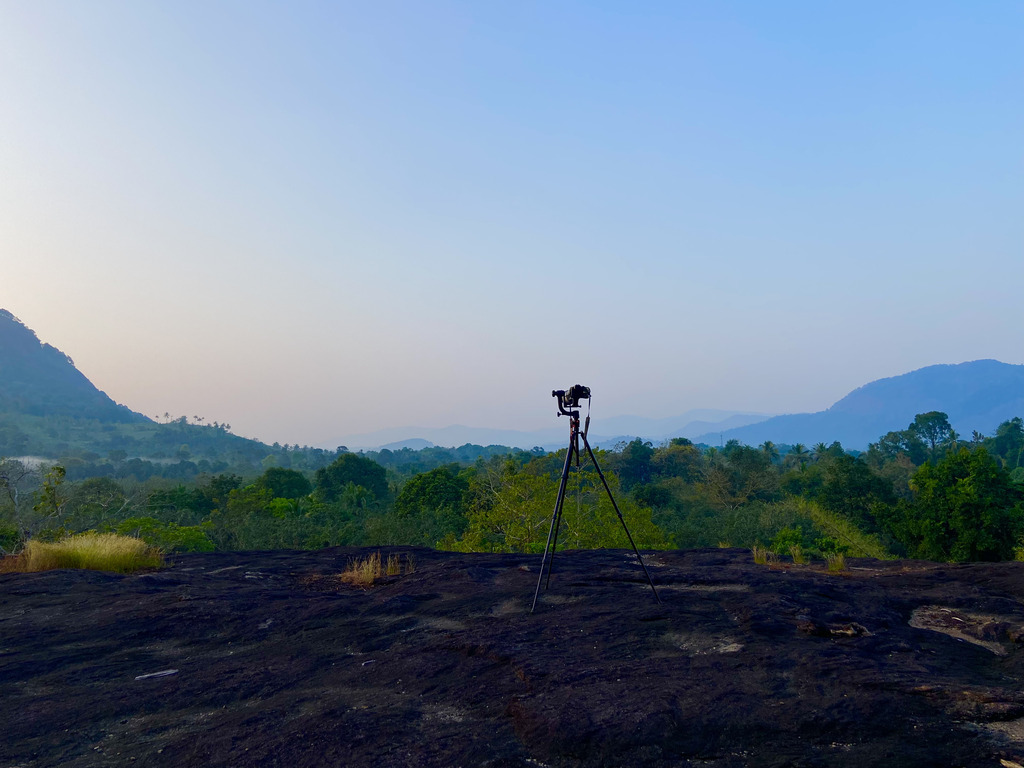
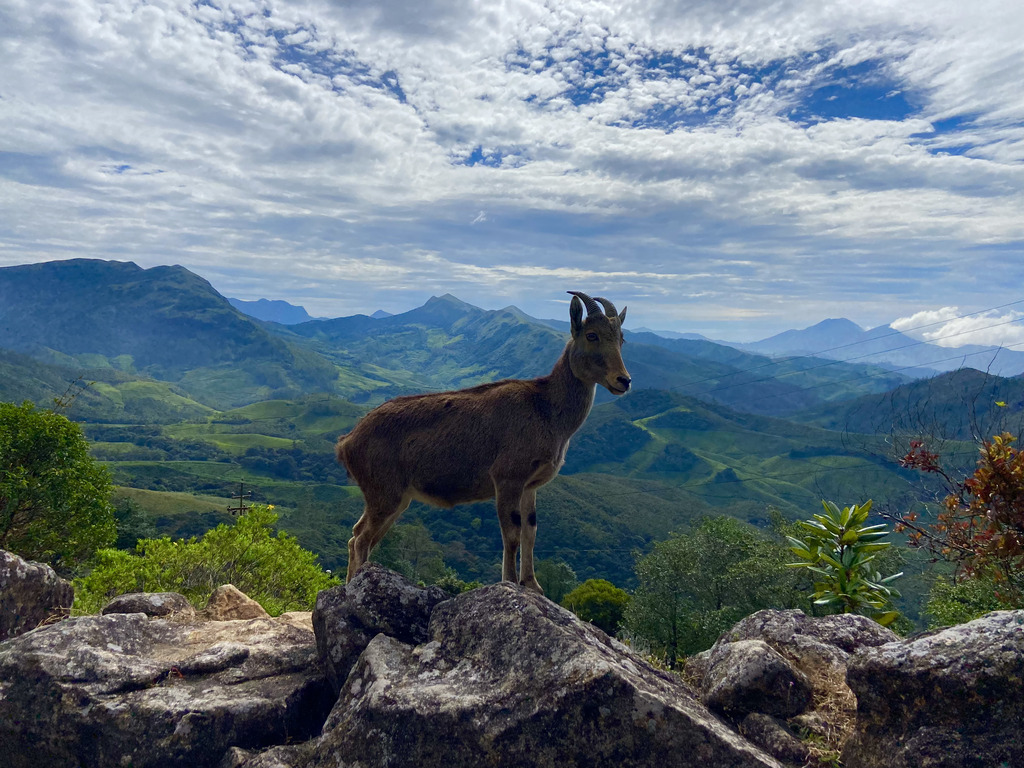
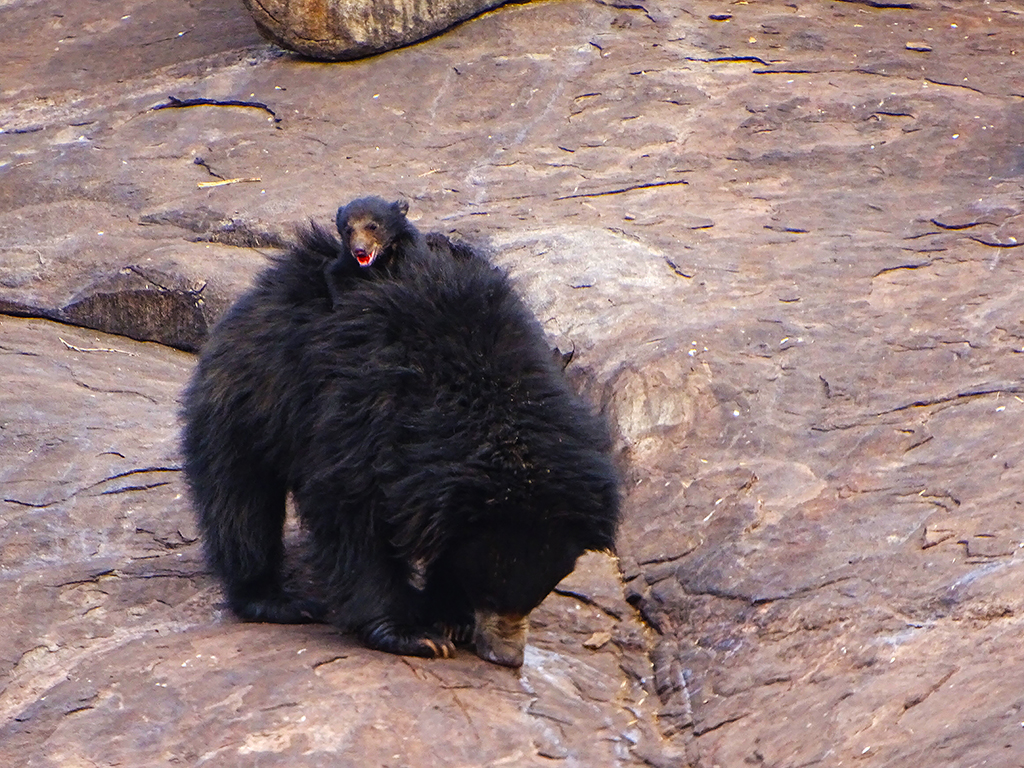
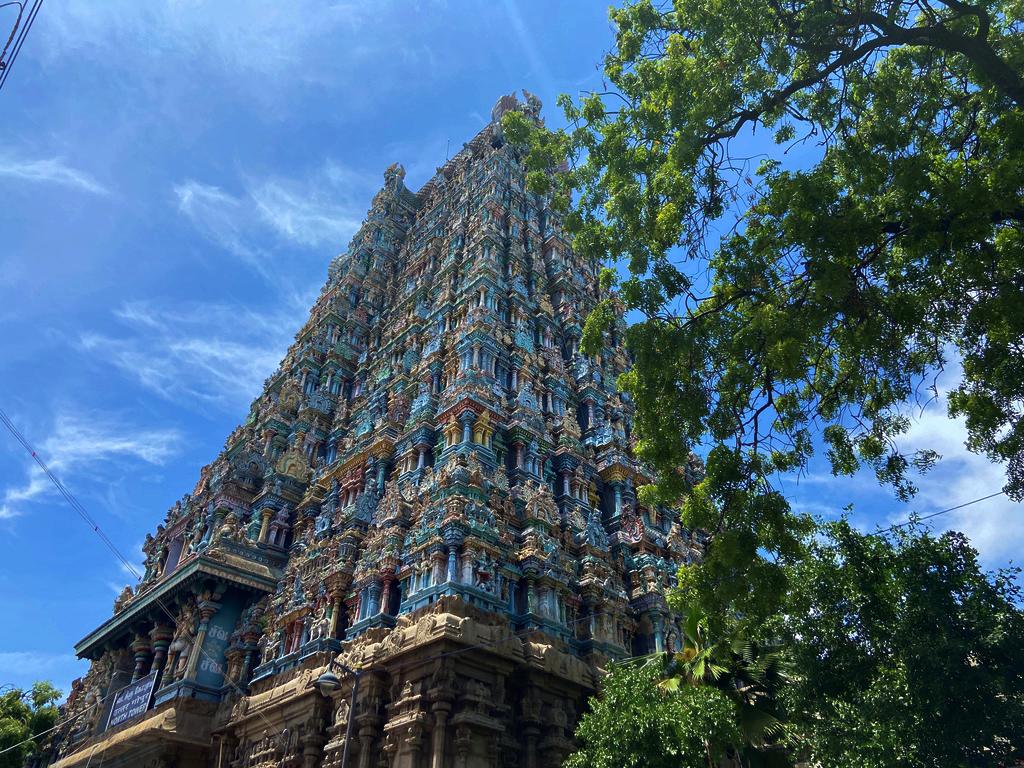
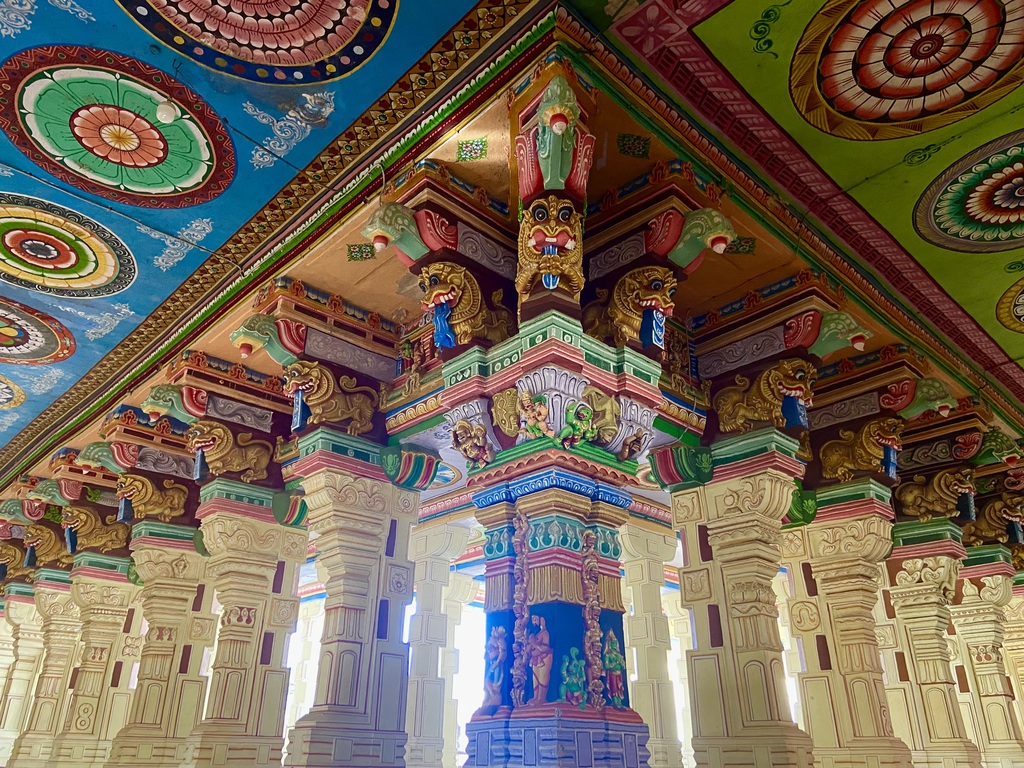
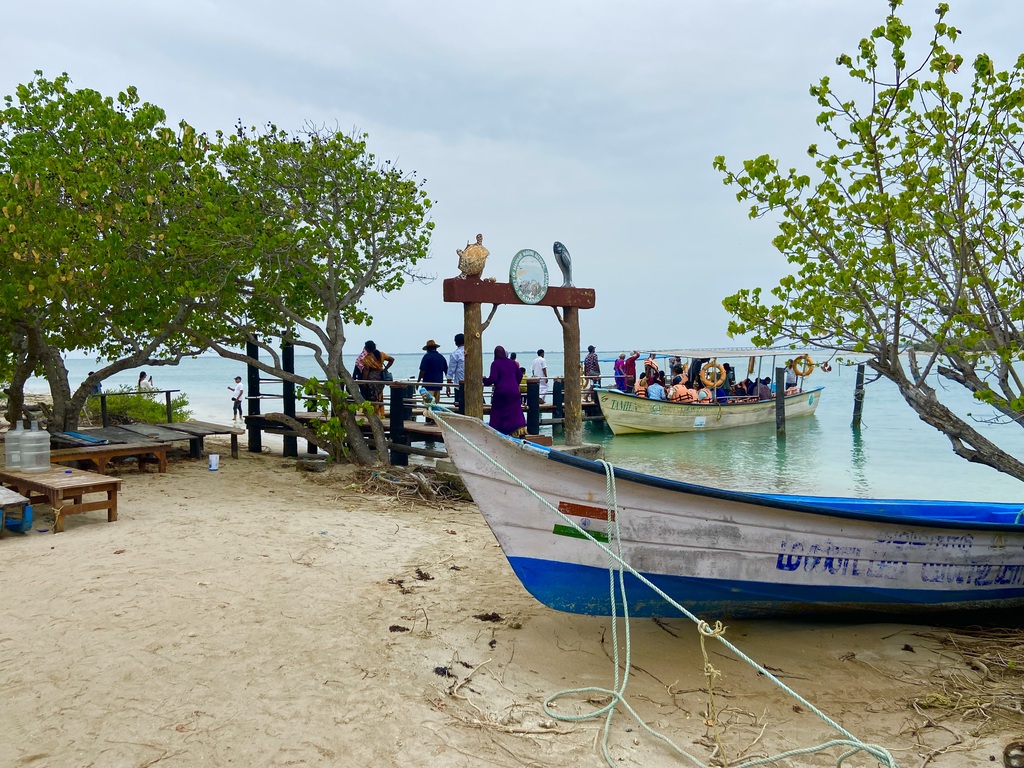
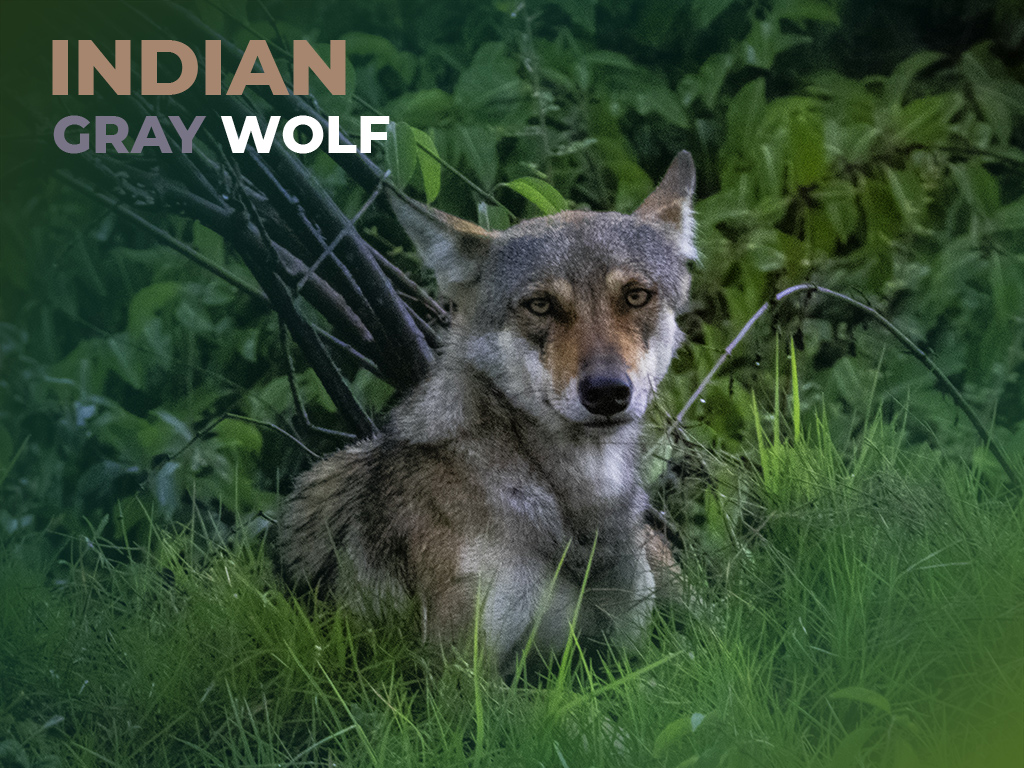
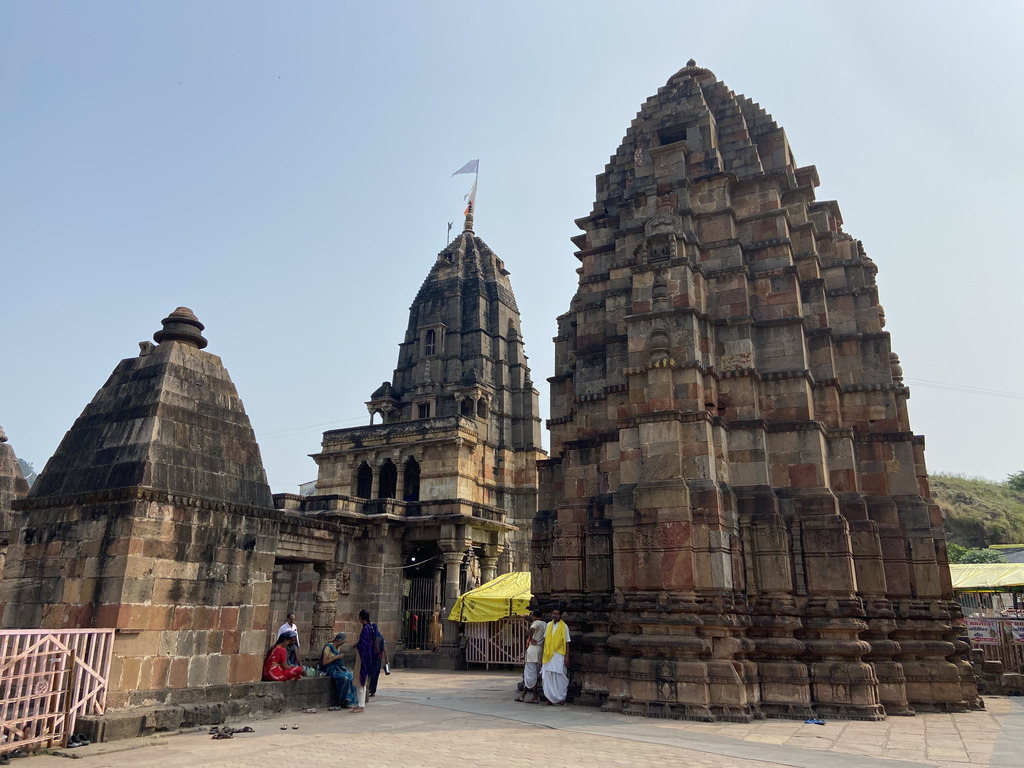
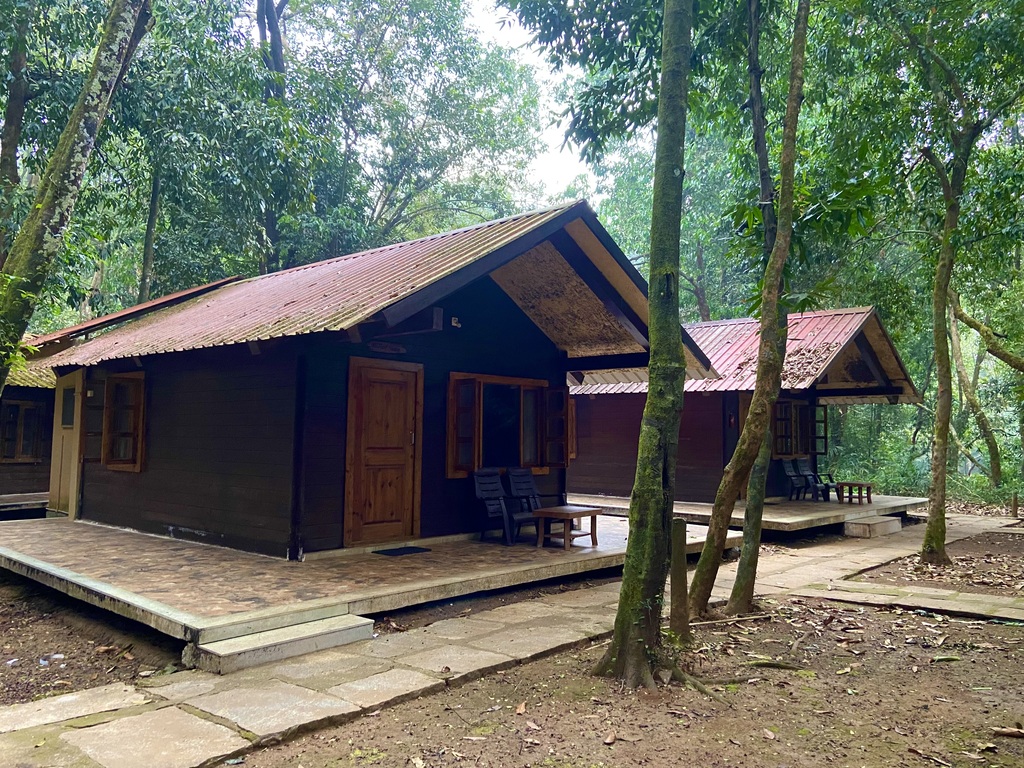
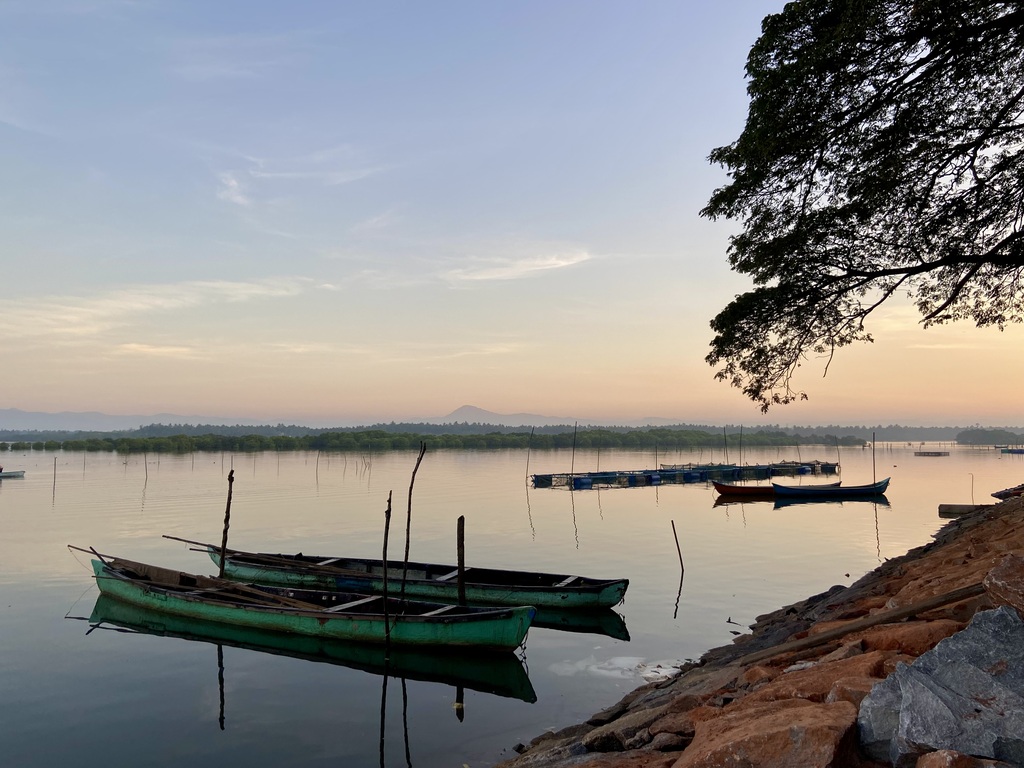
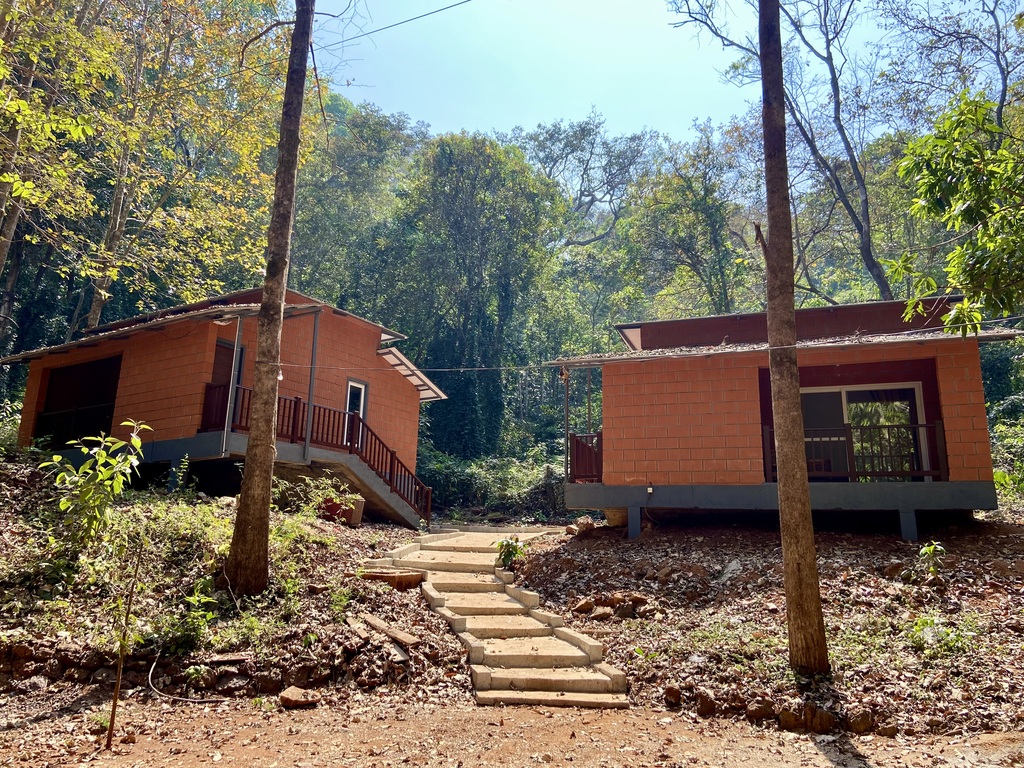
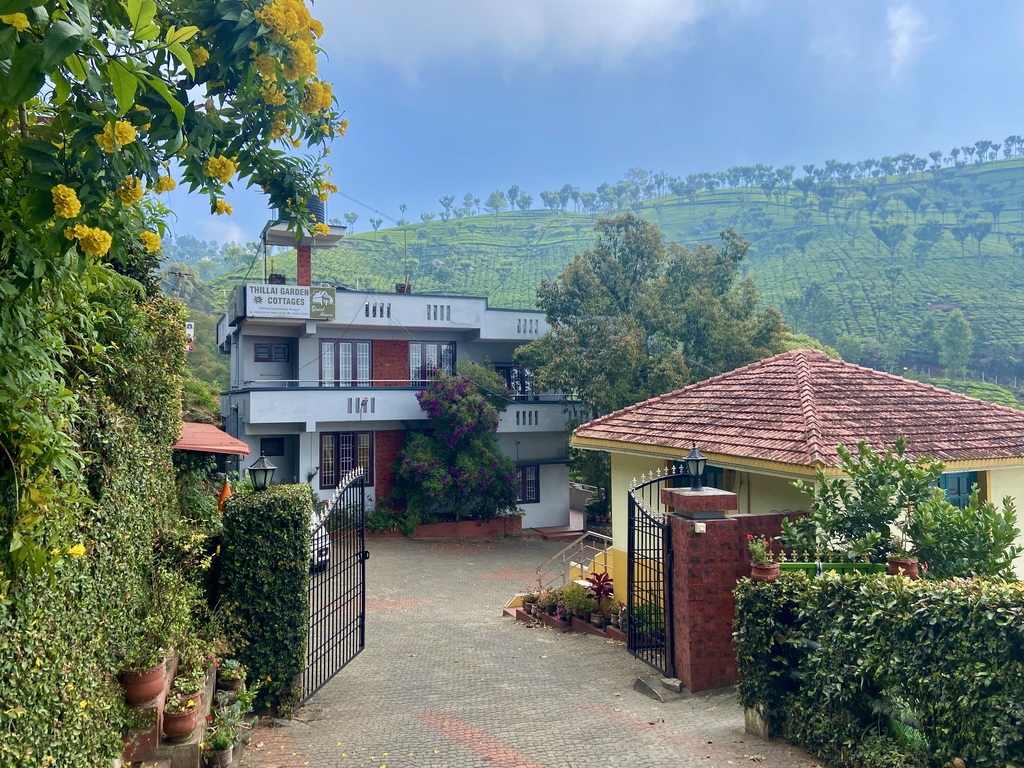
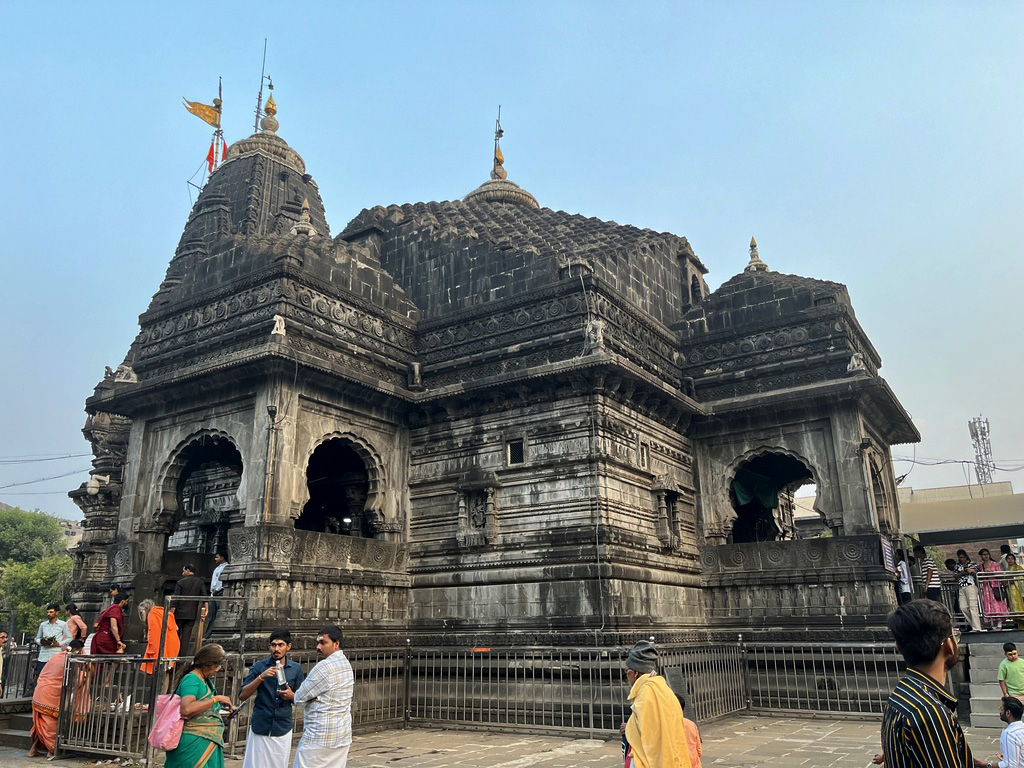
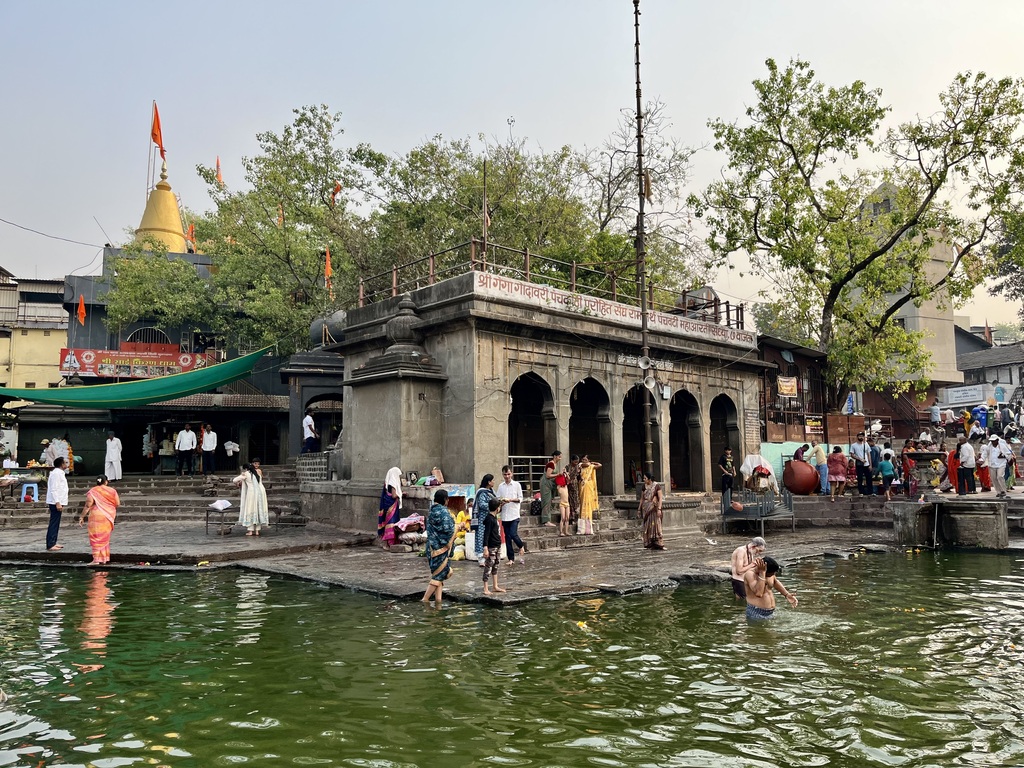
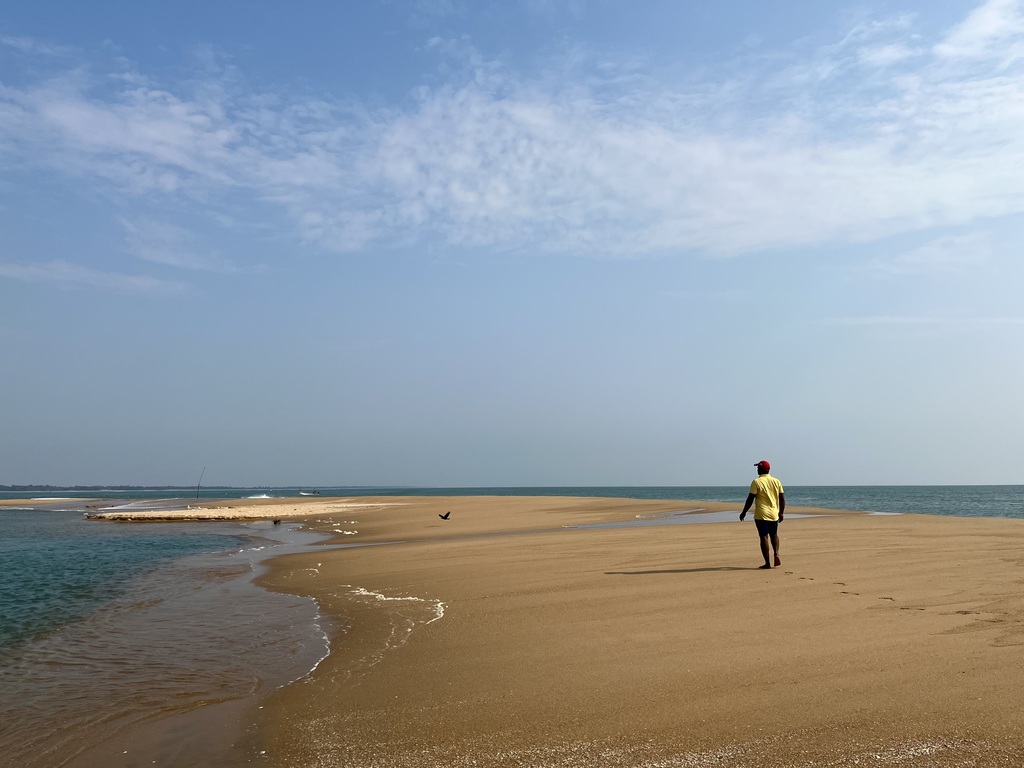
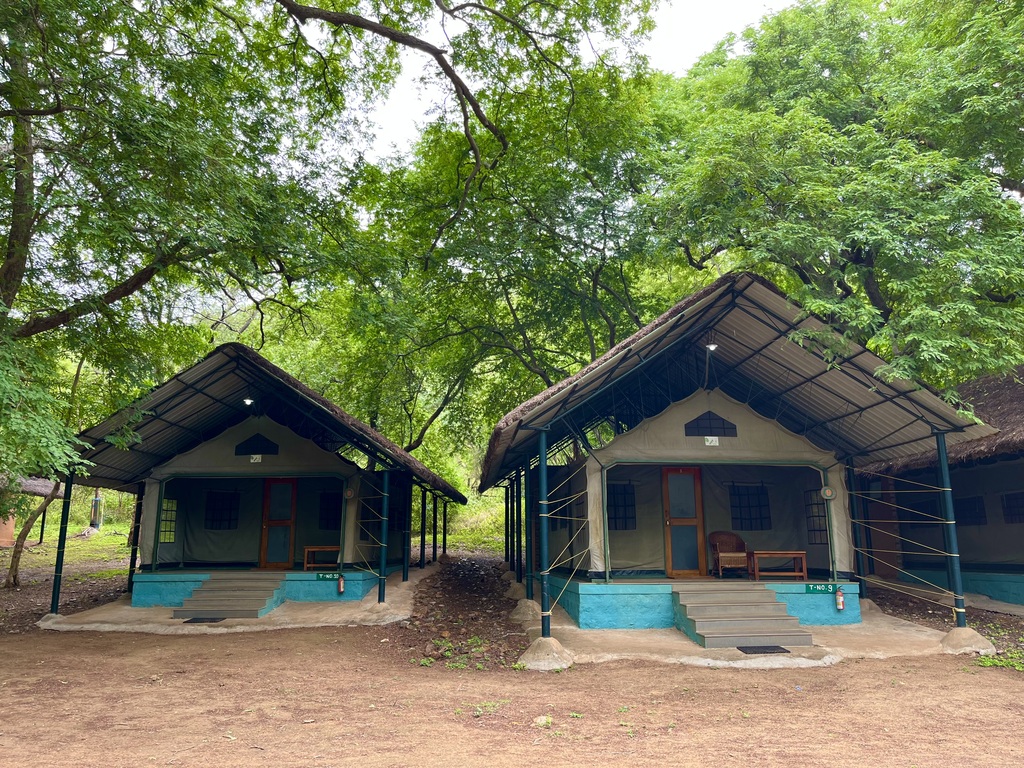
All Comments
No Comments Available